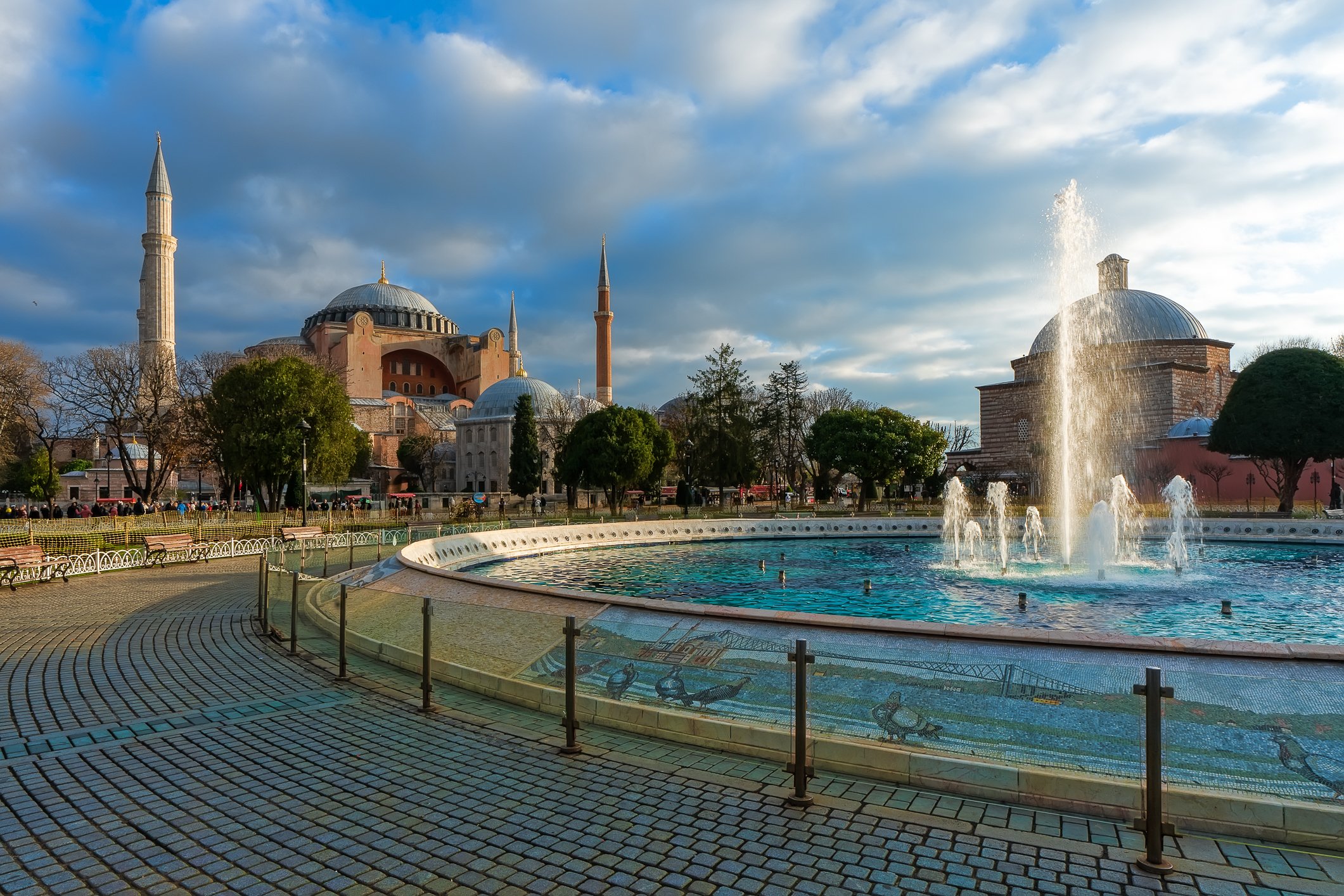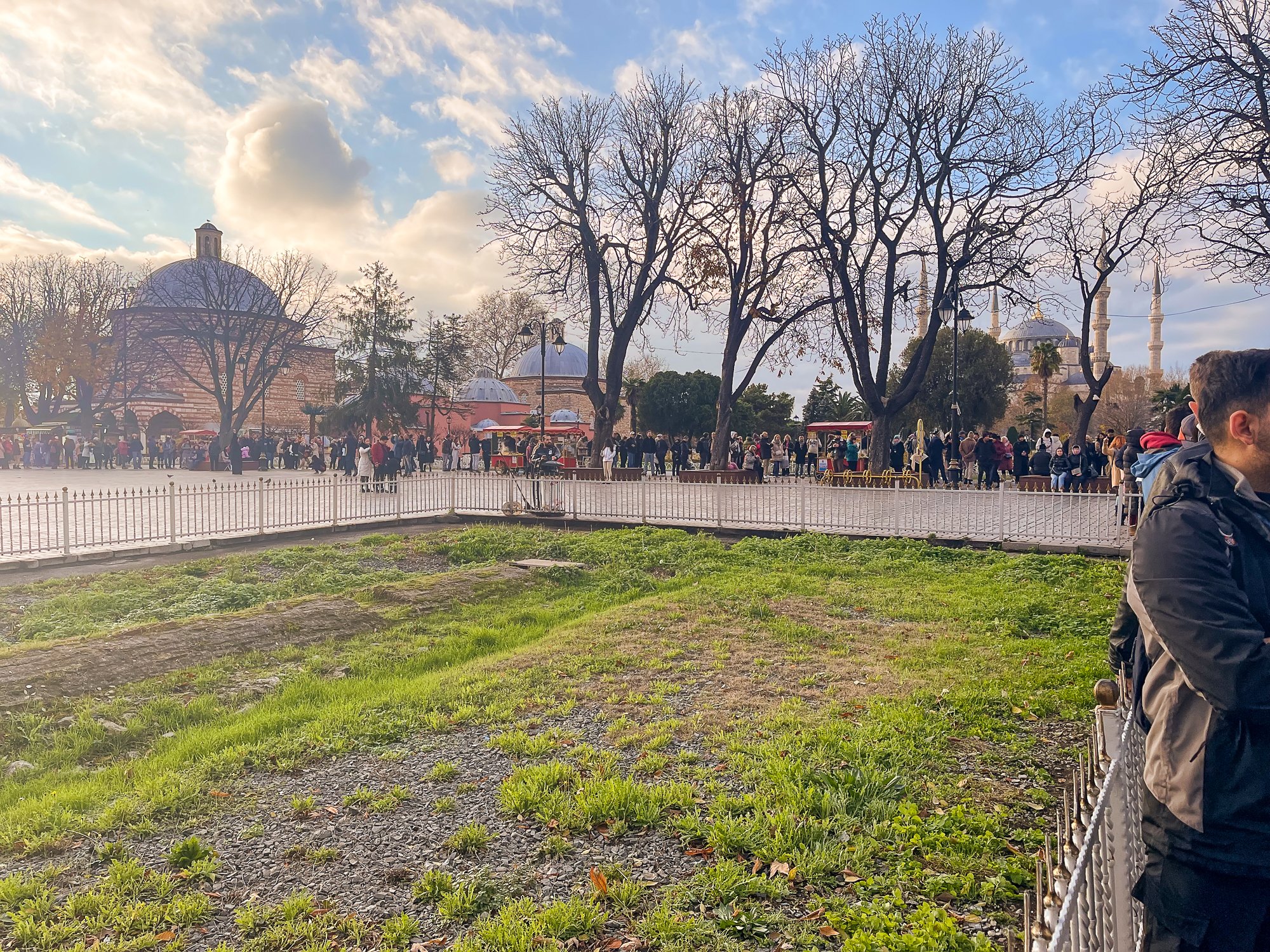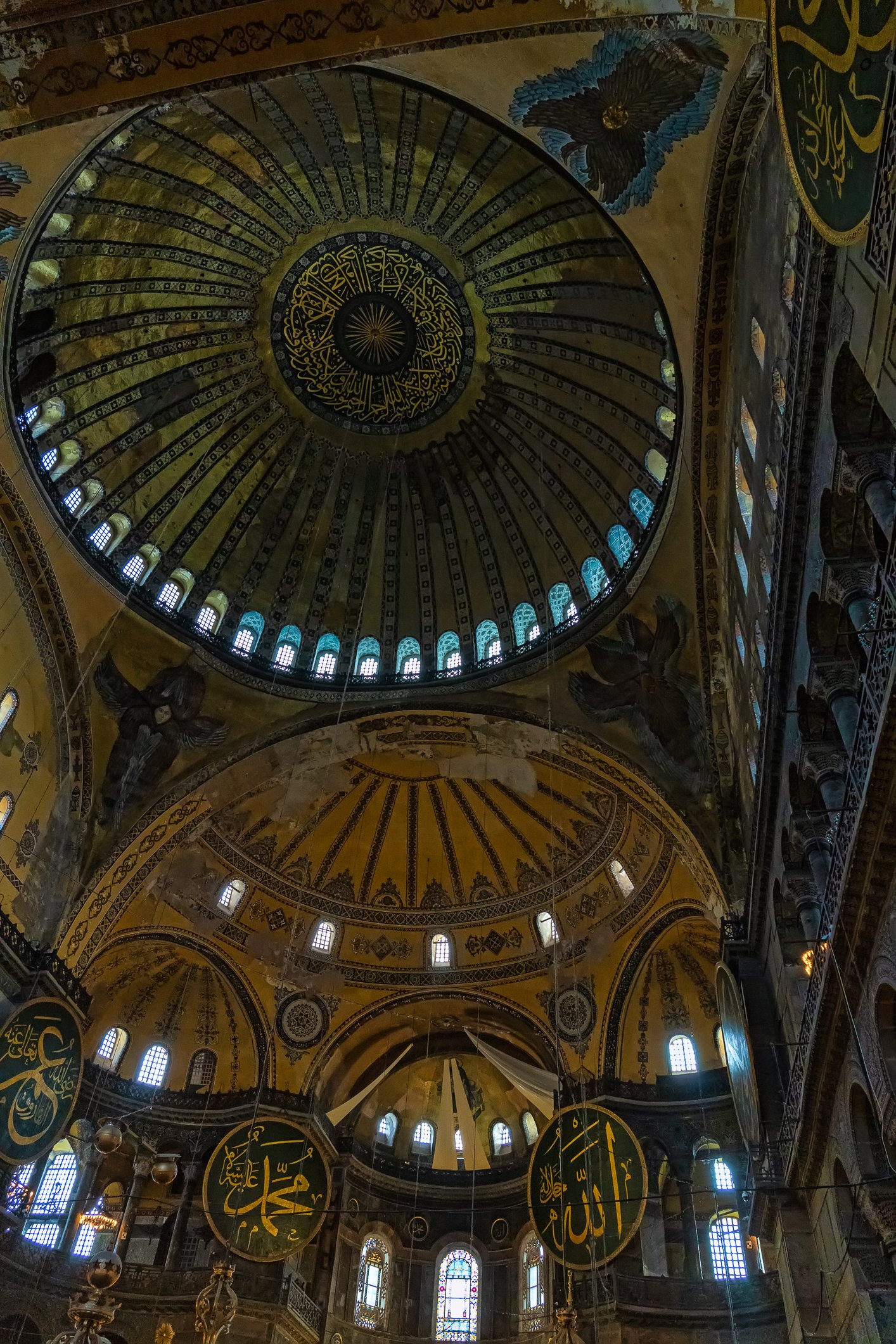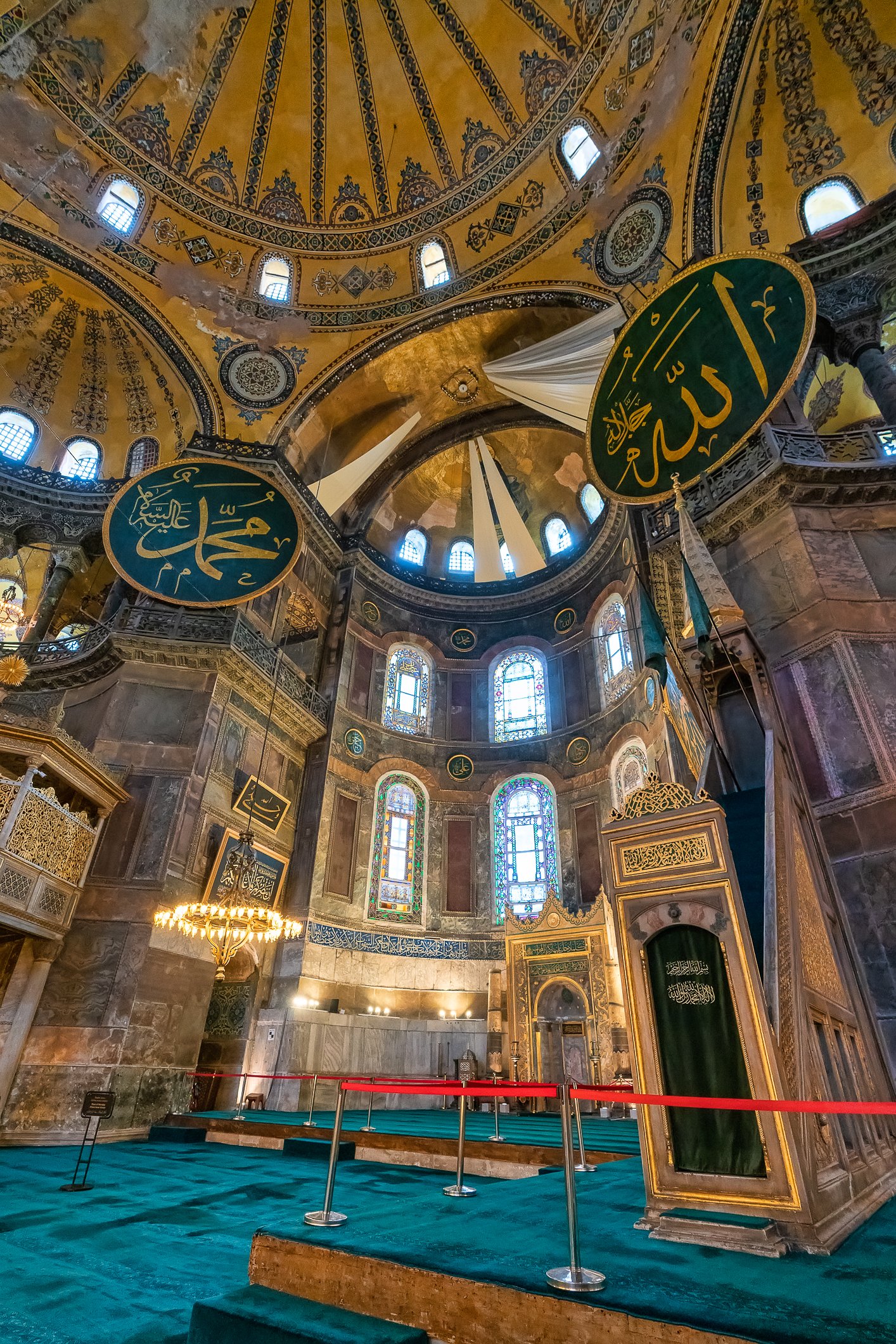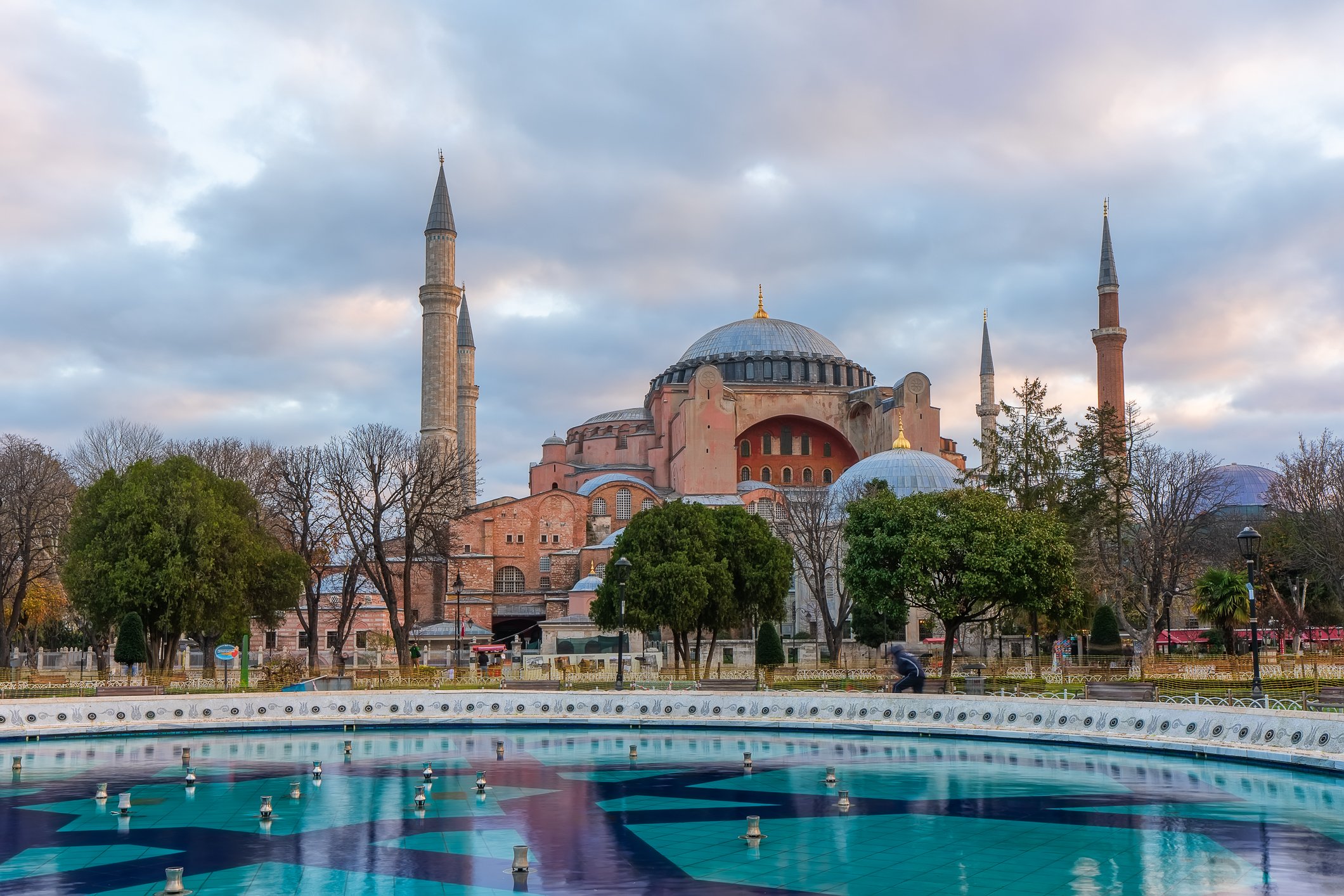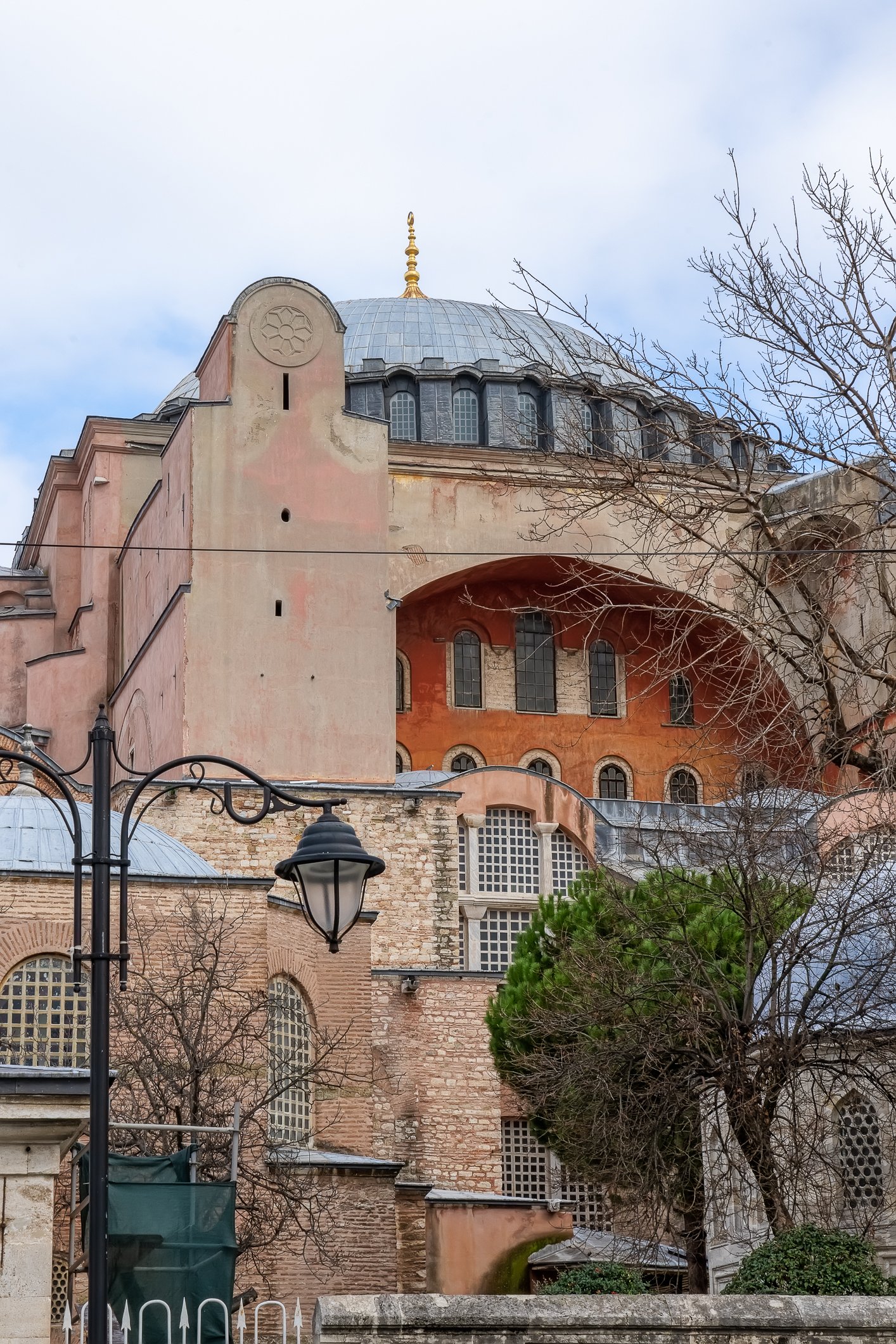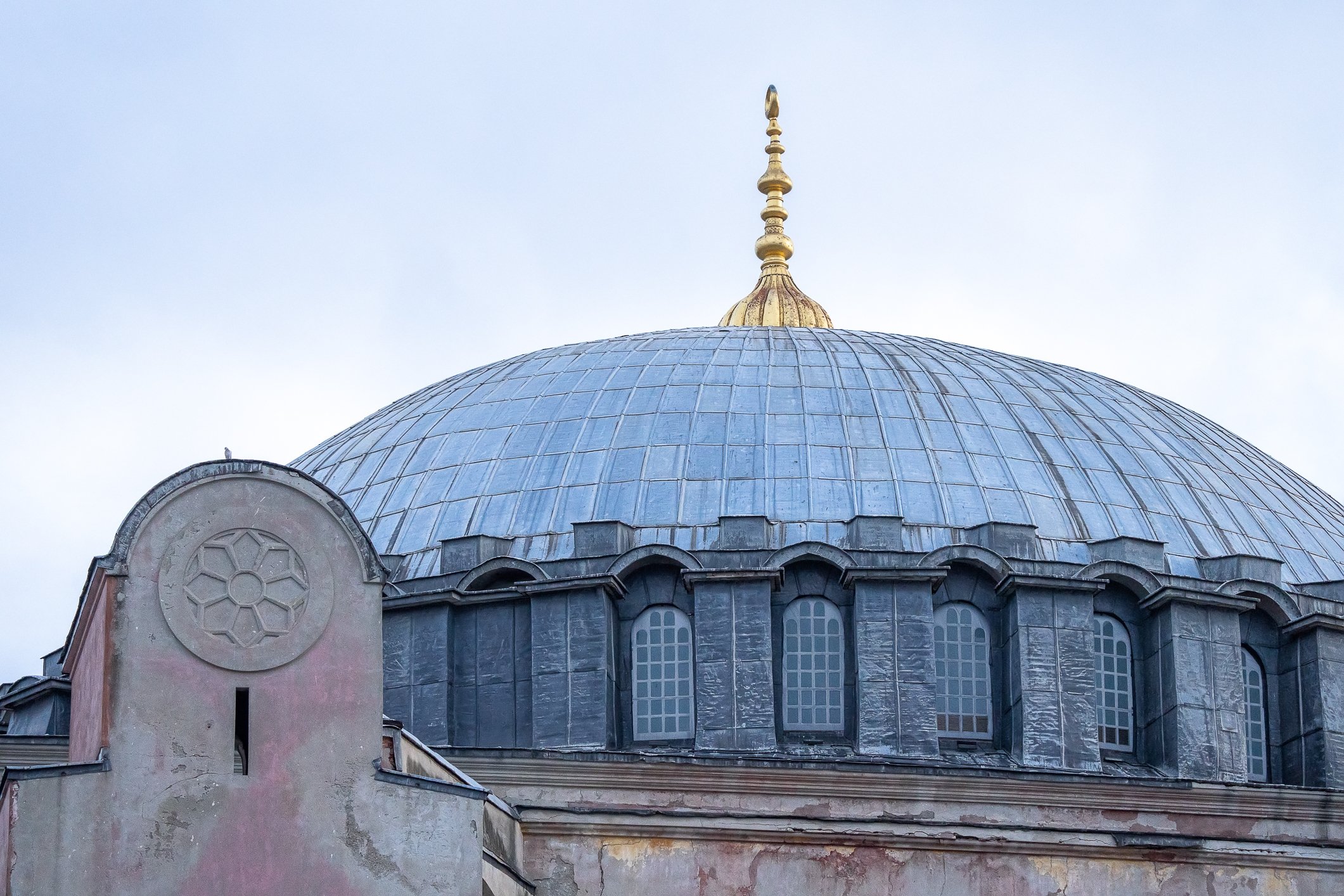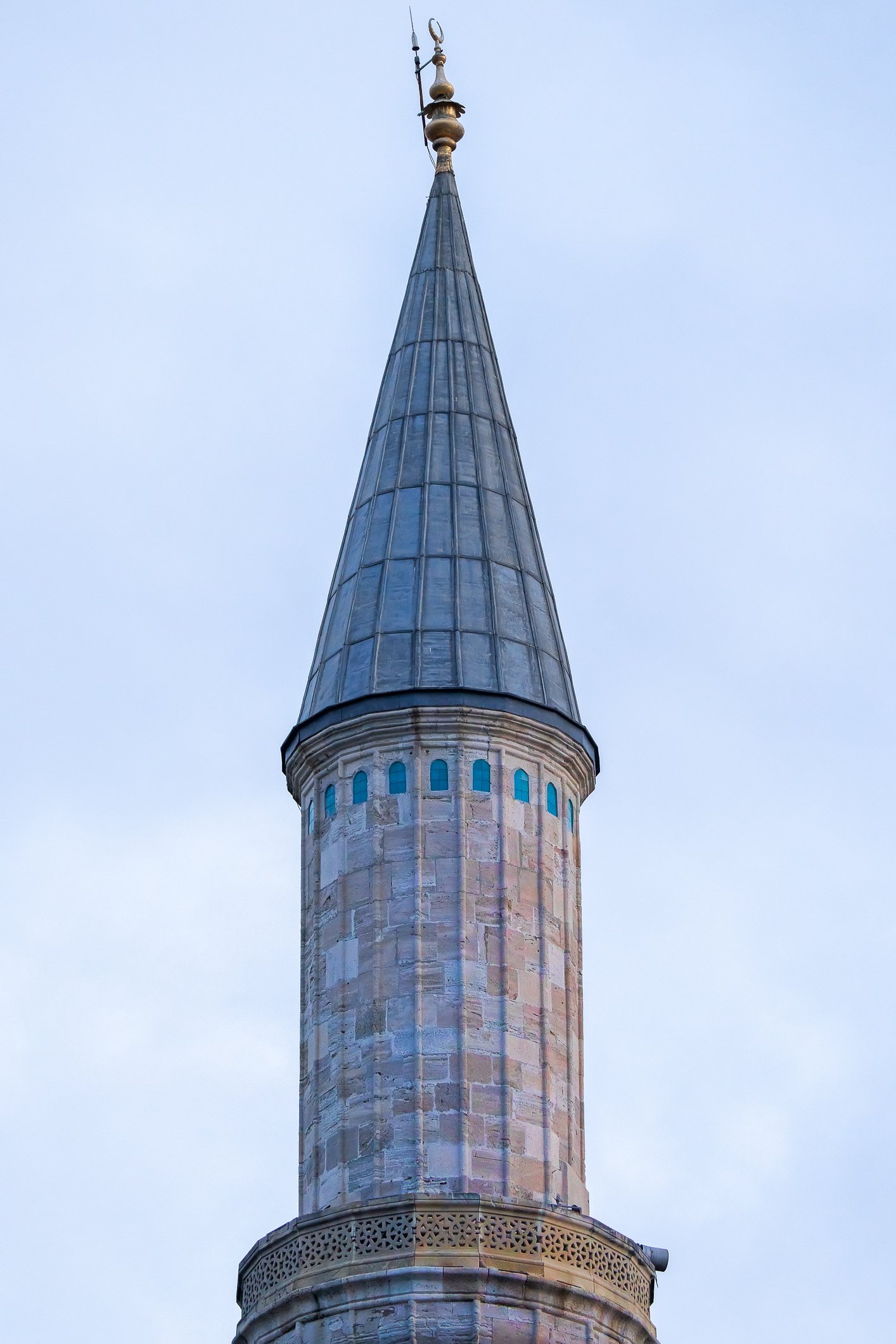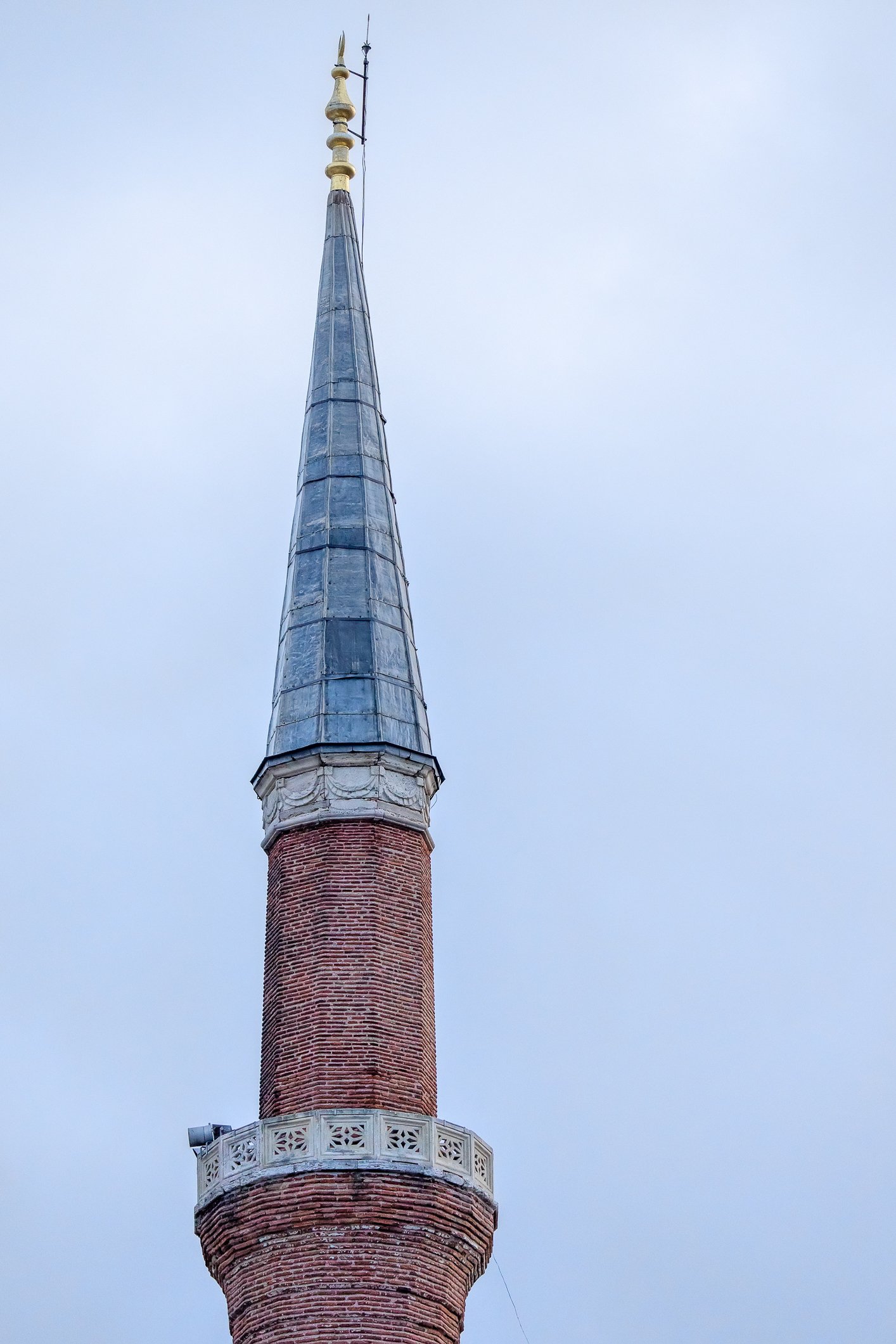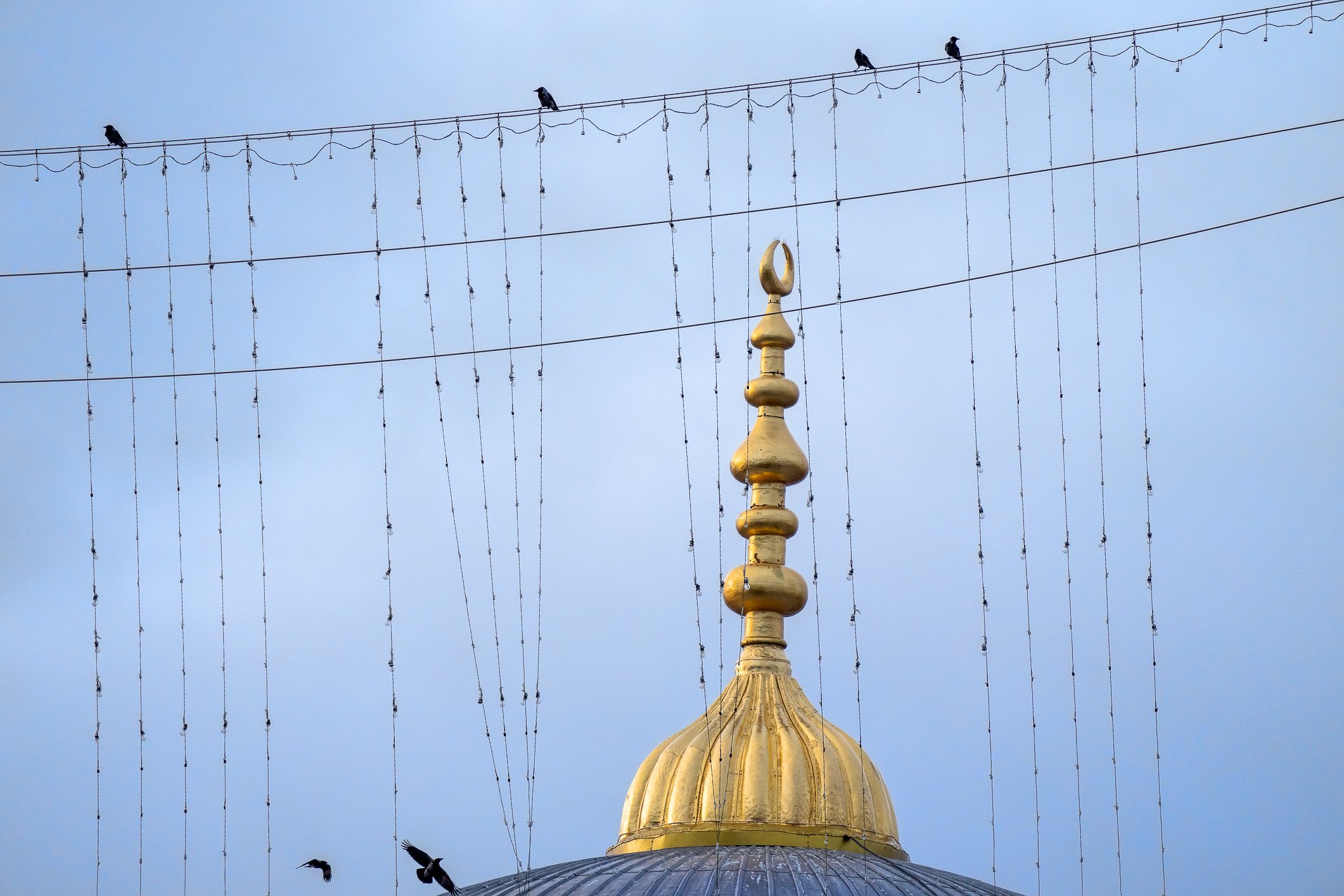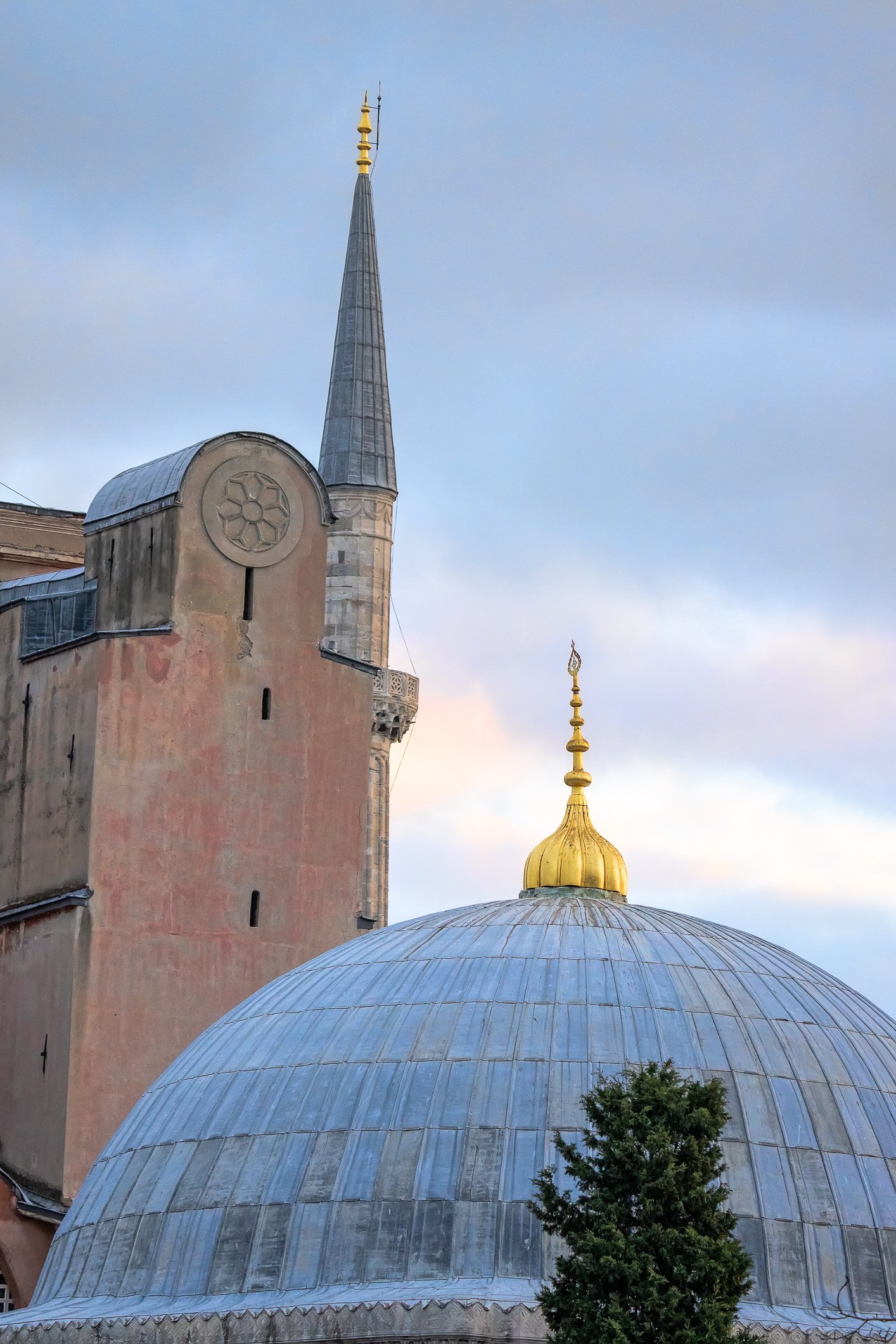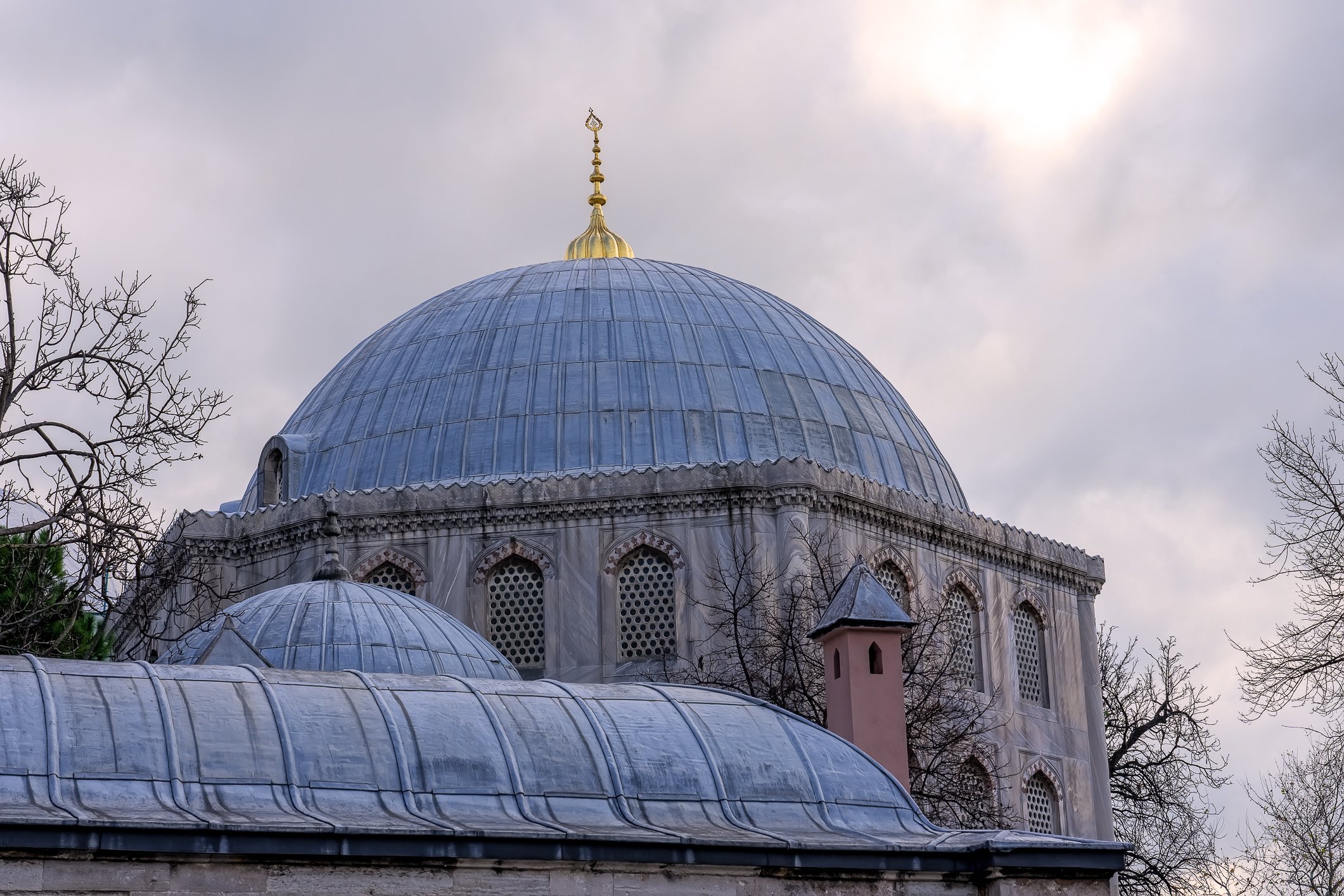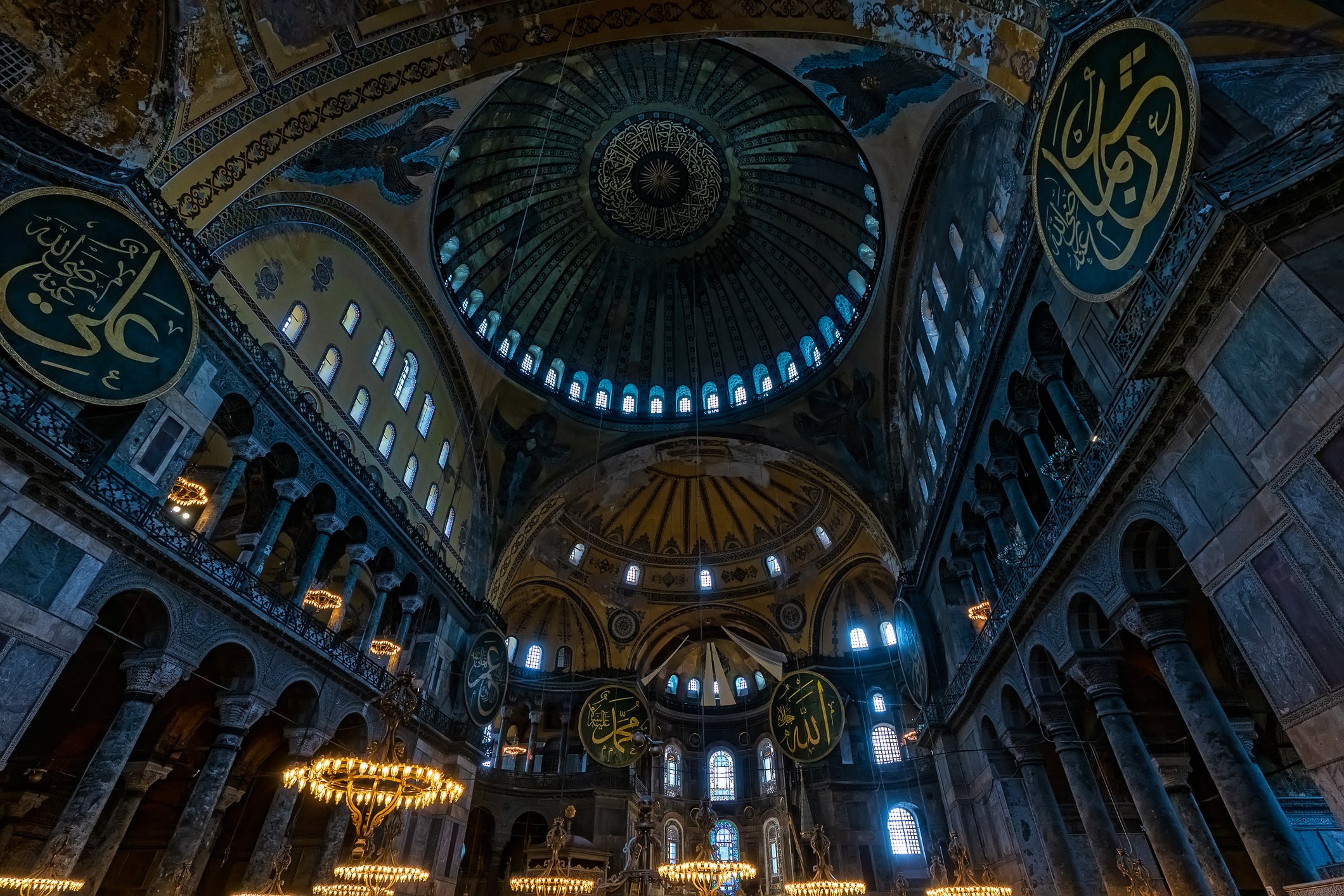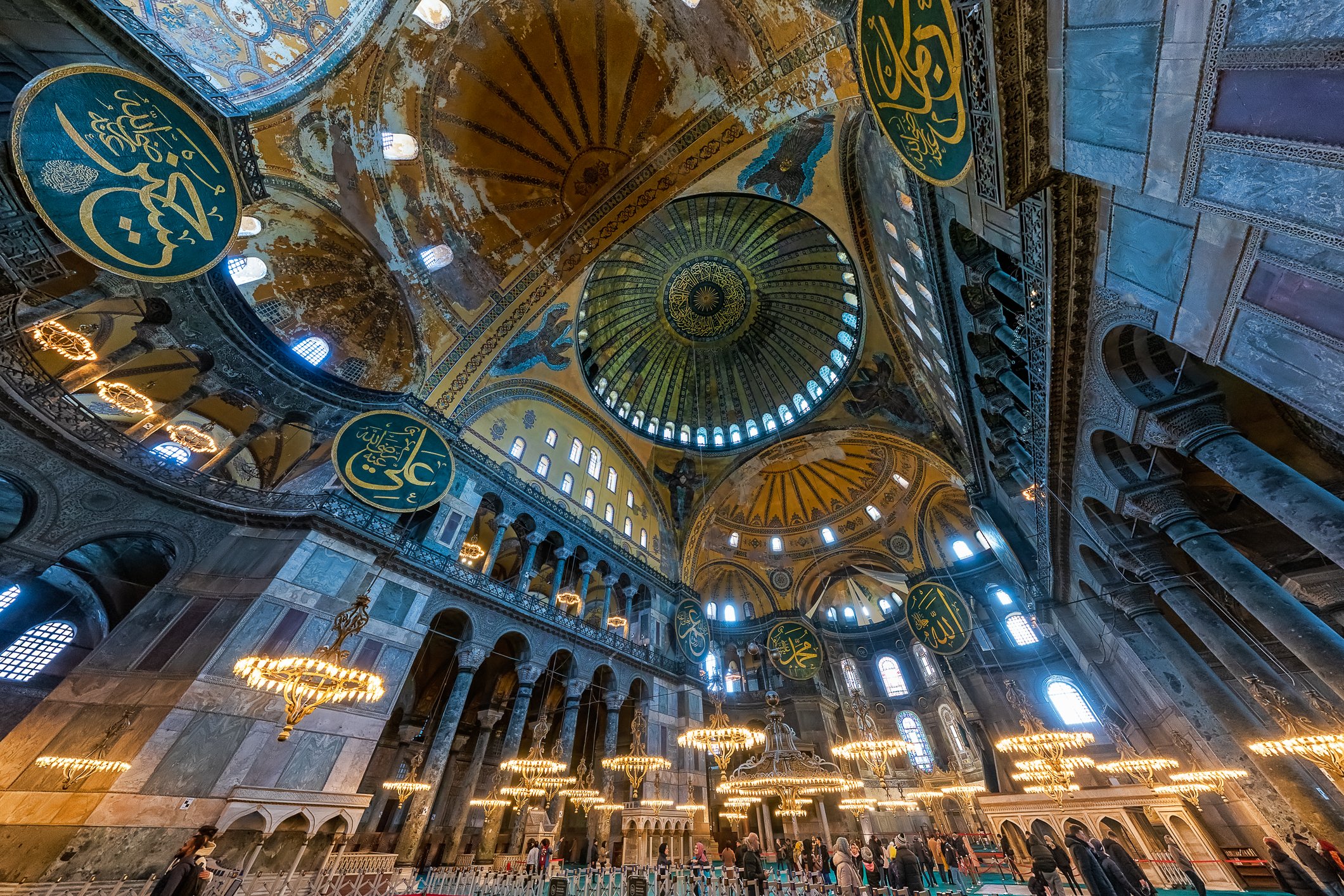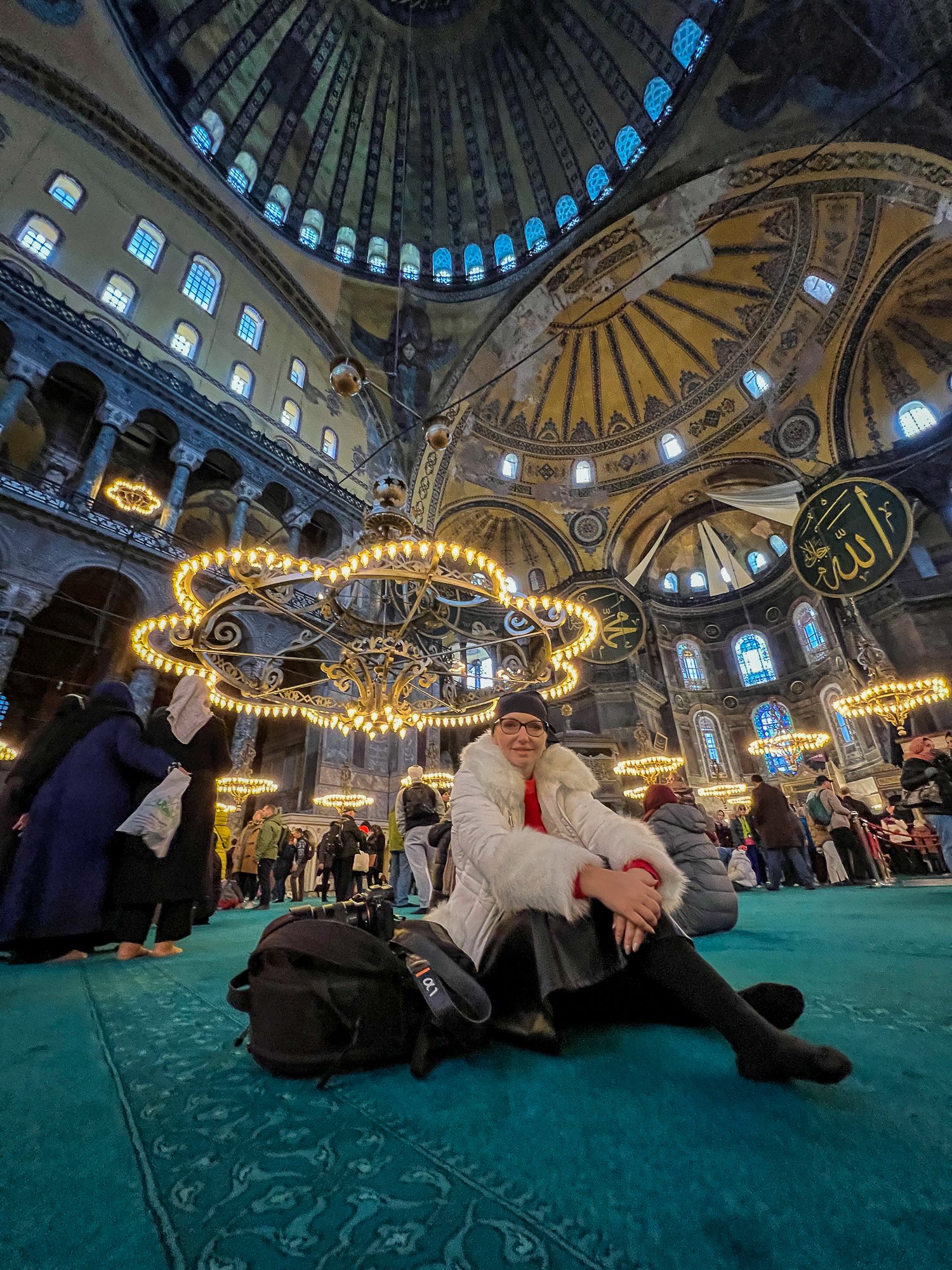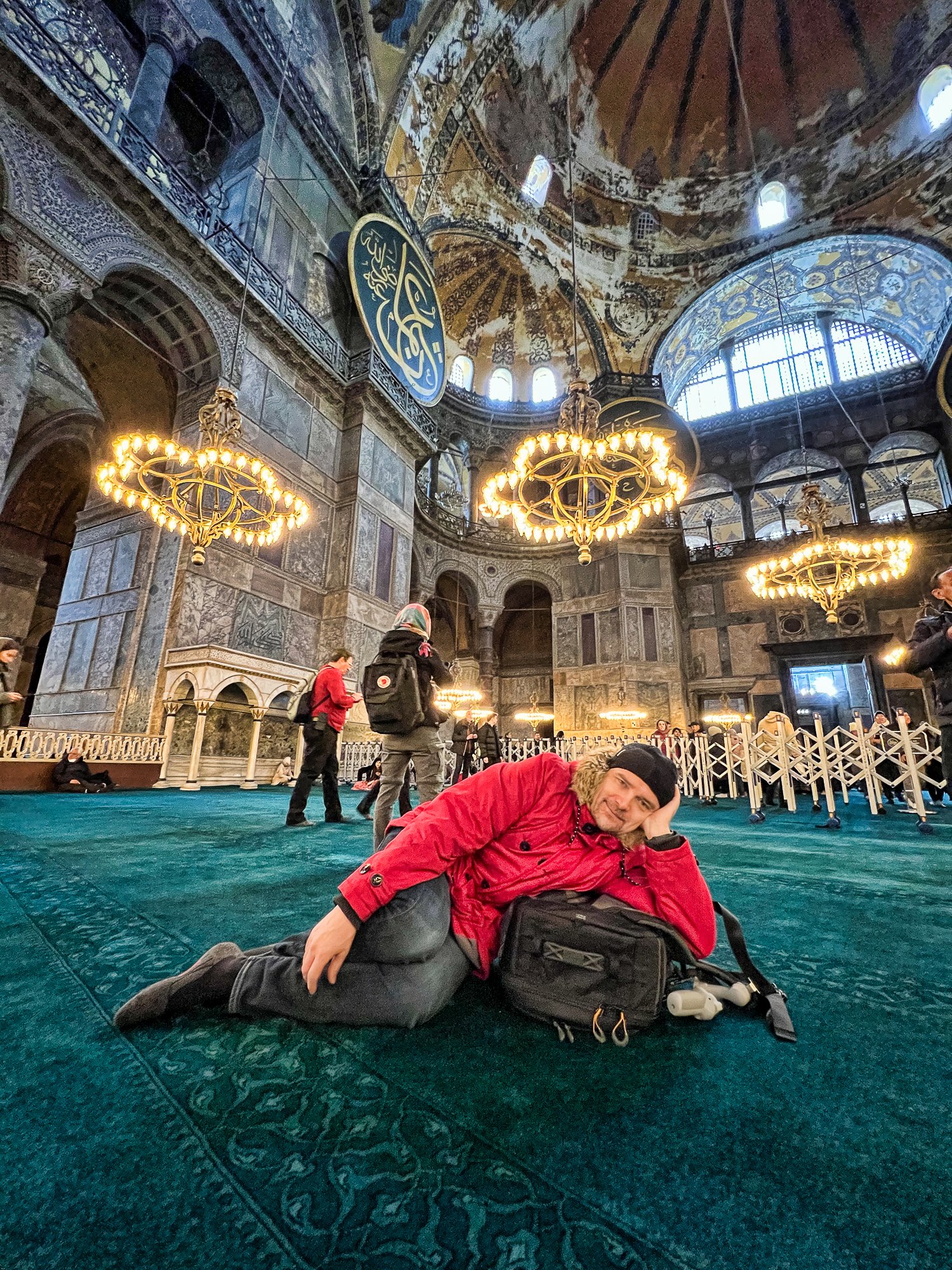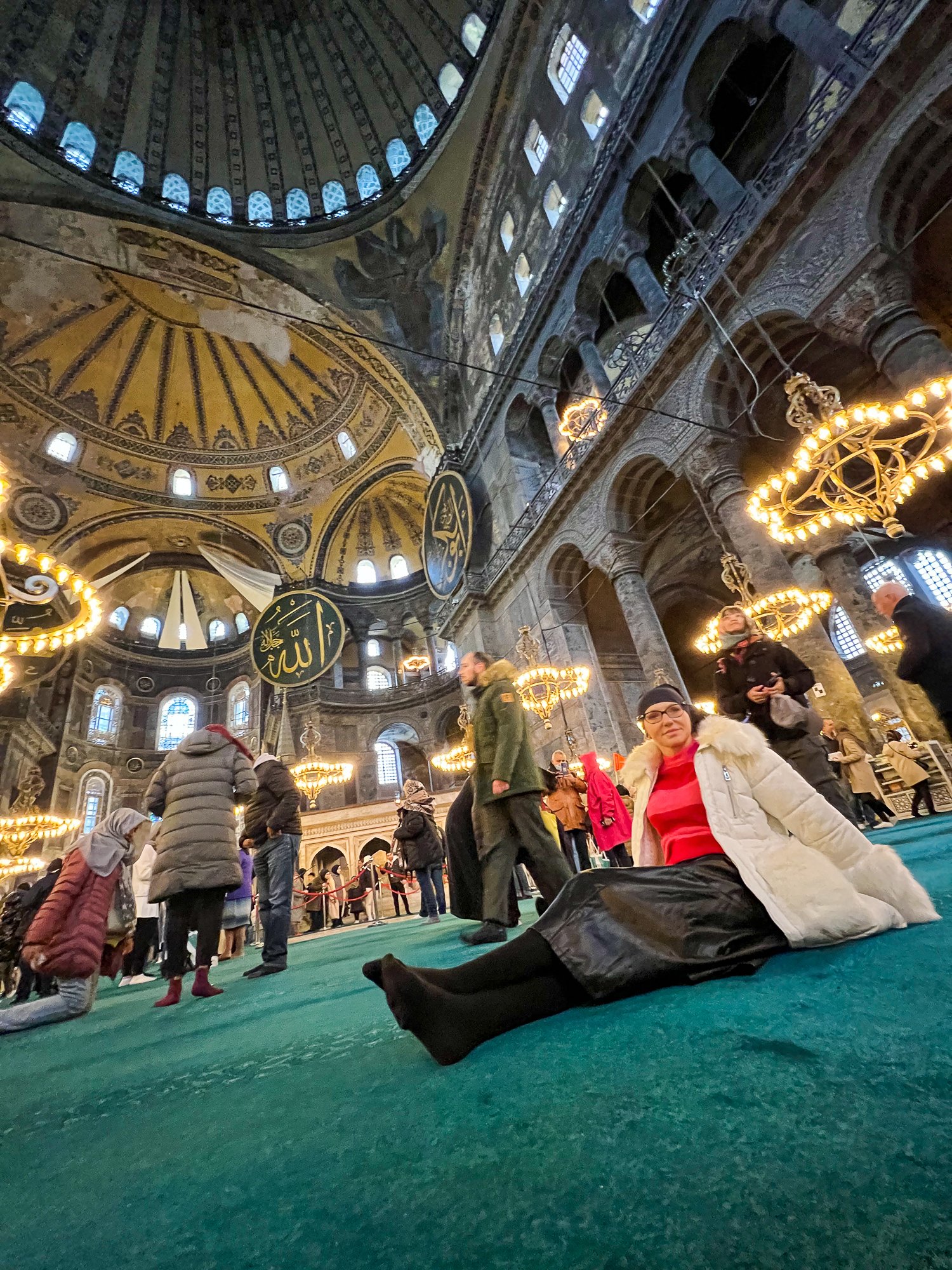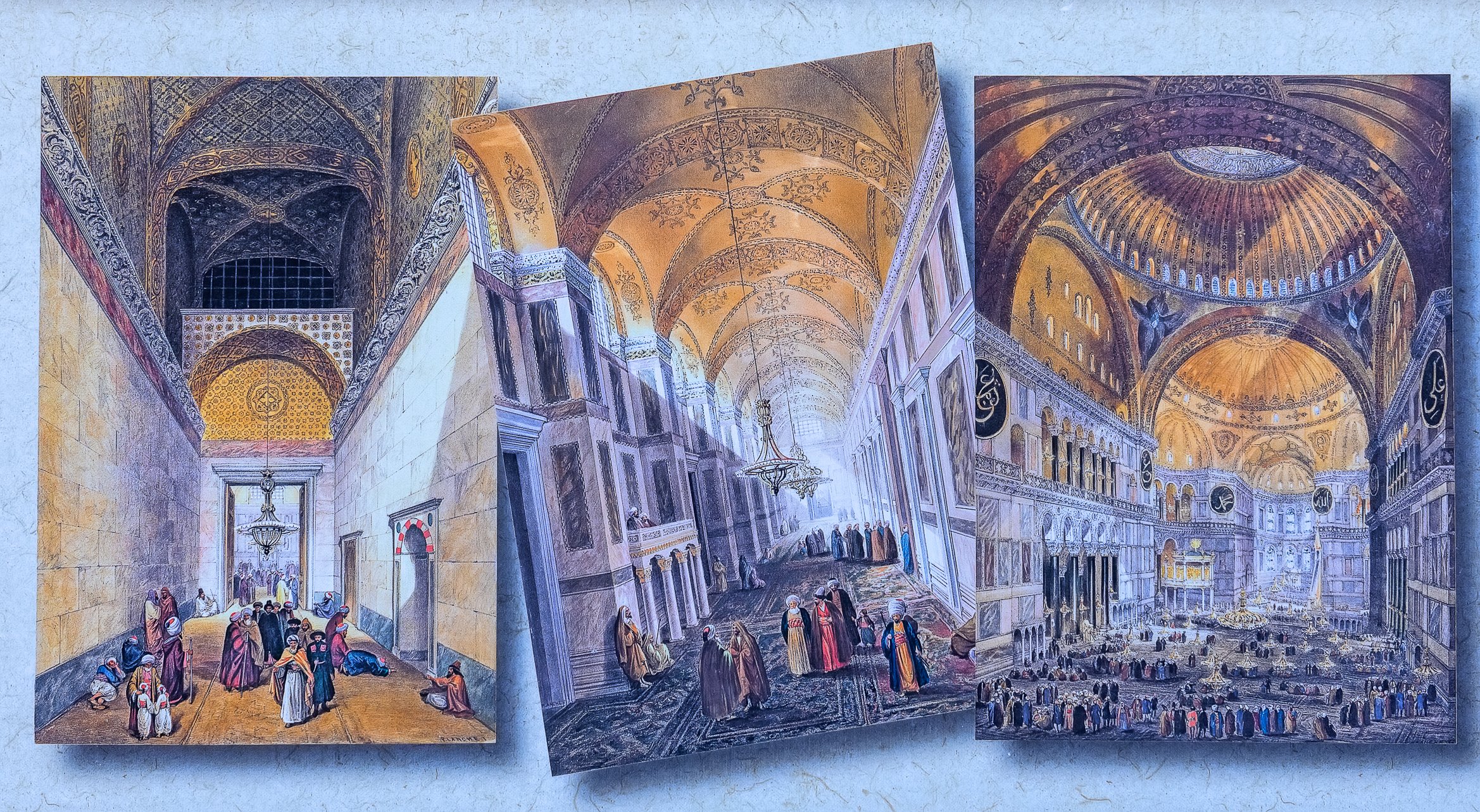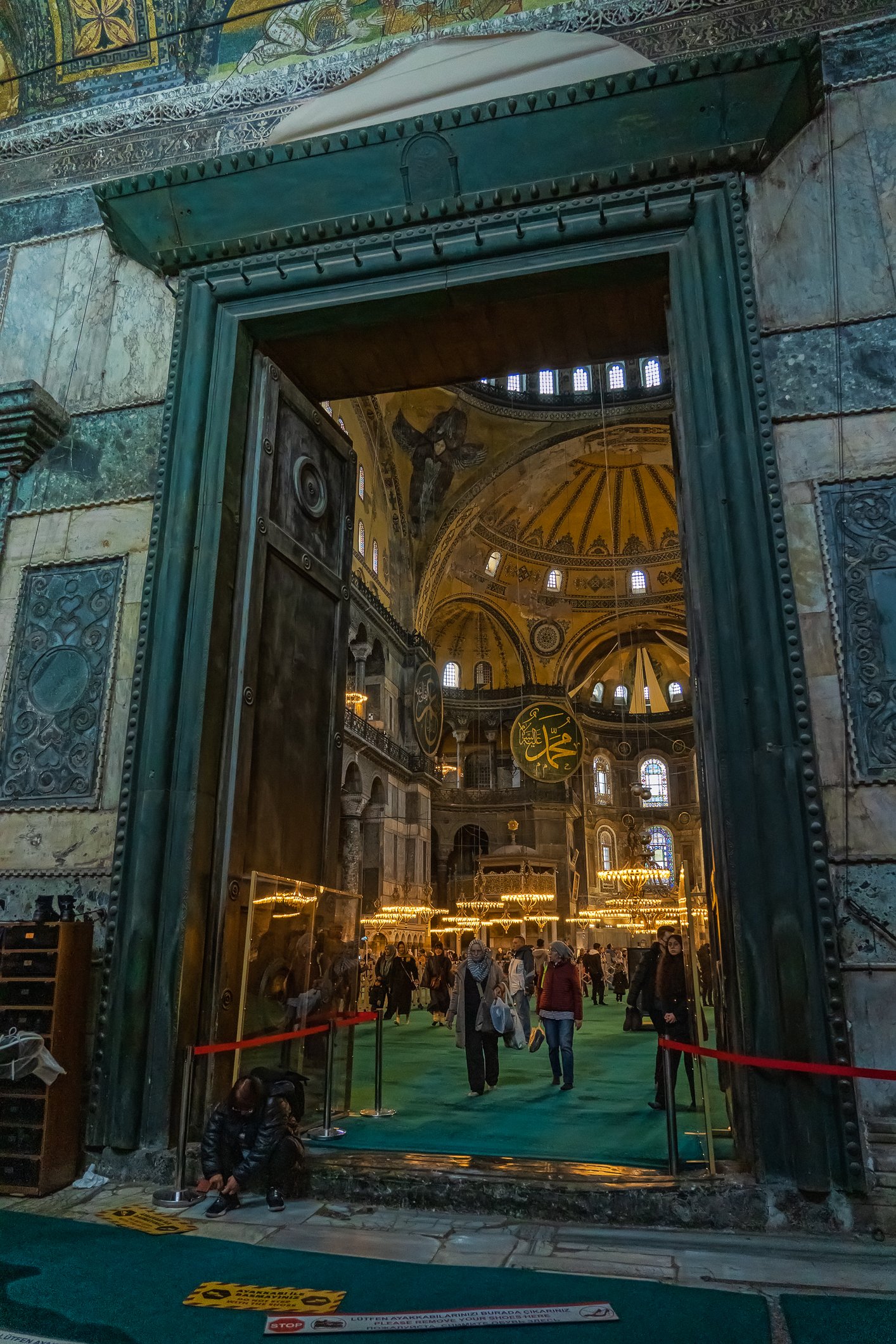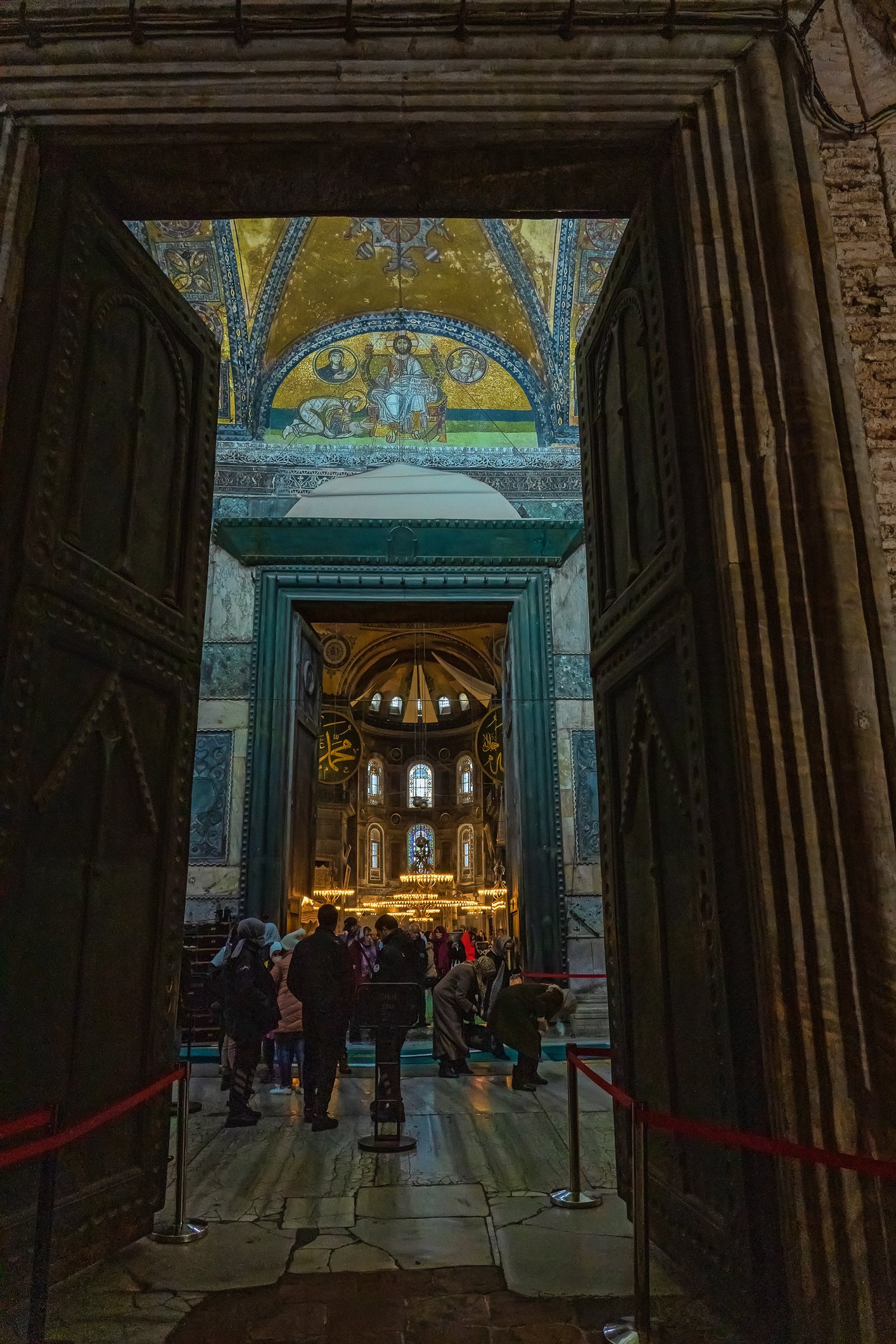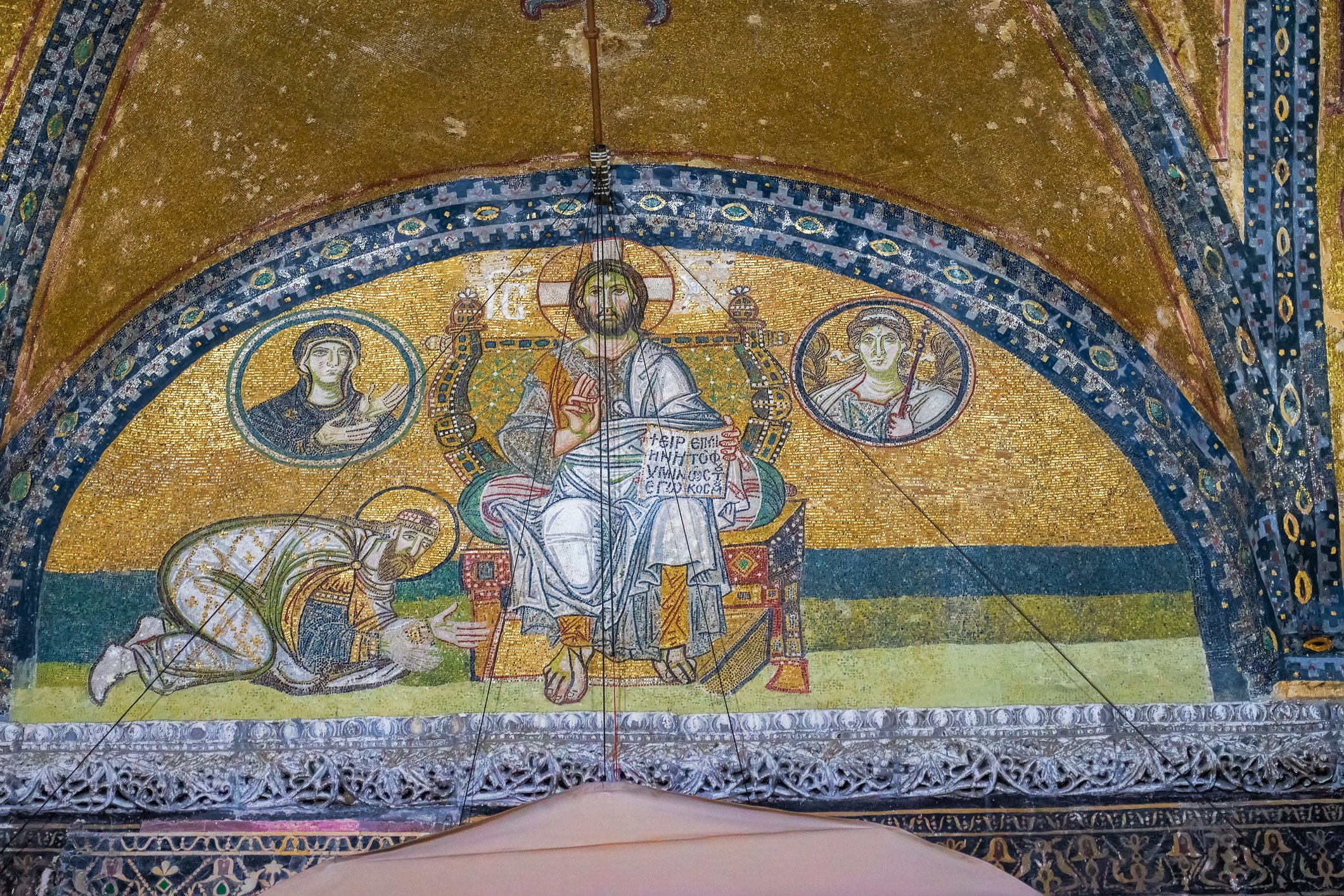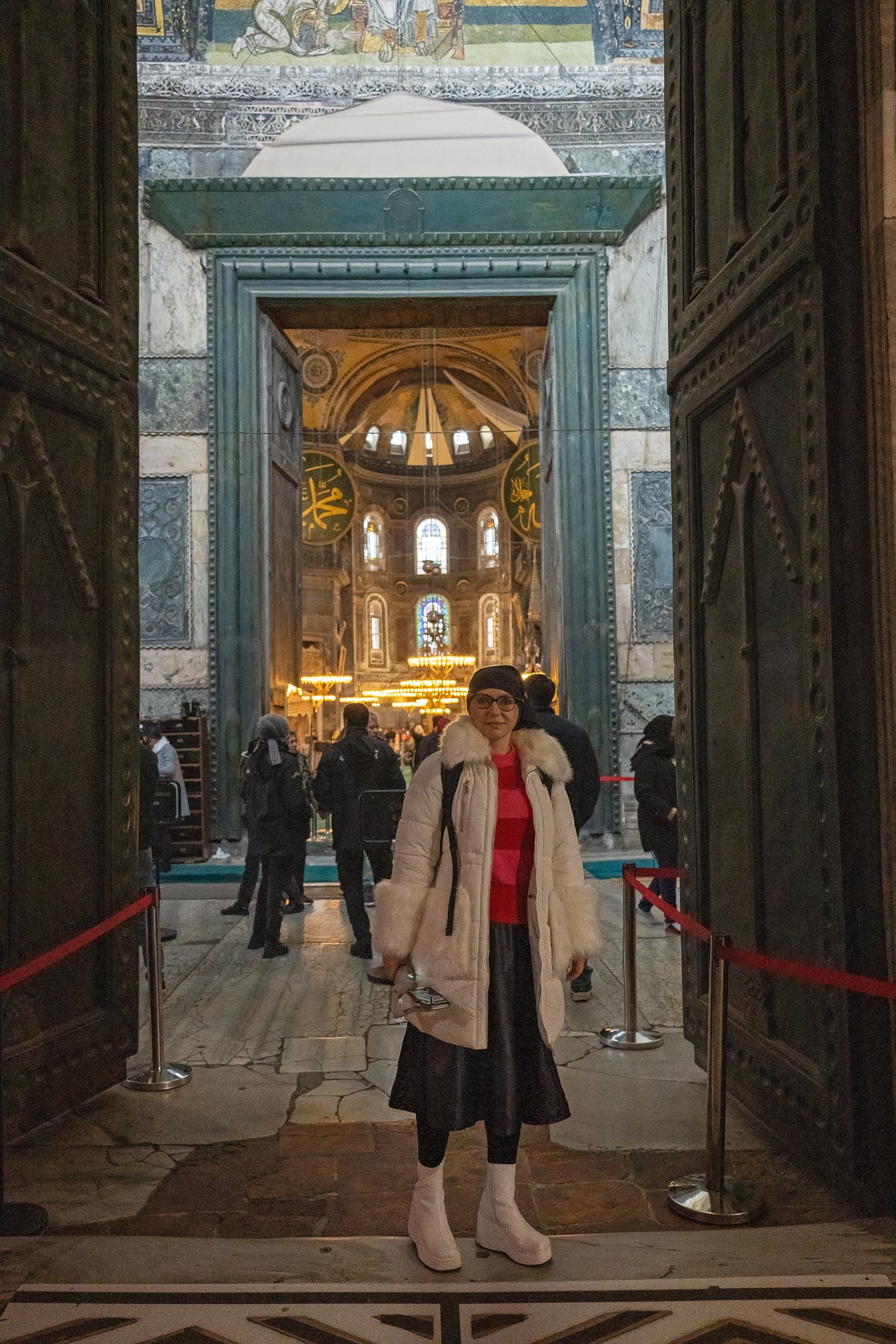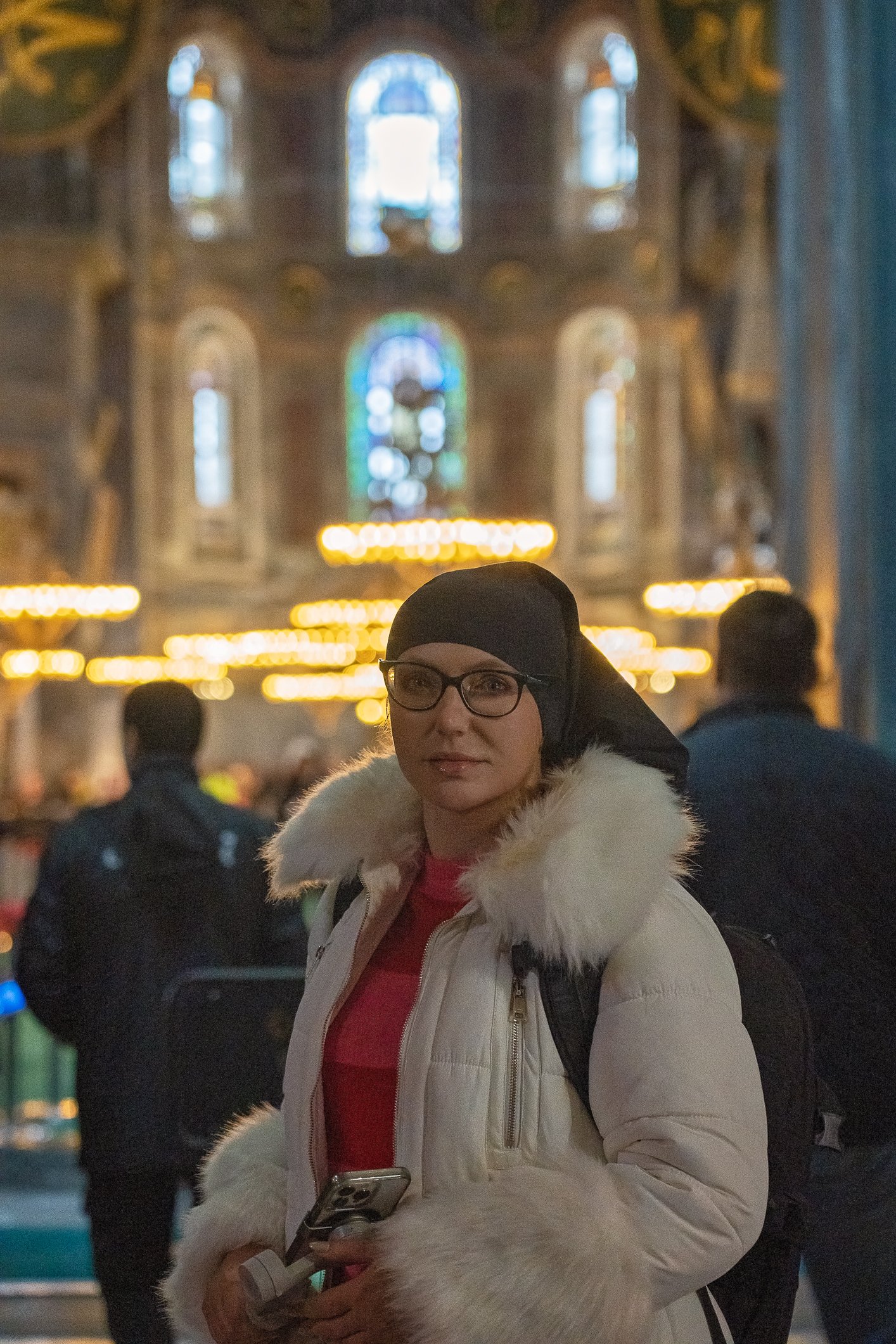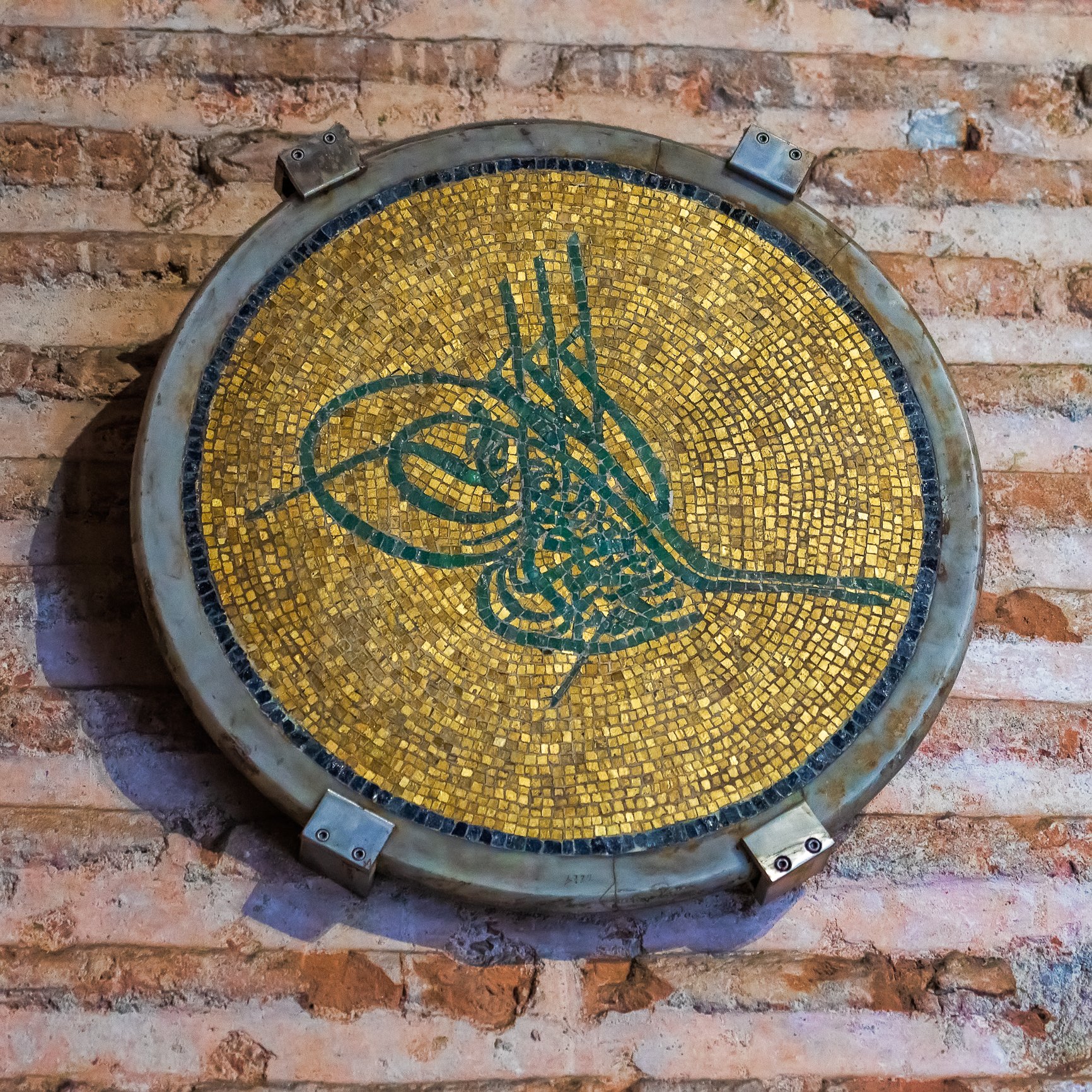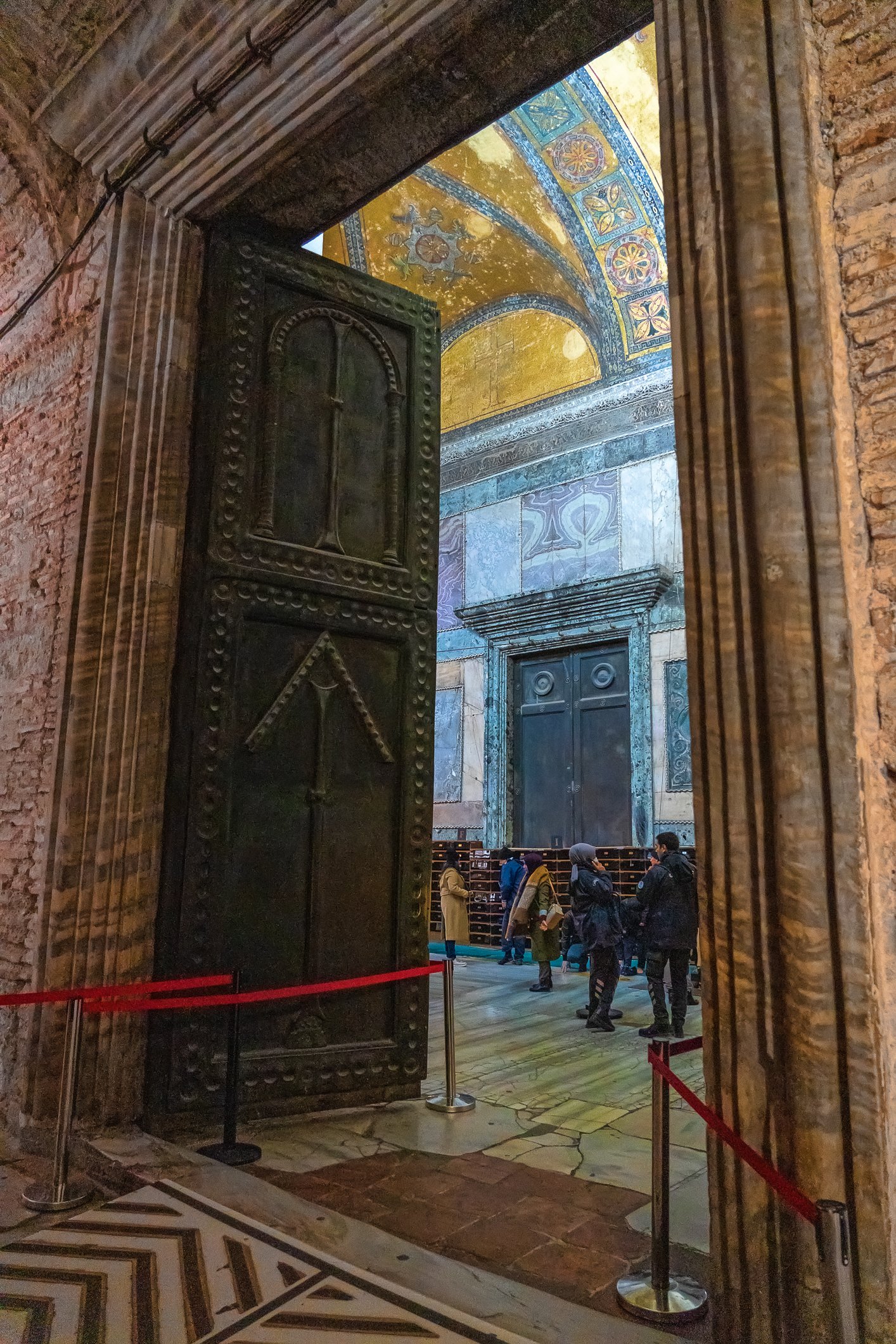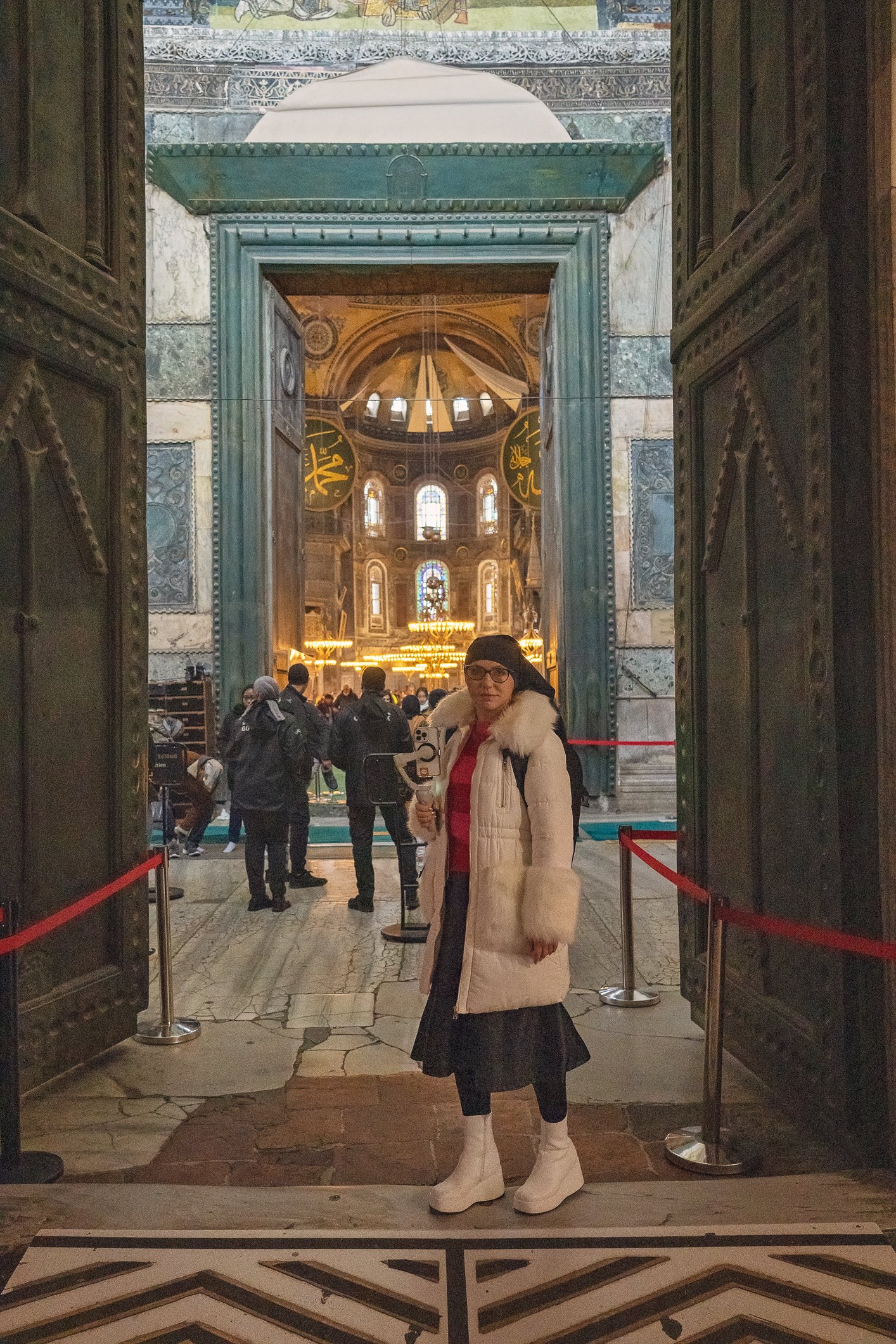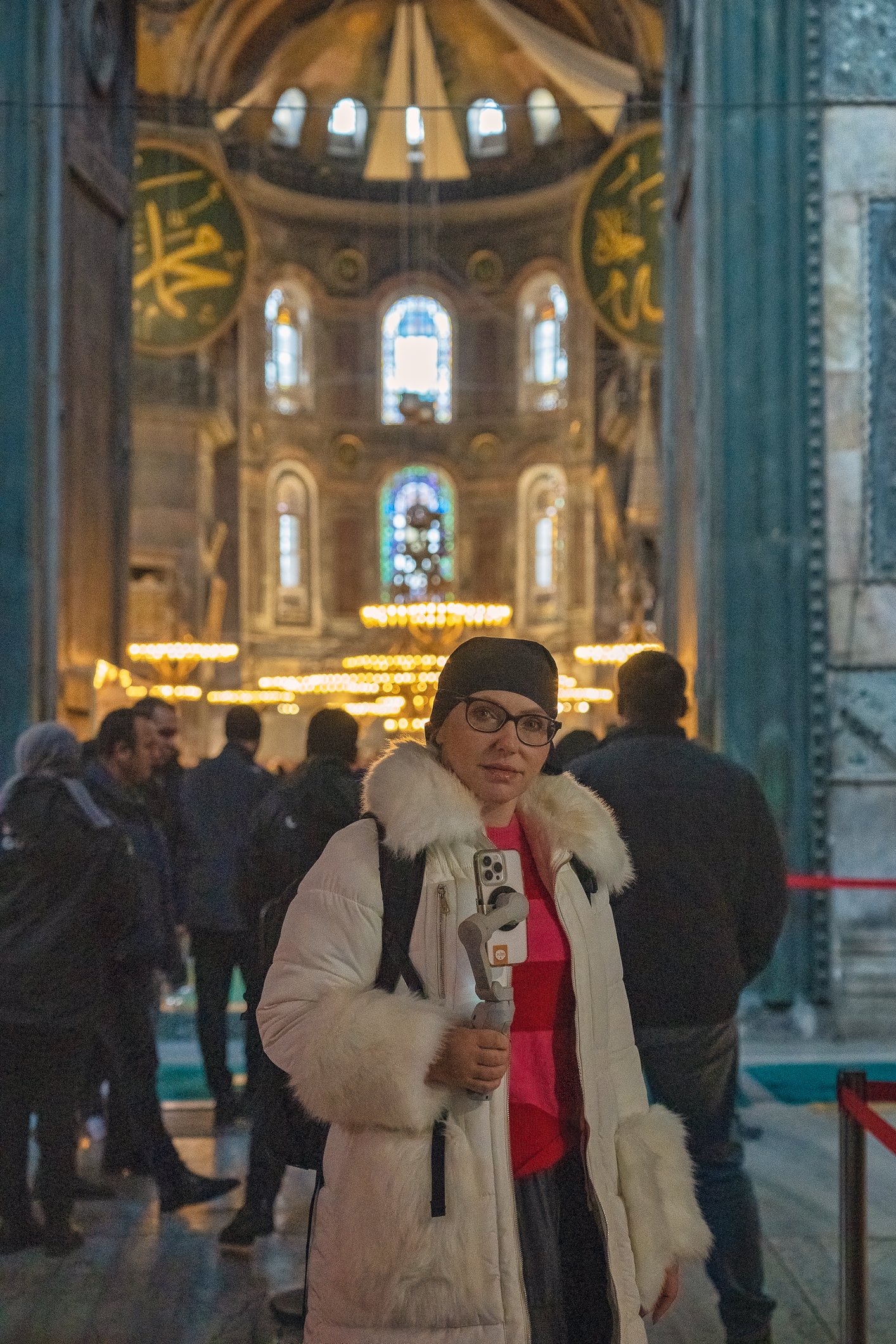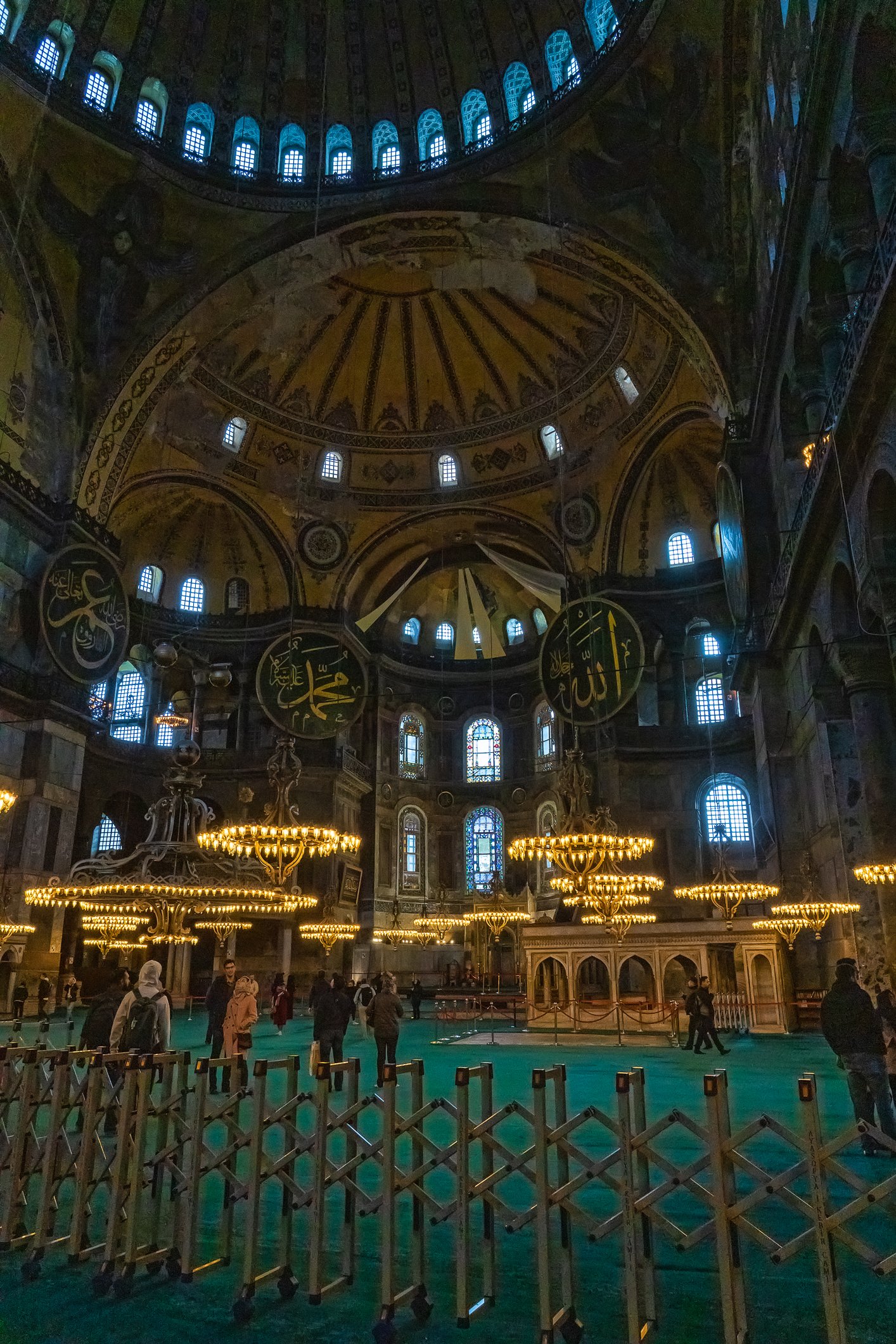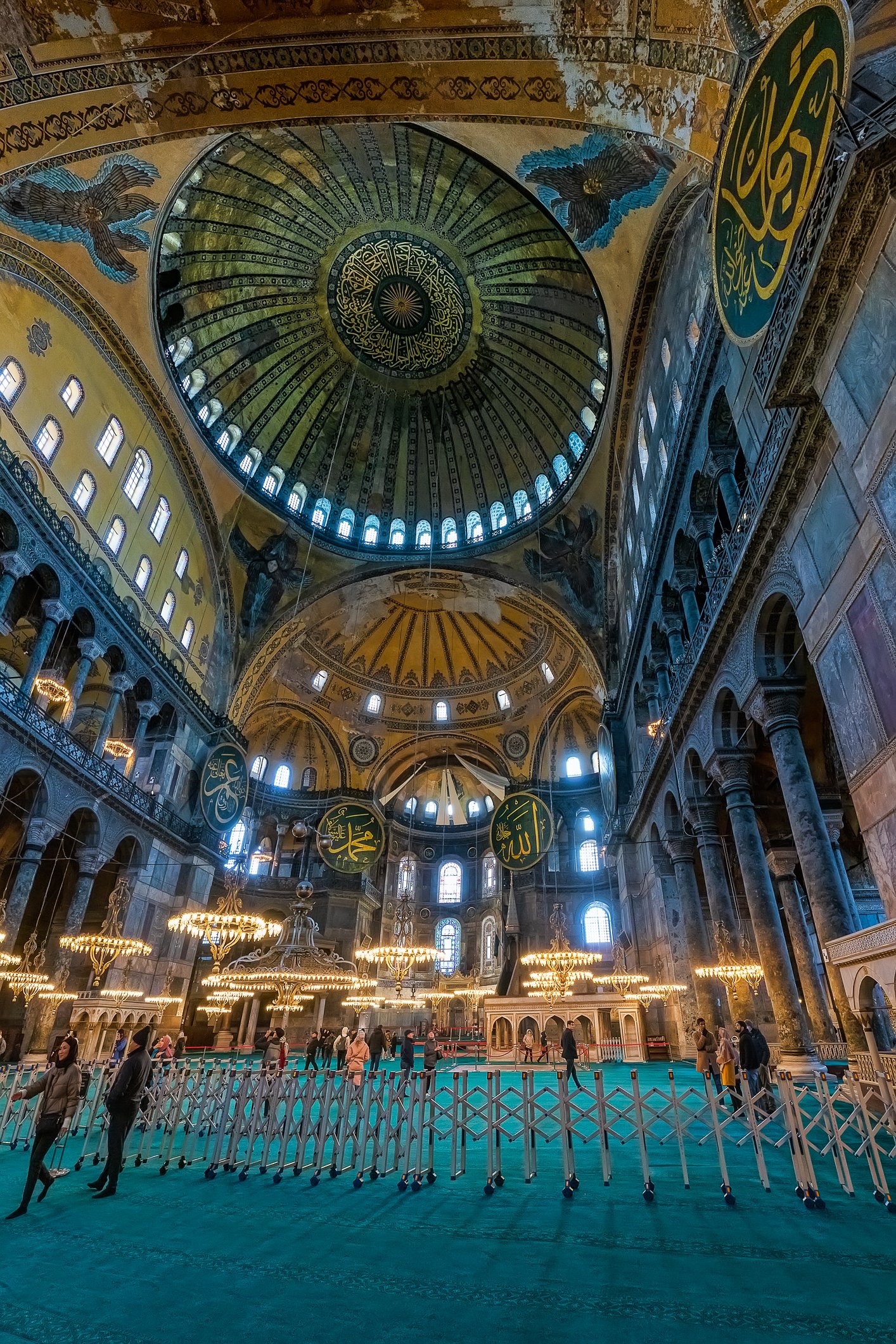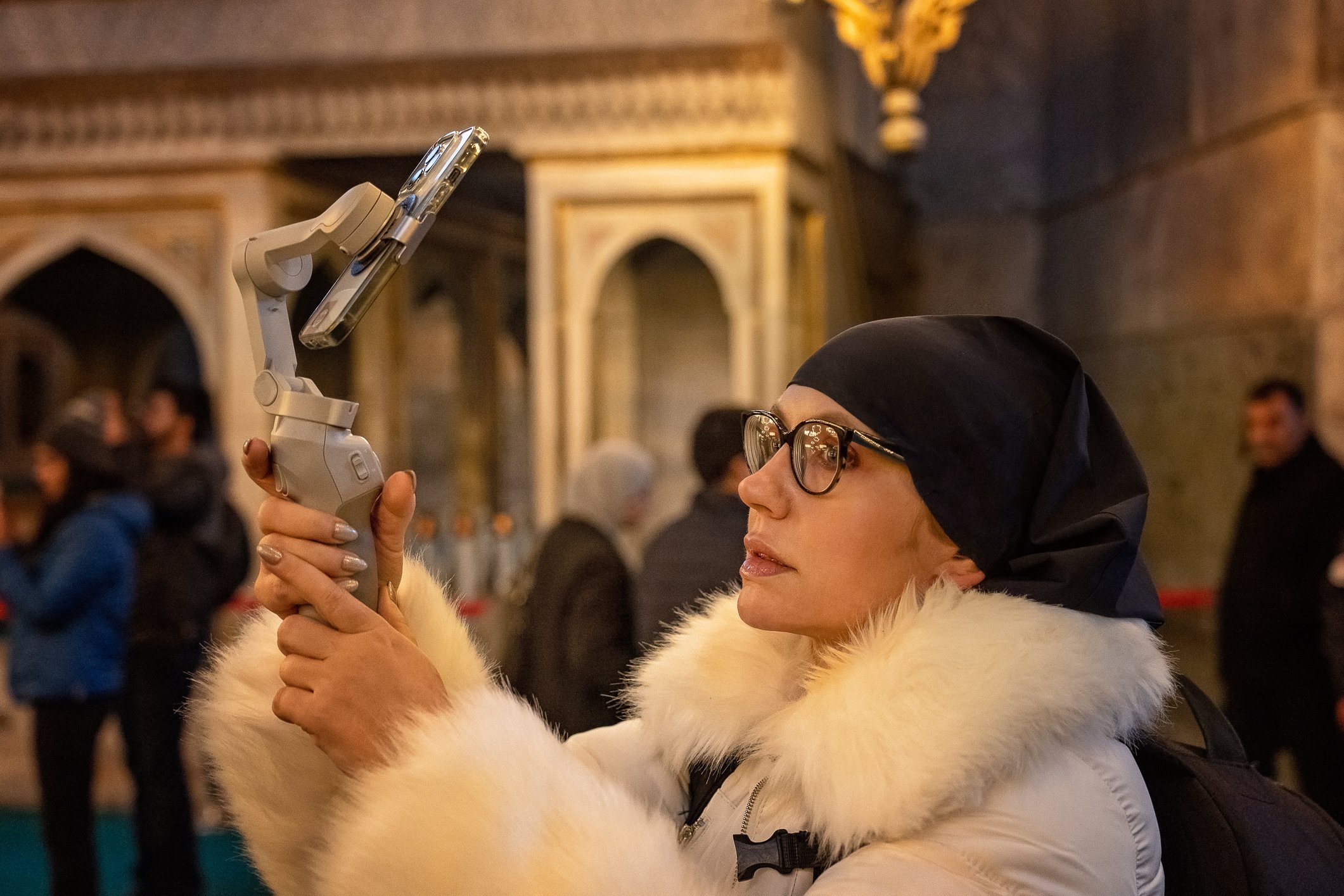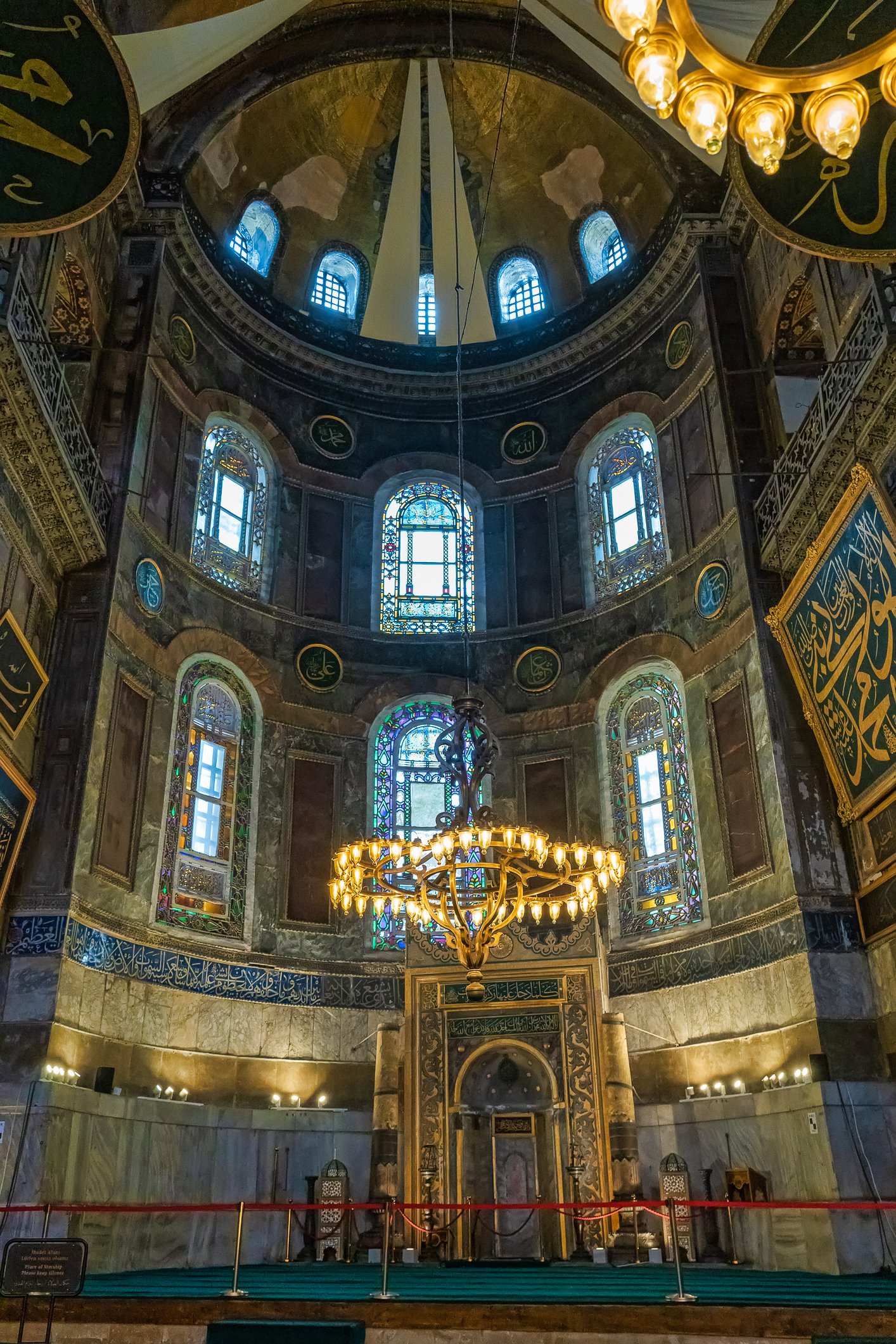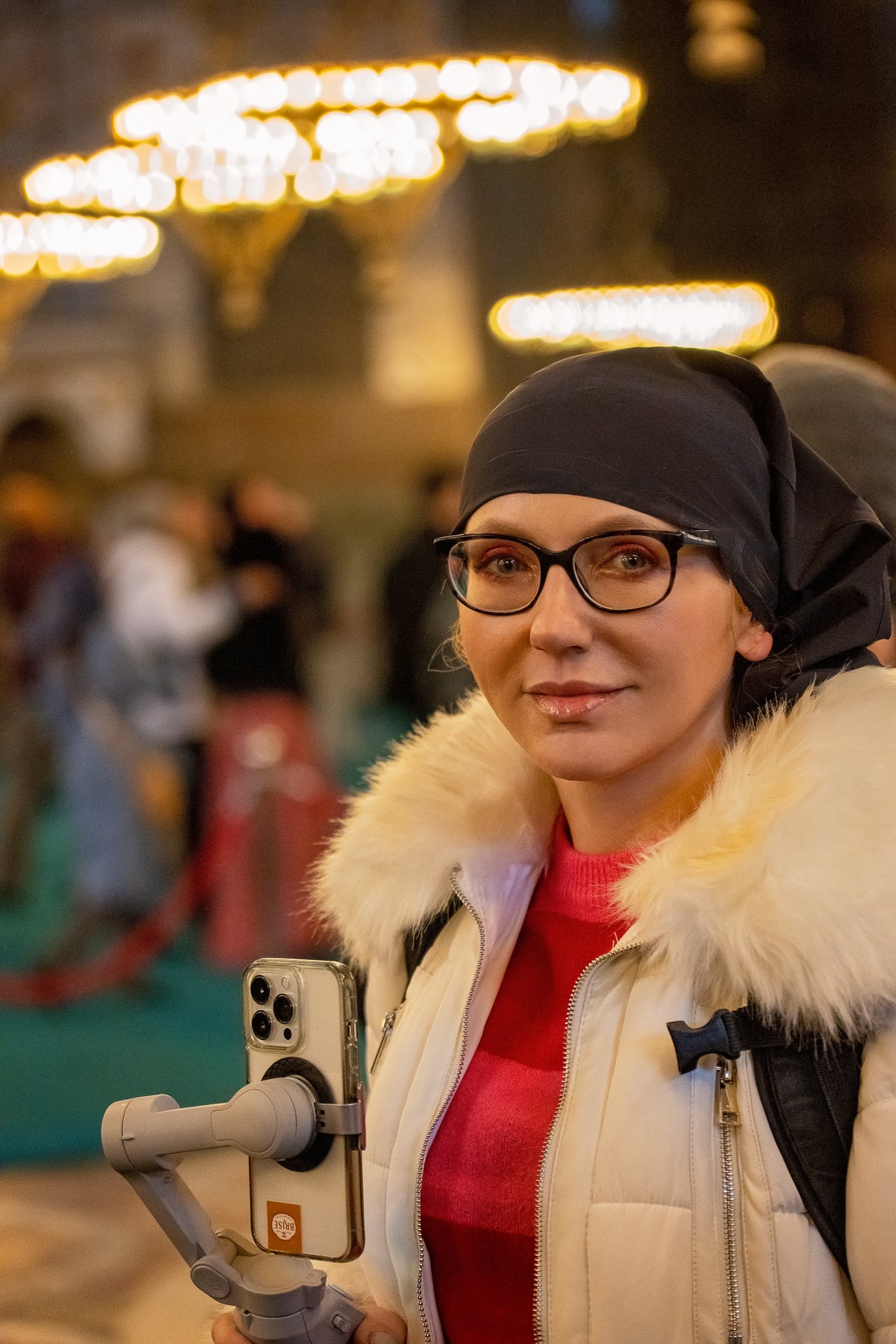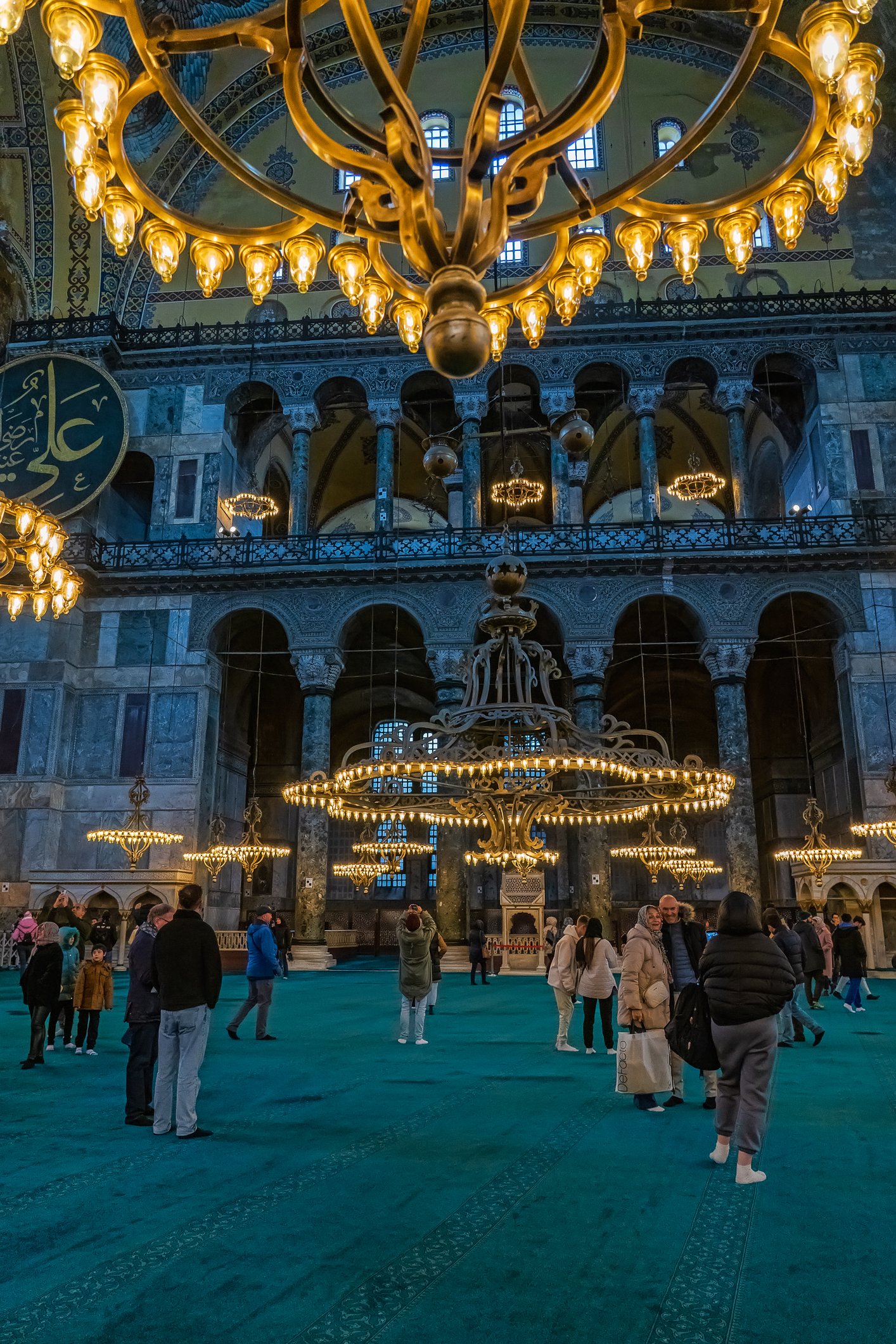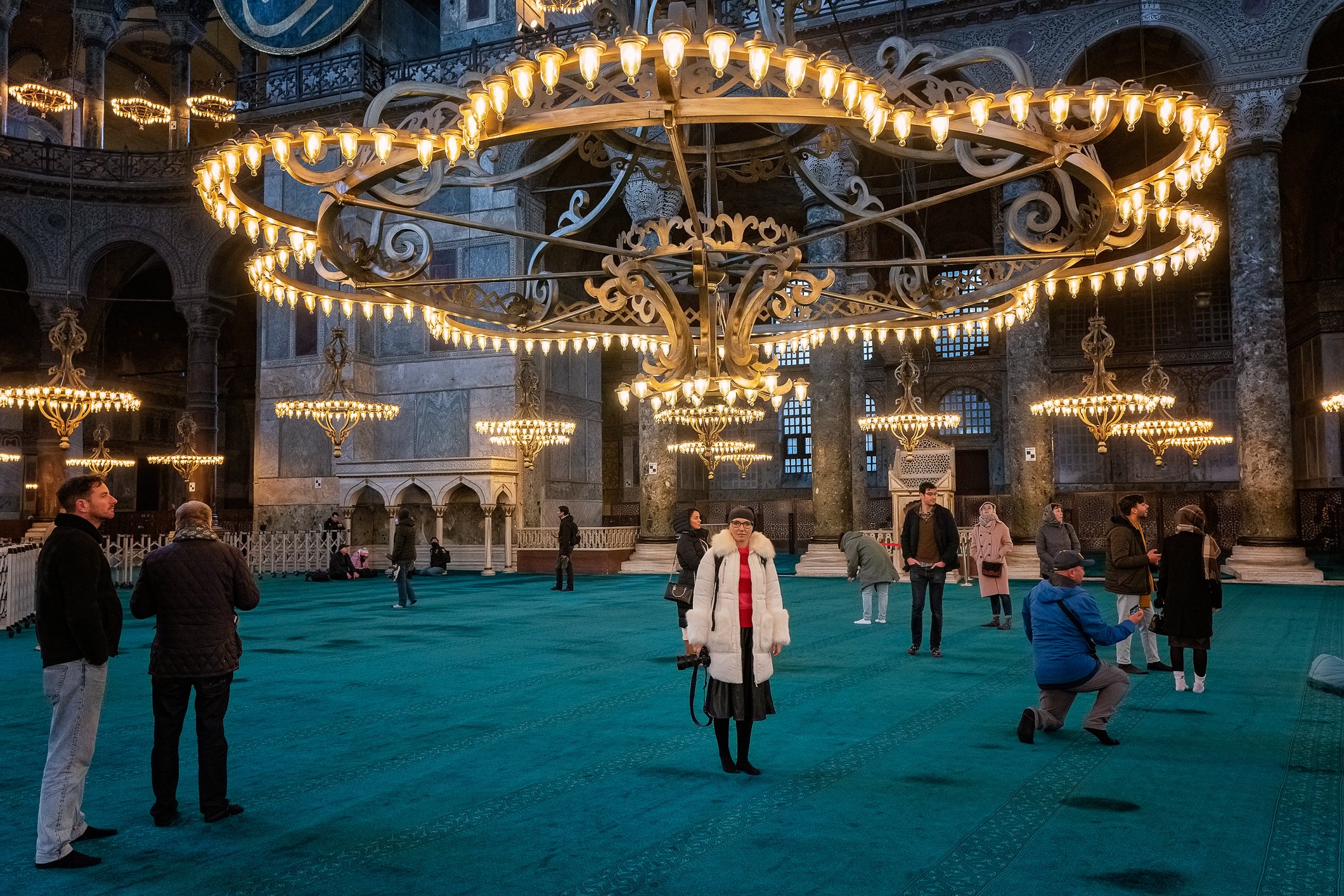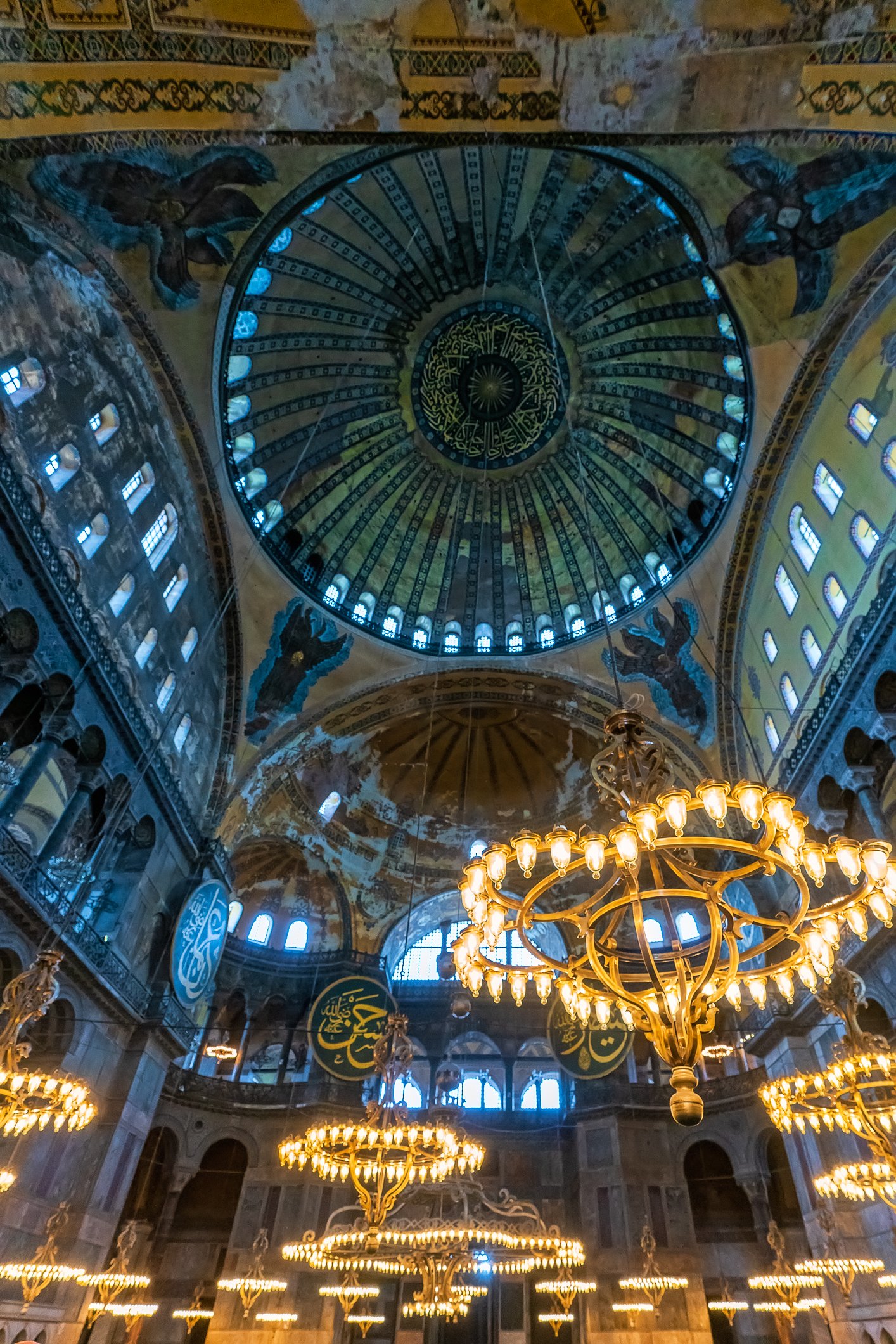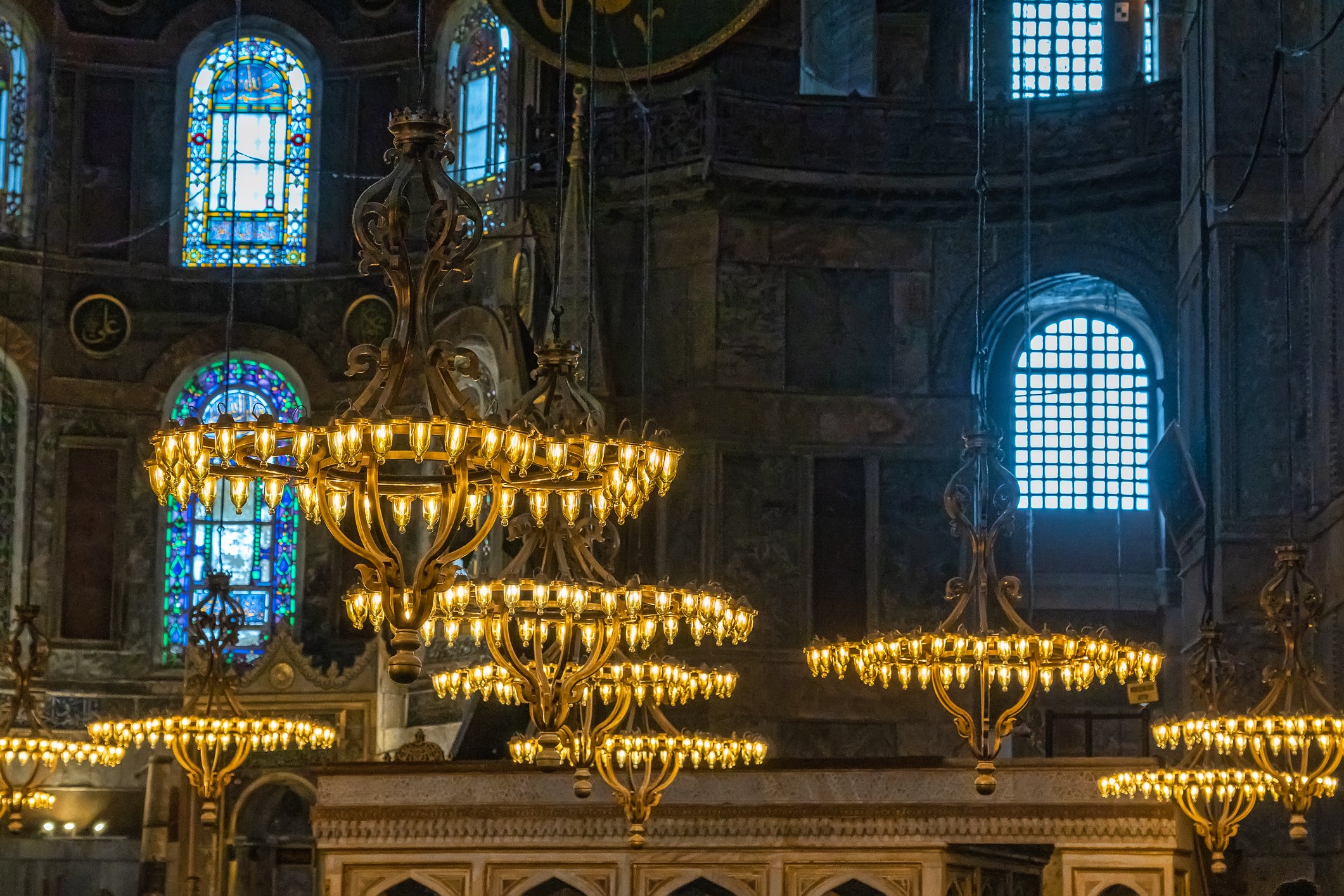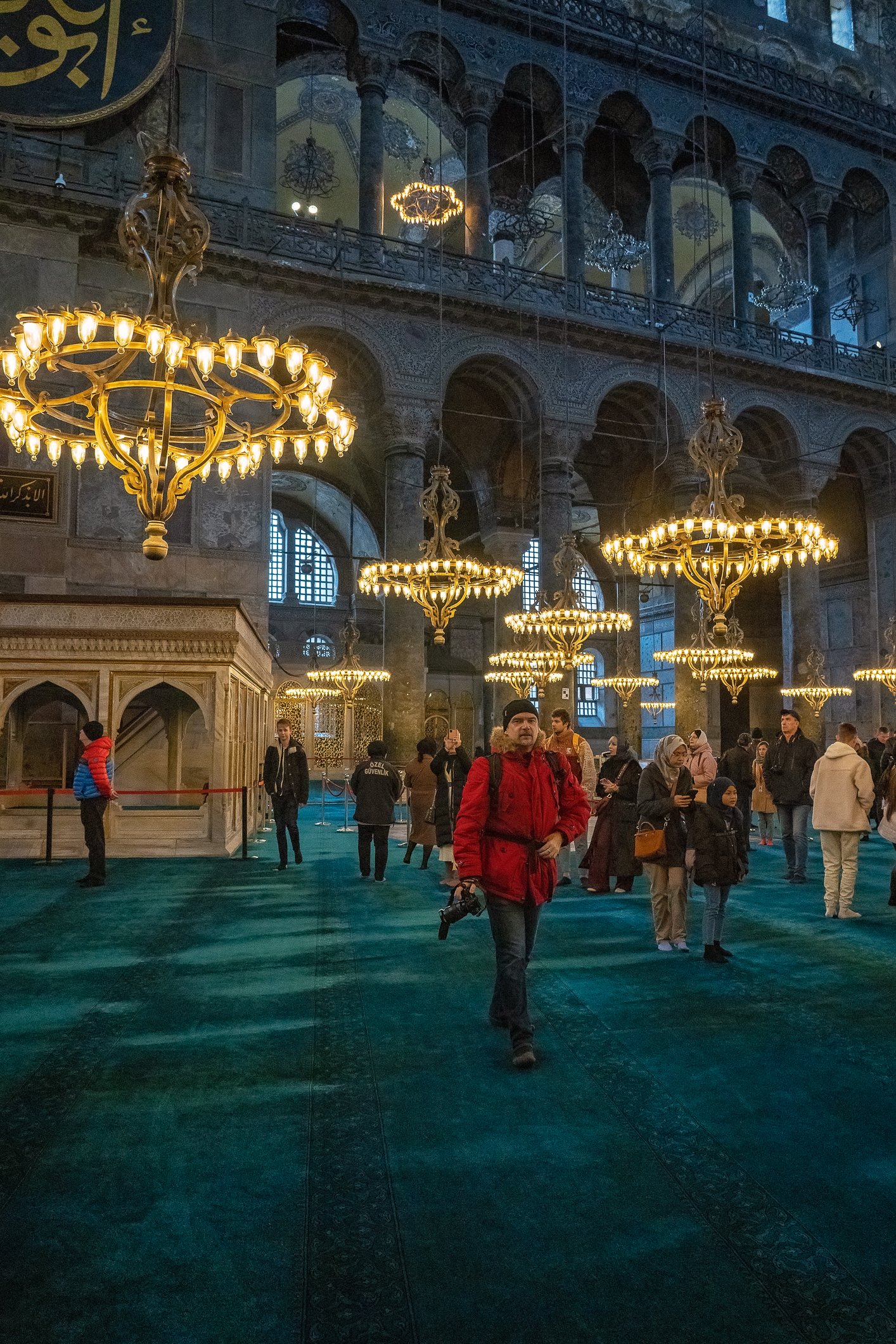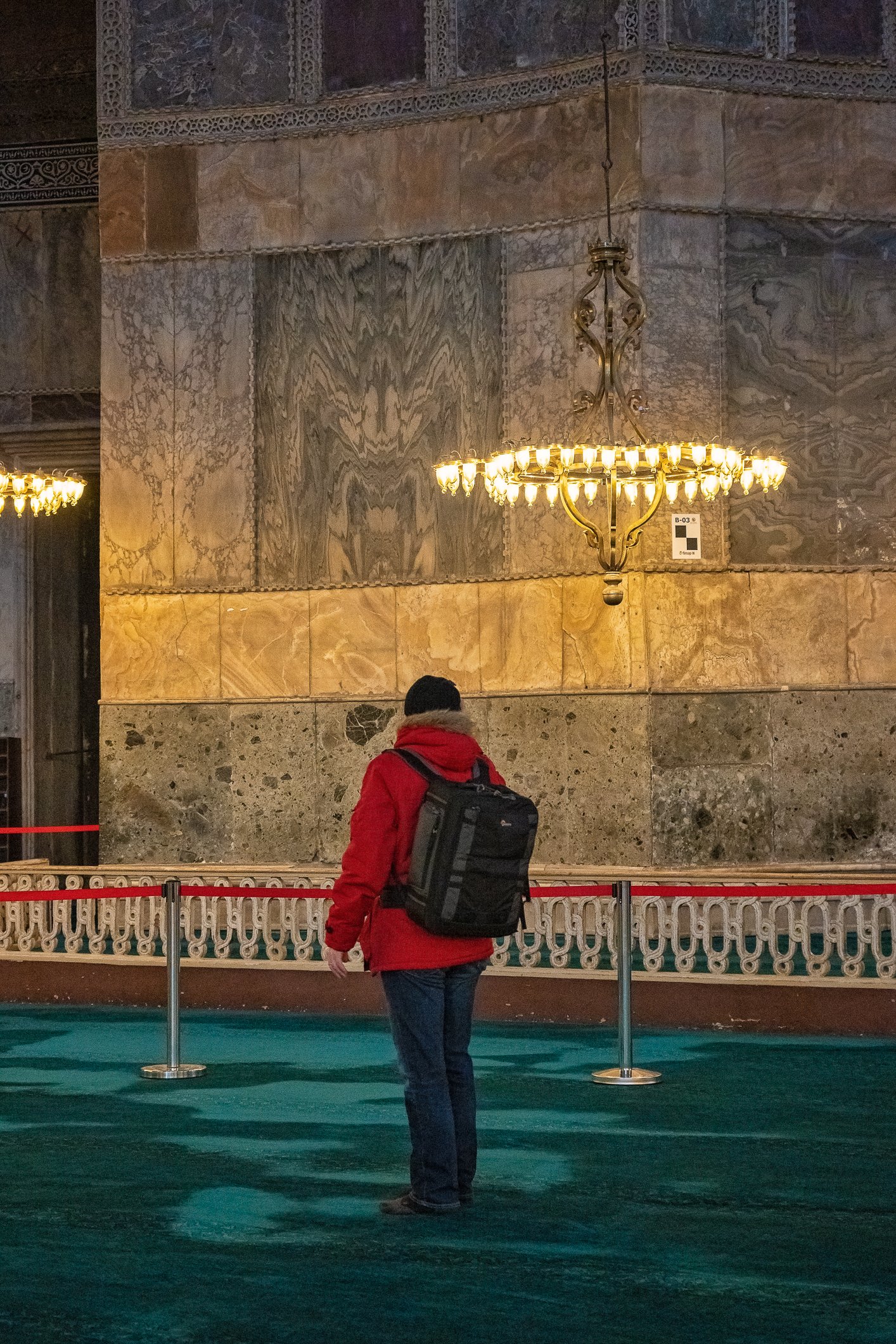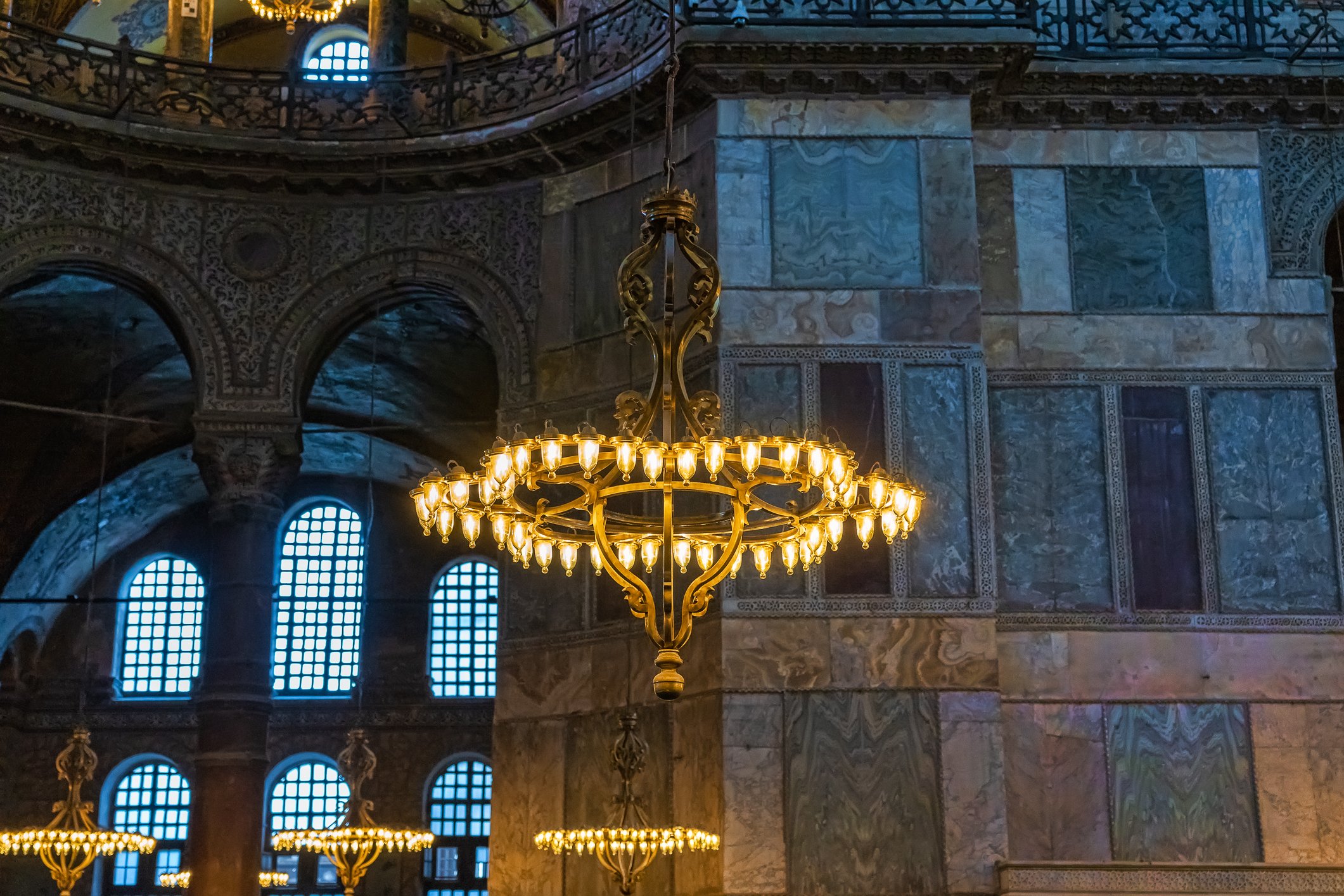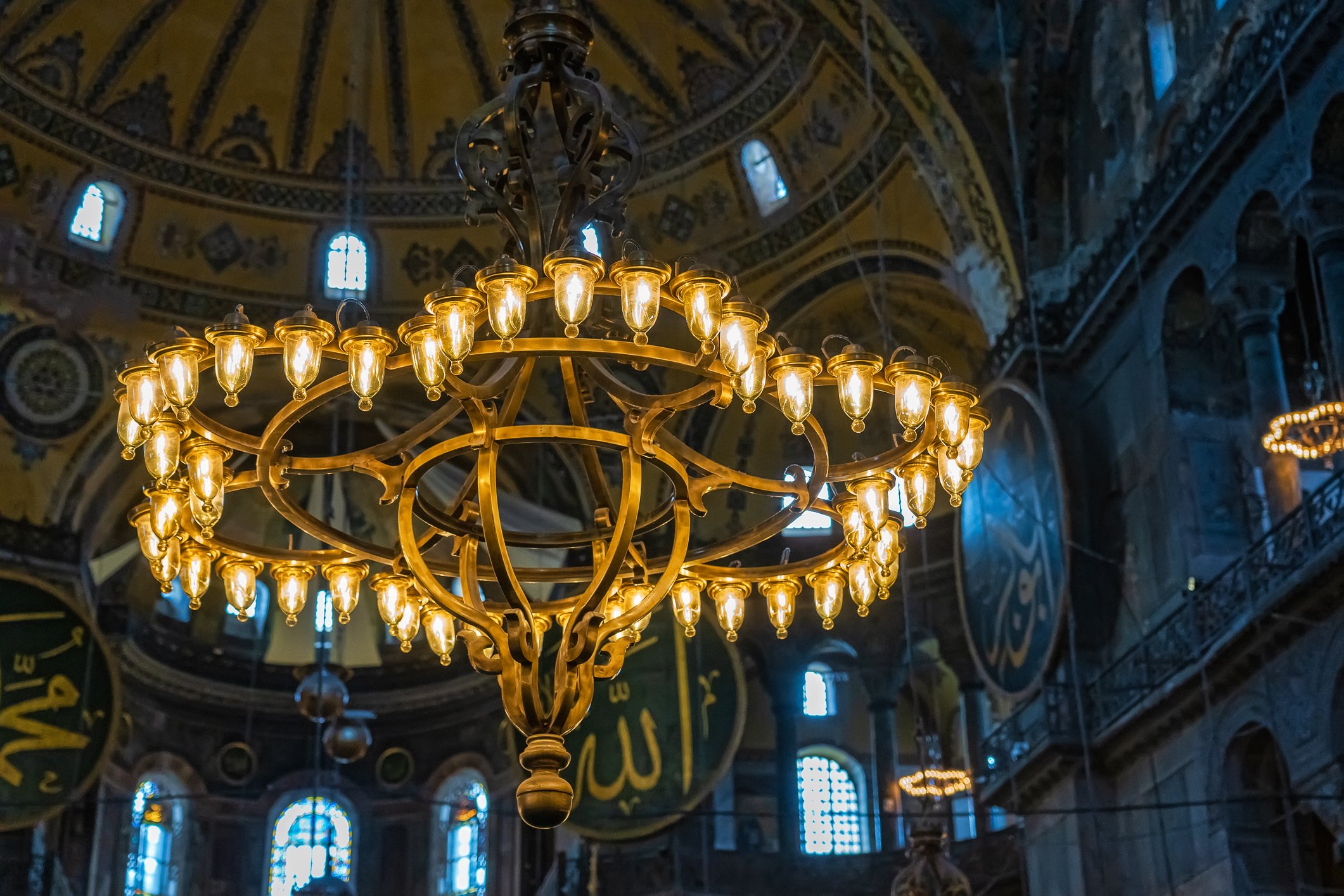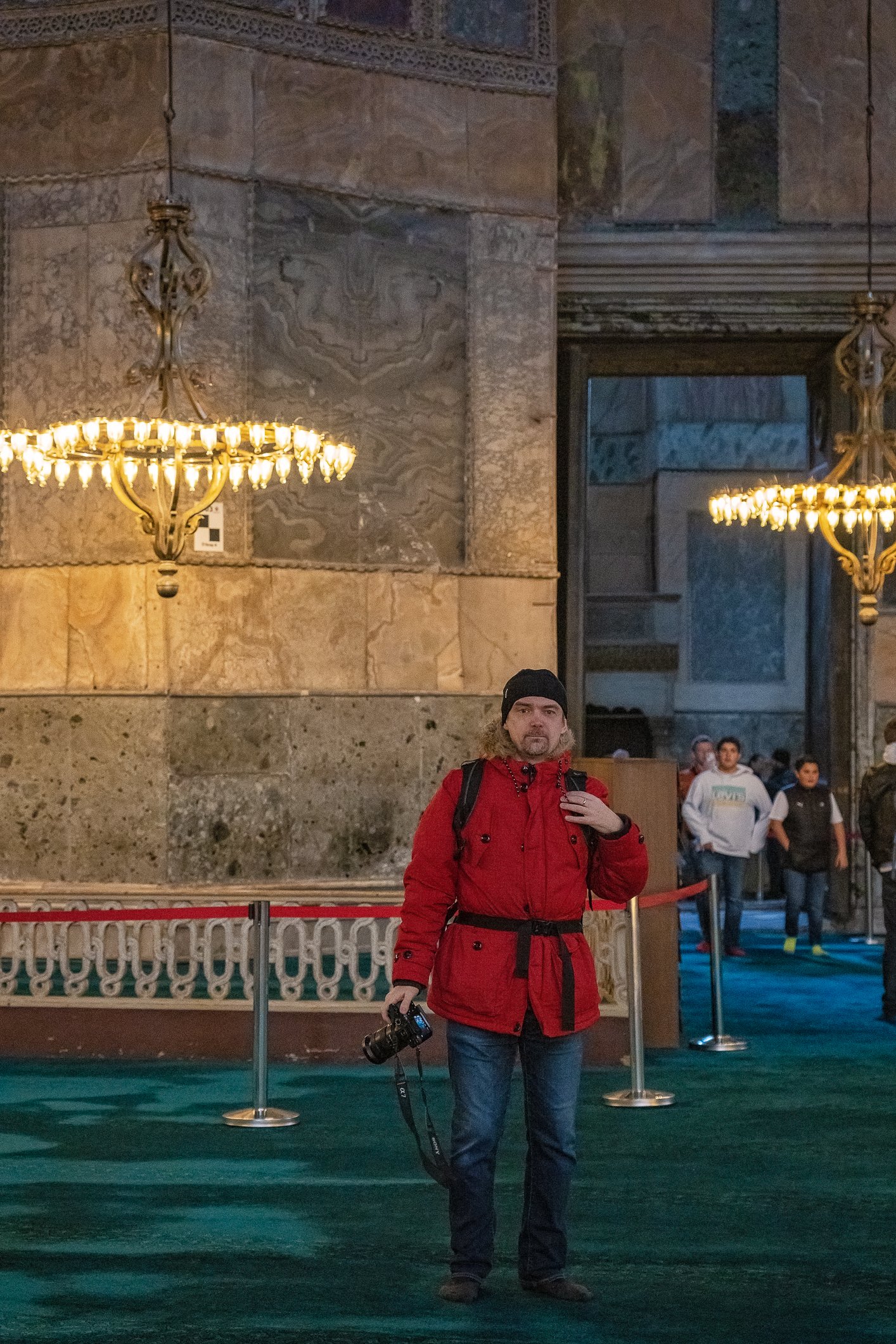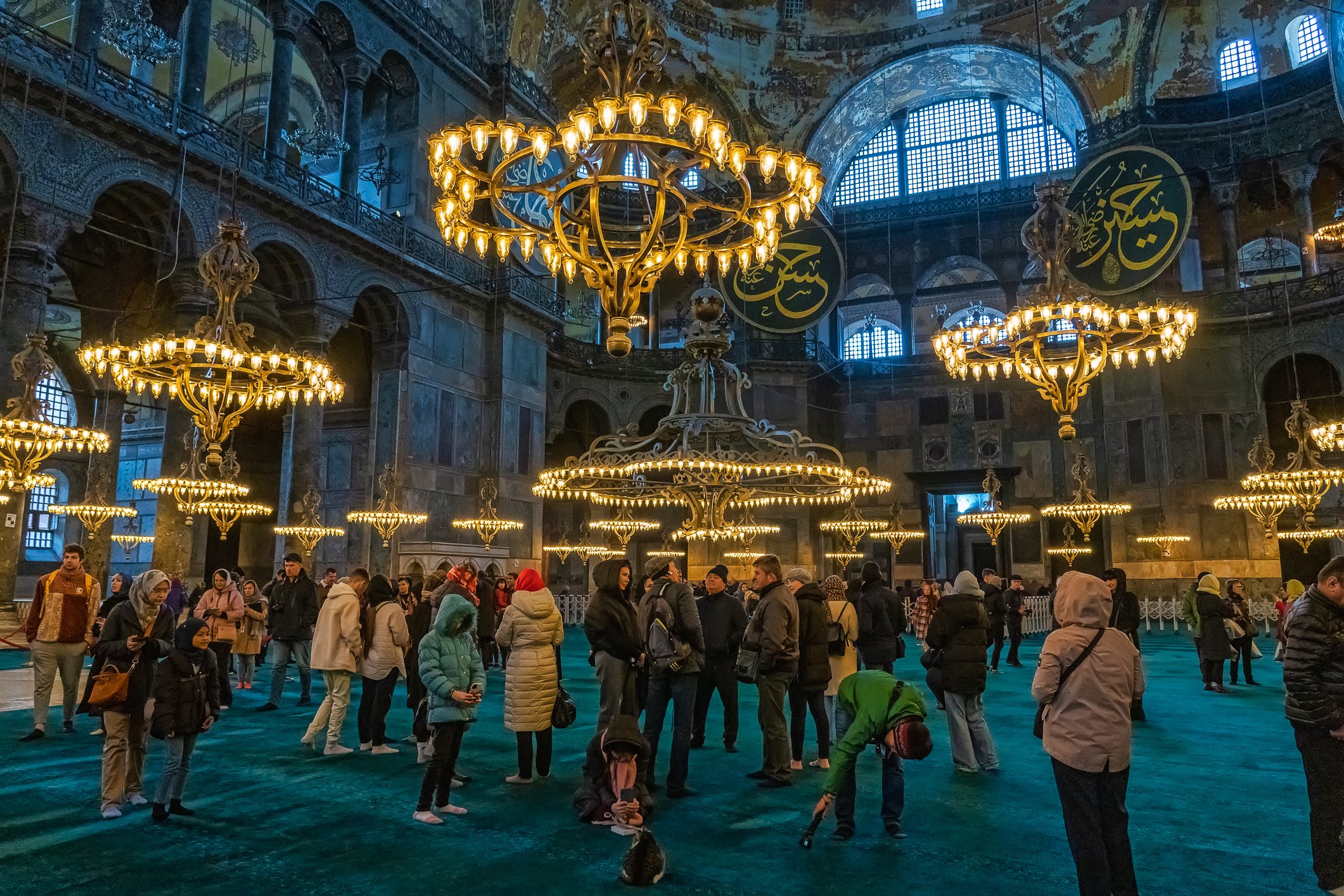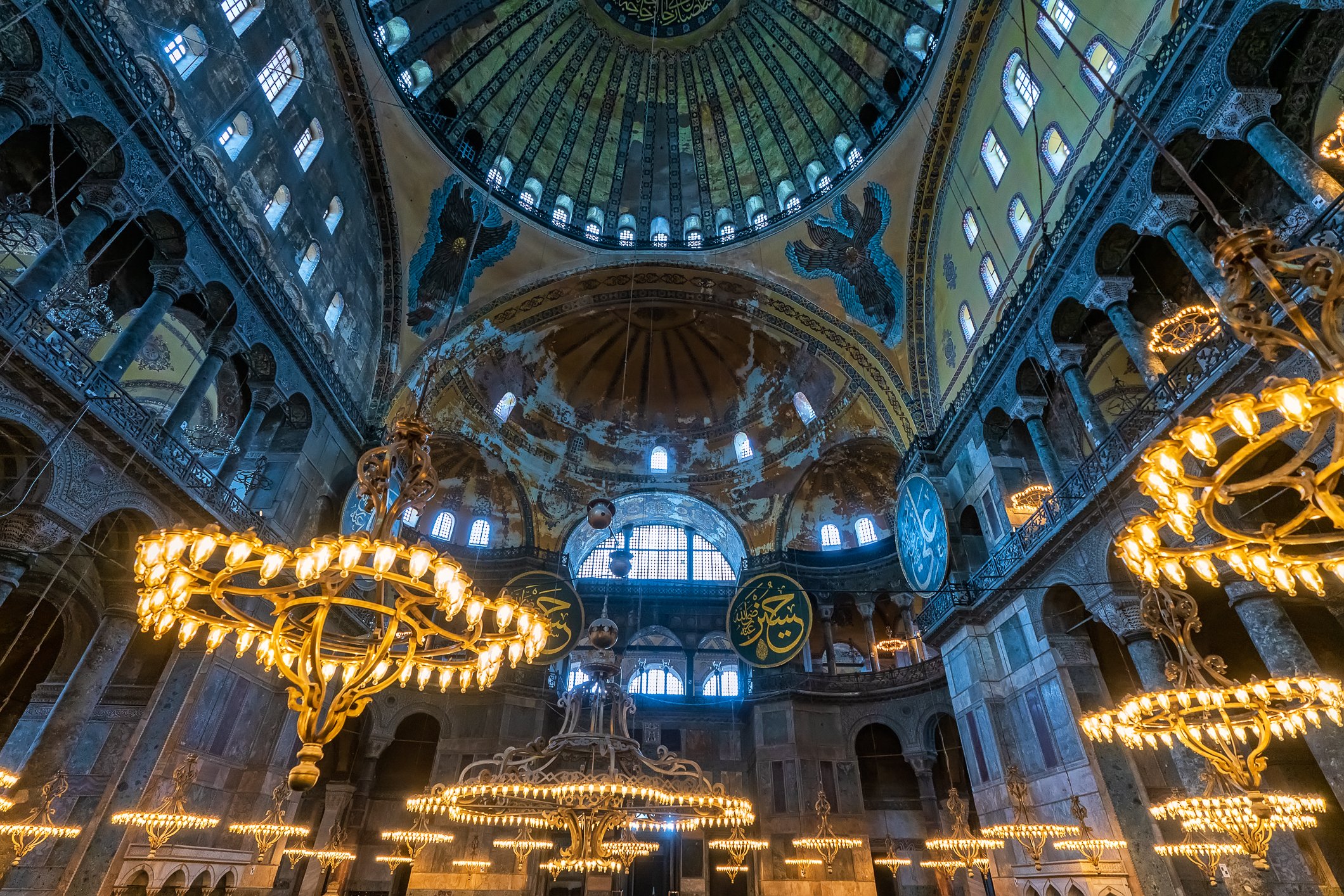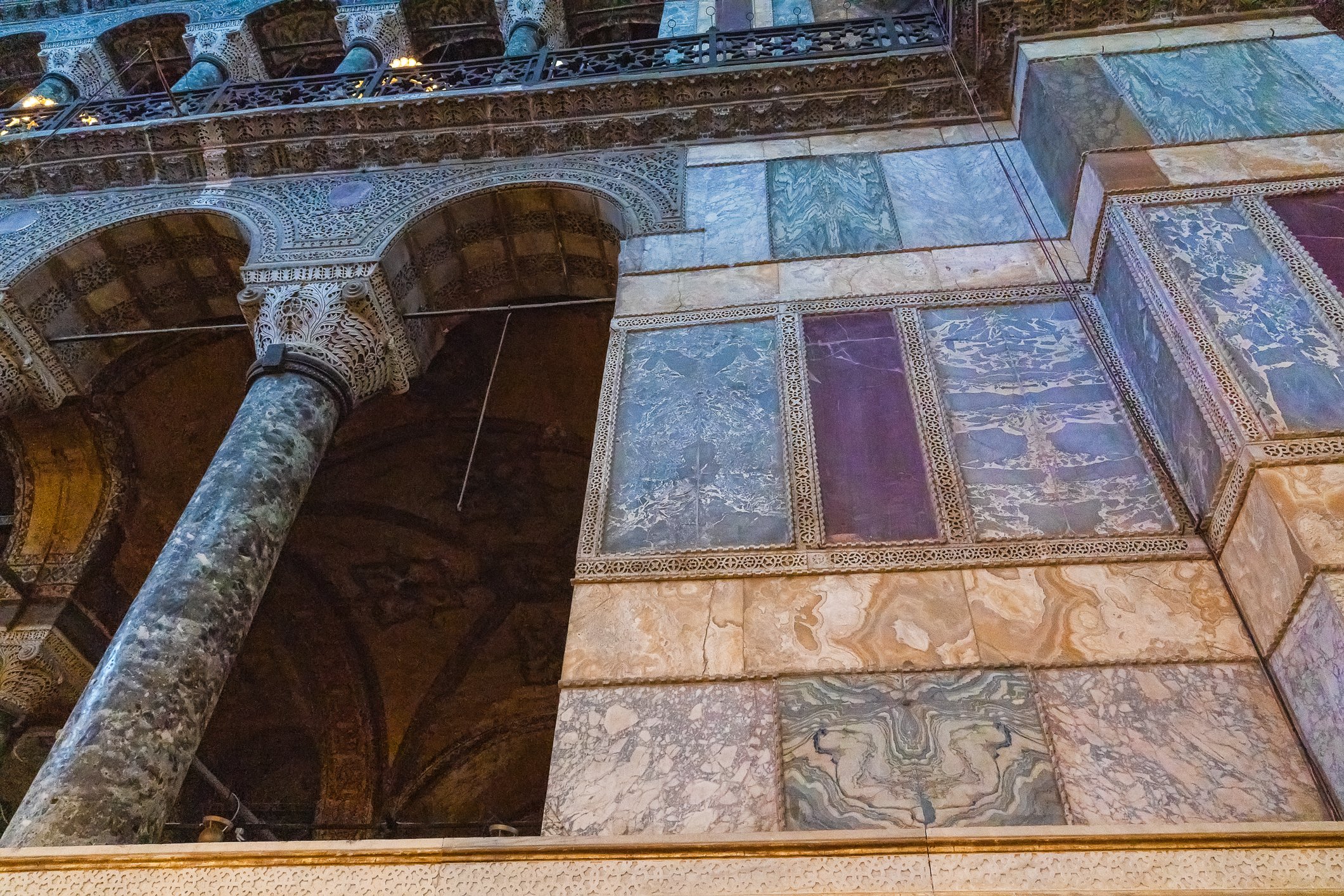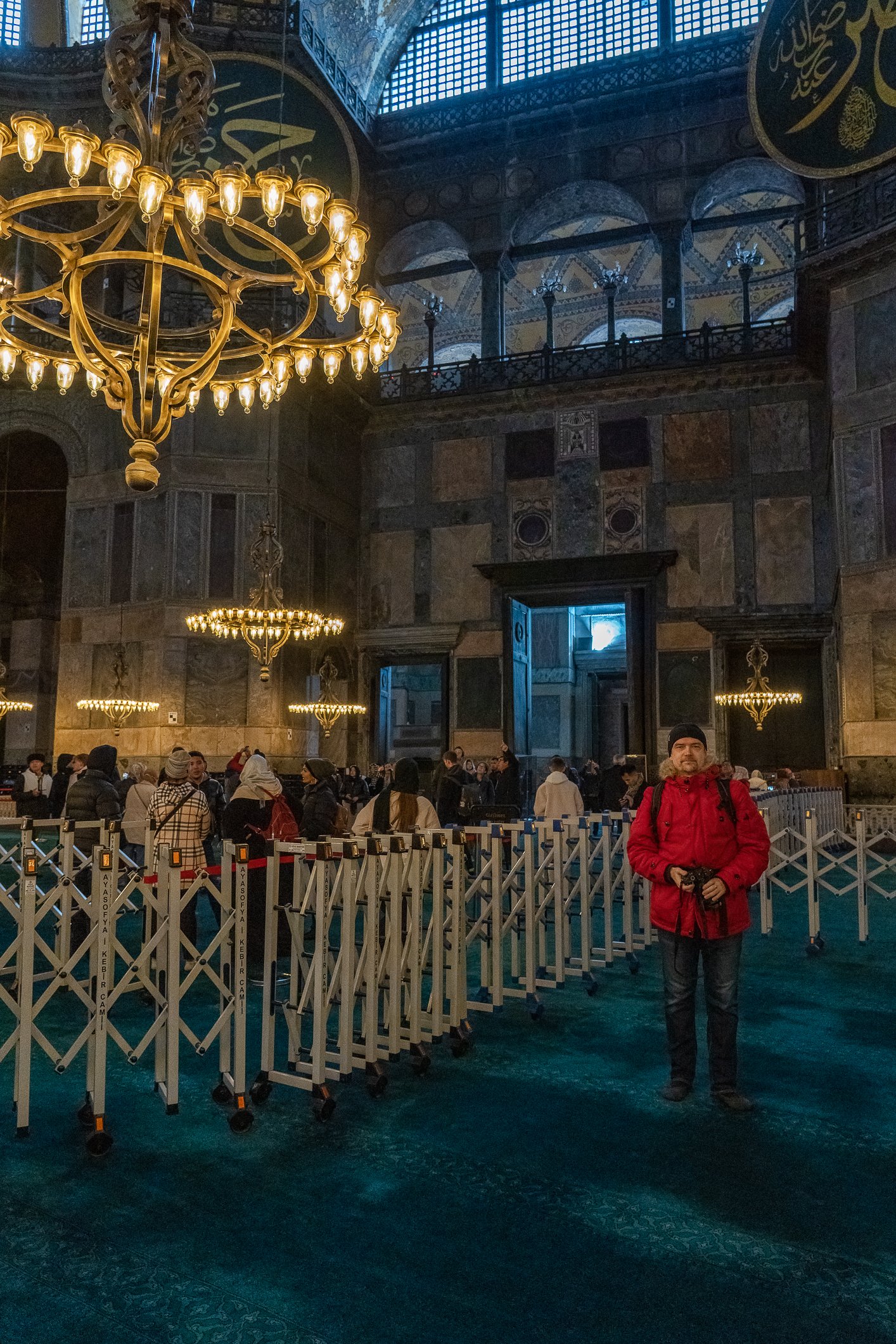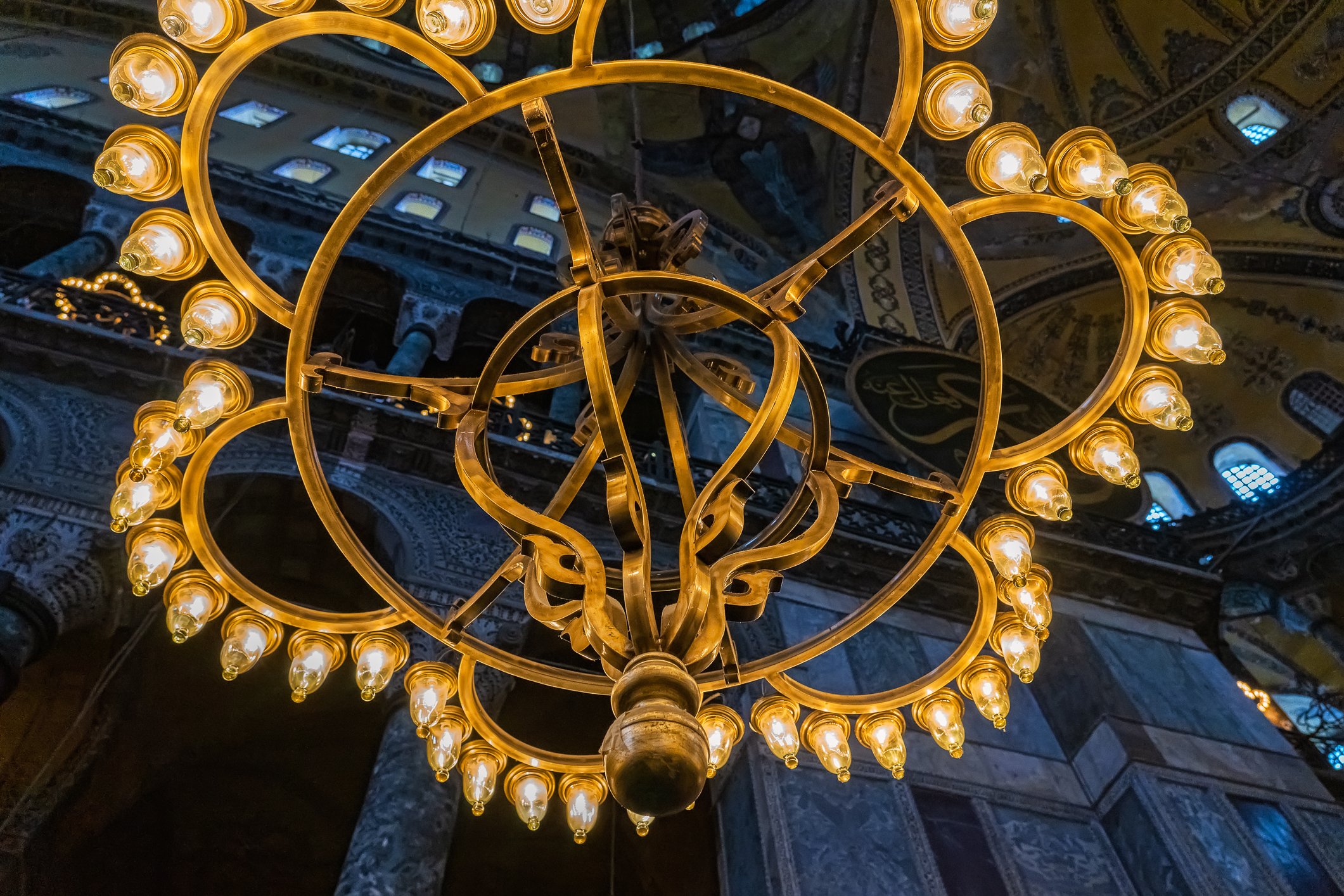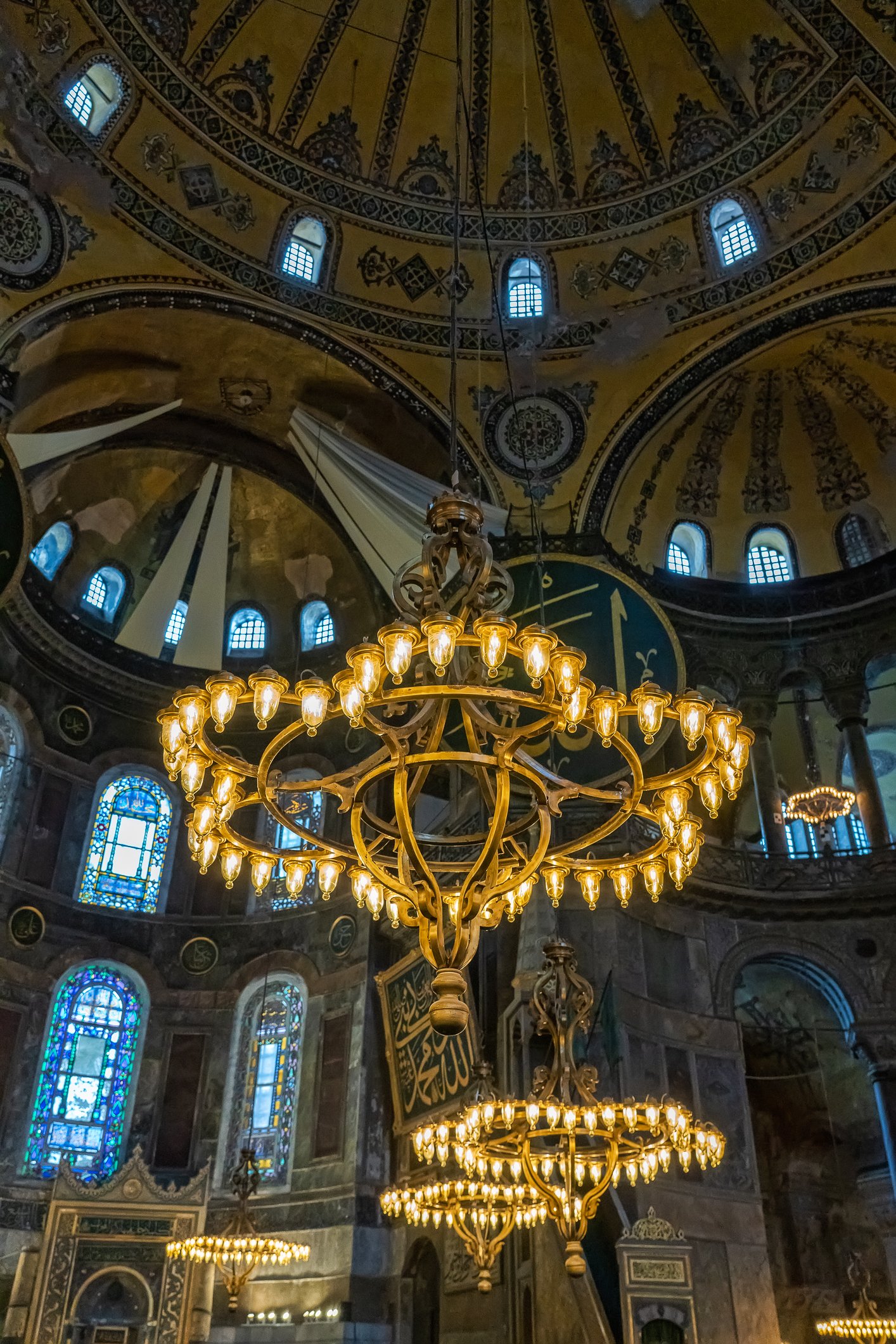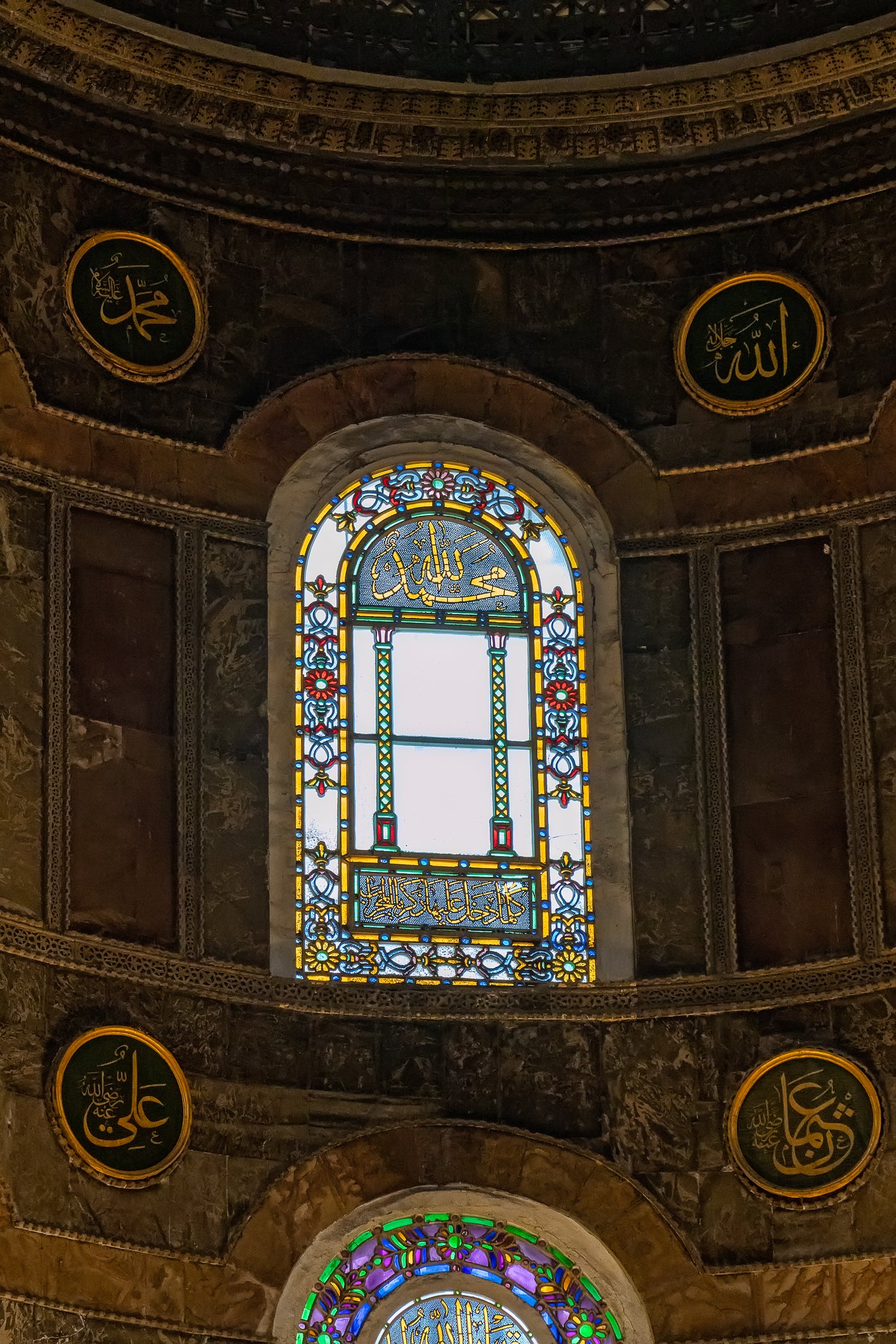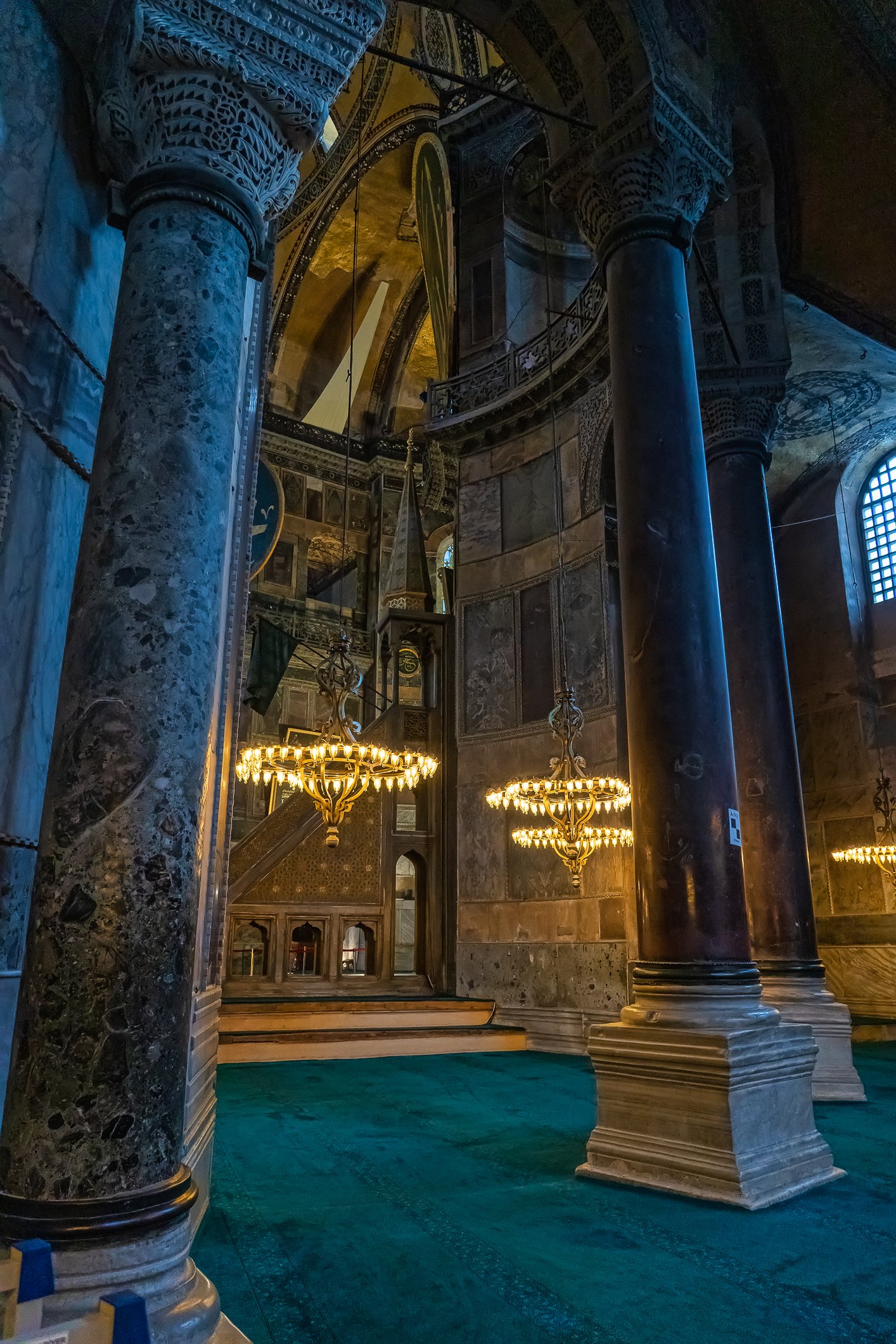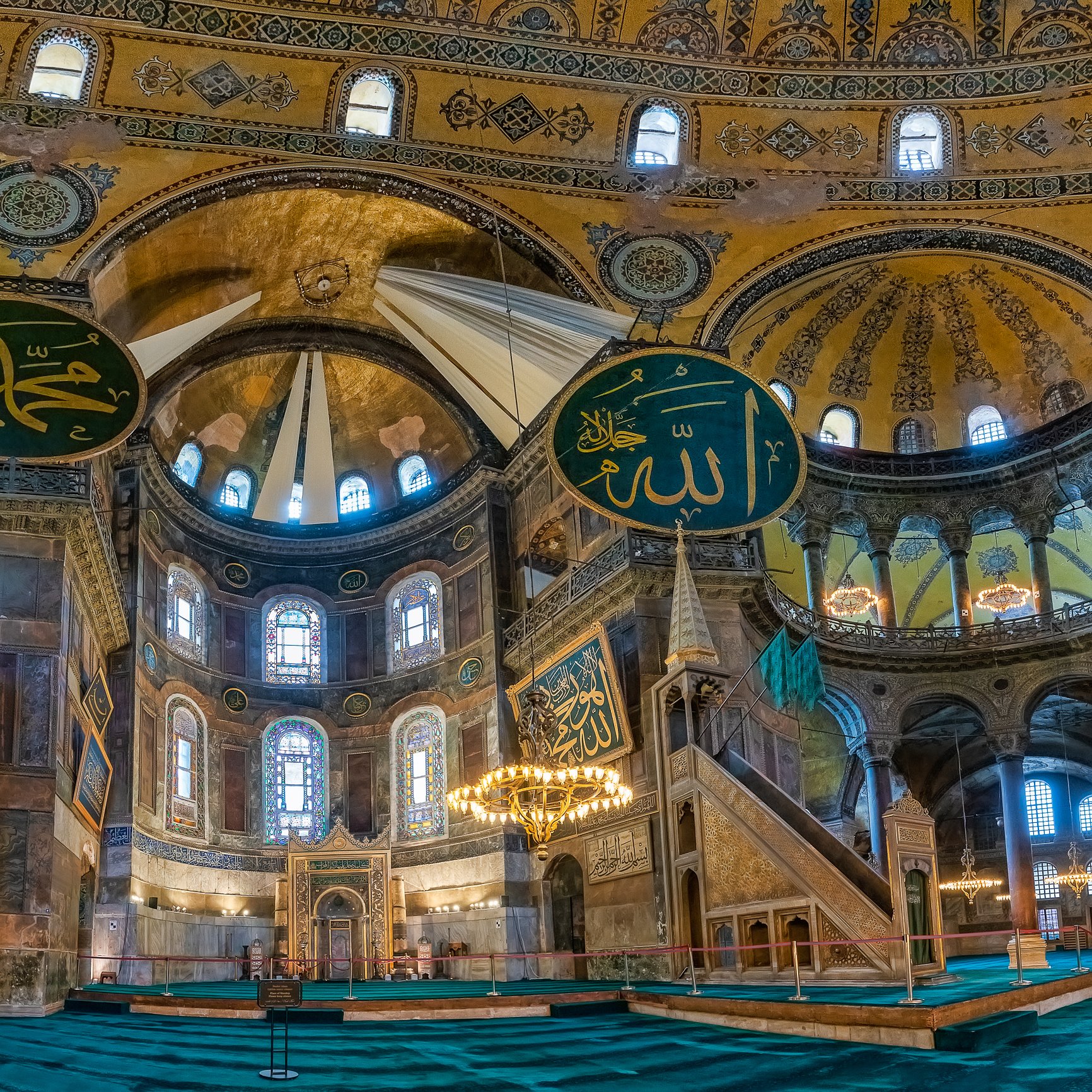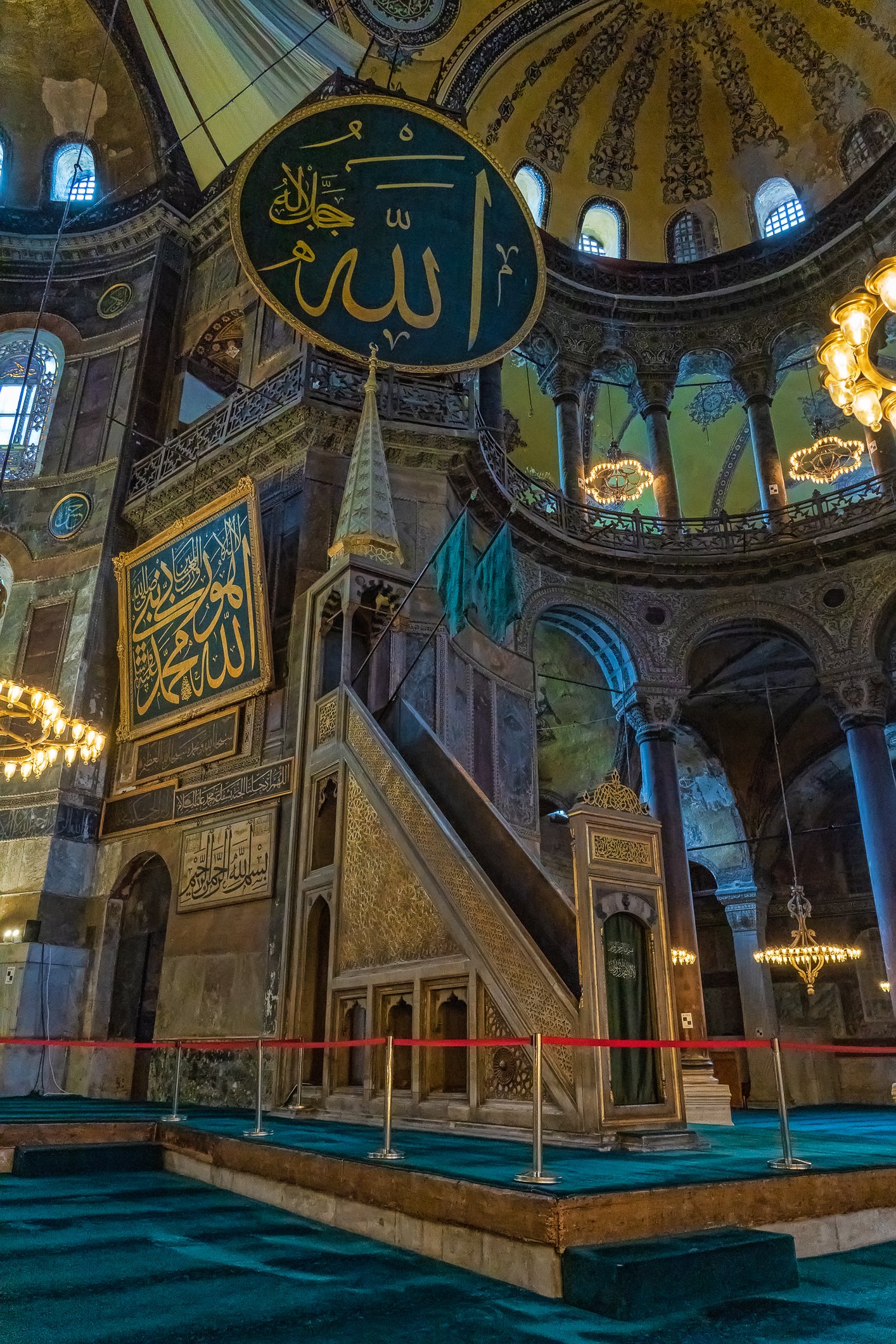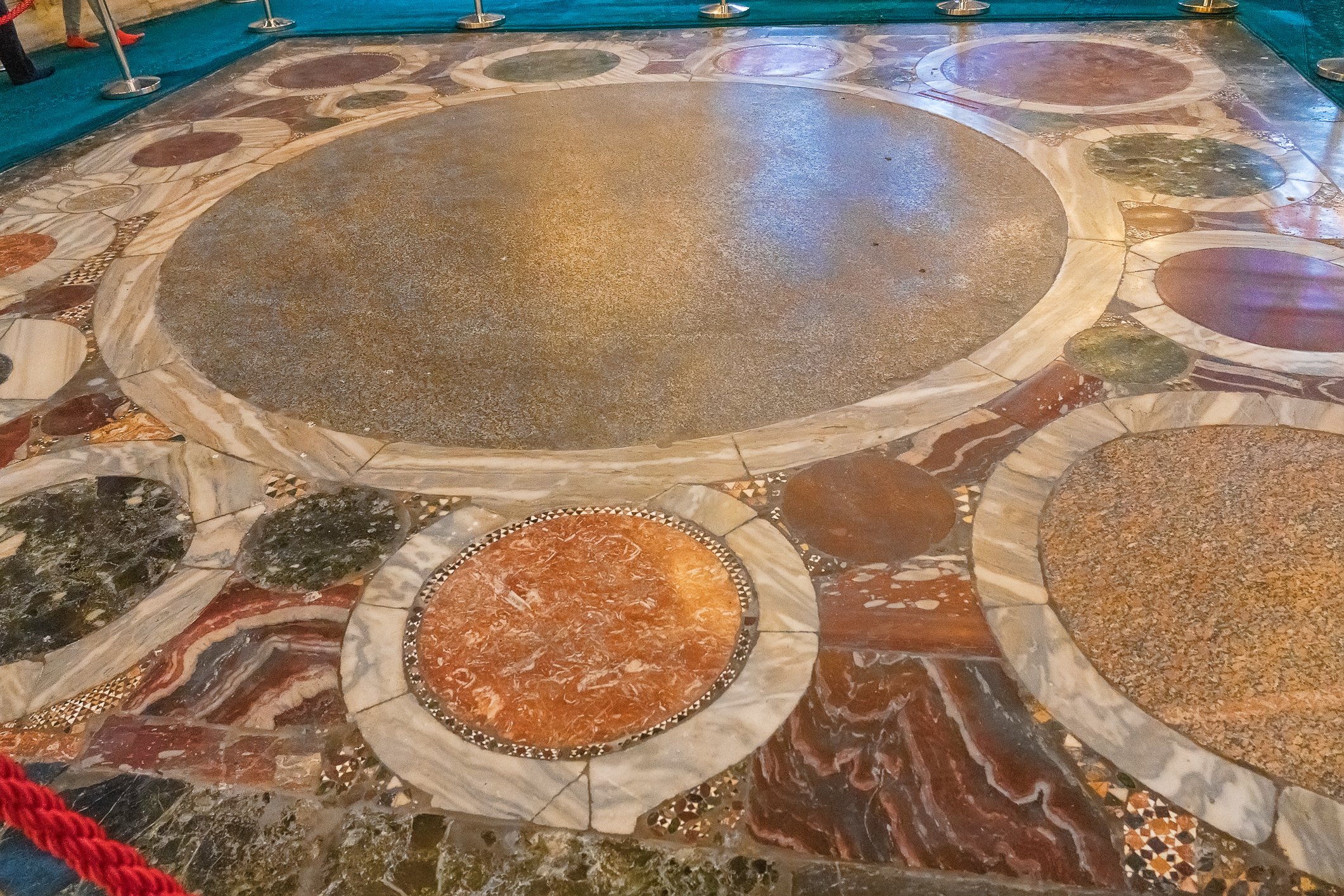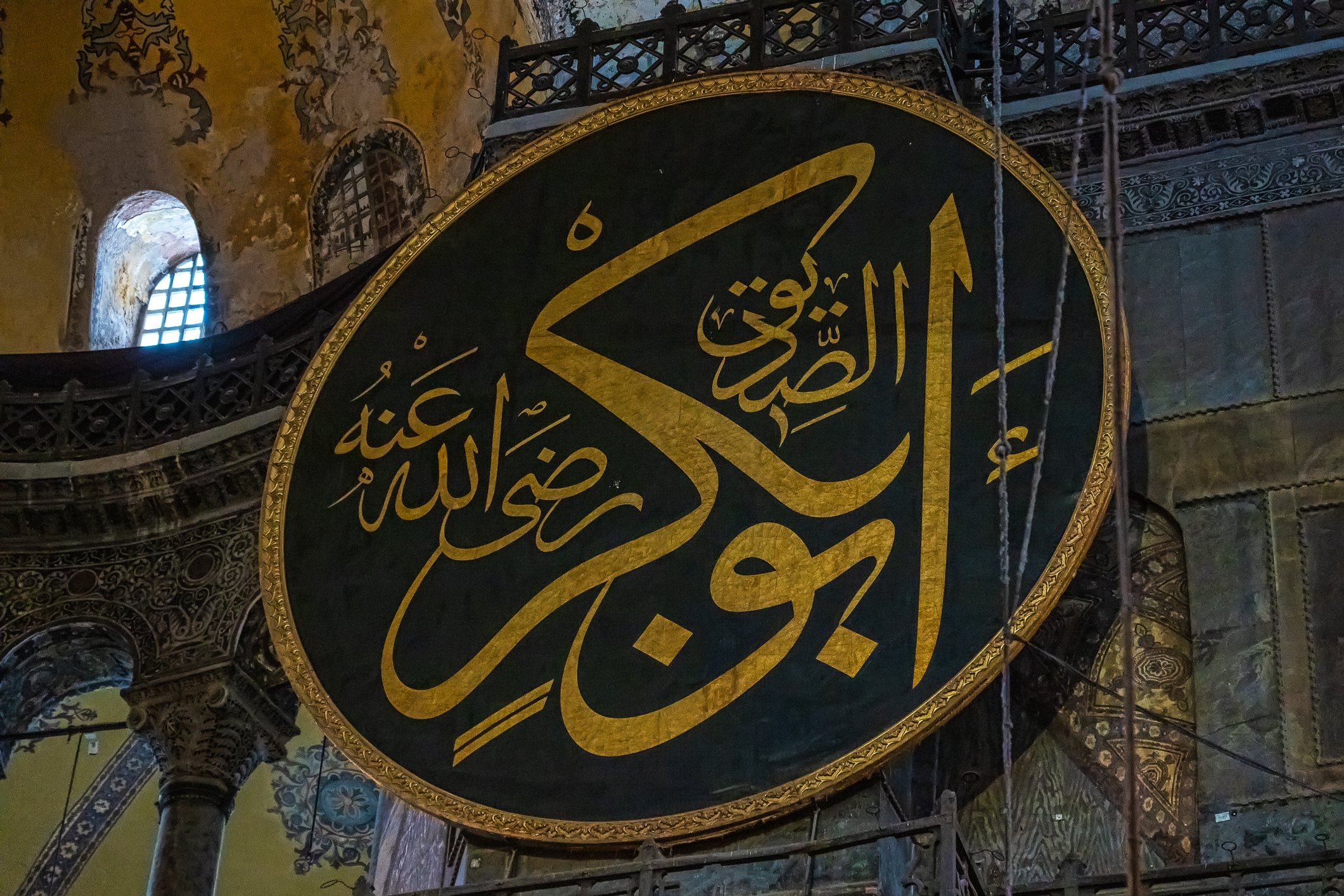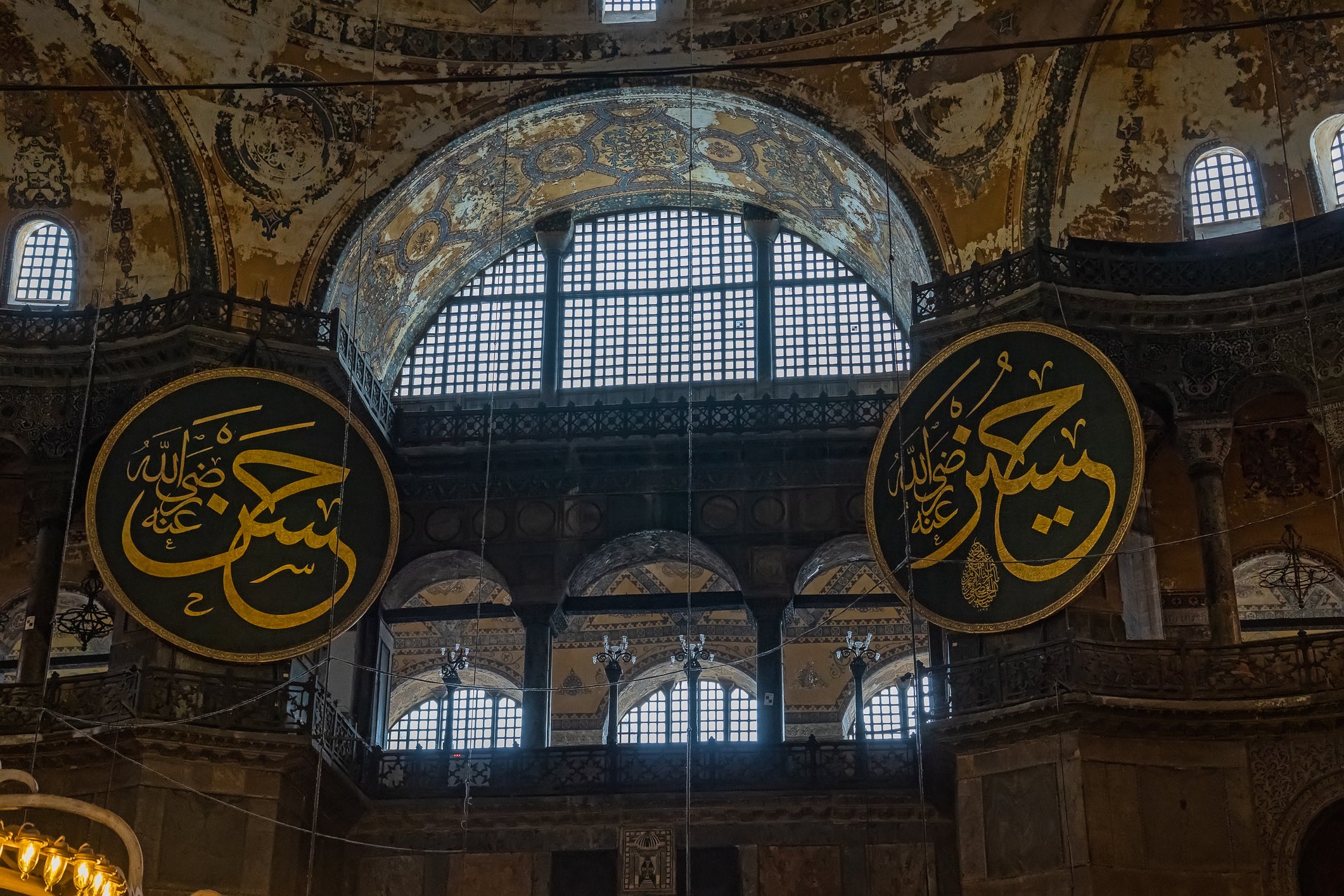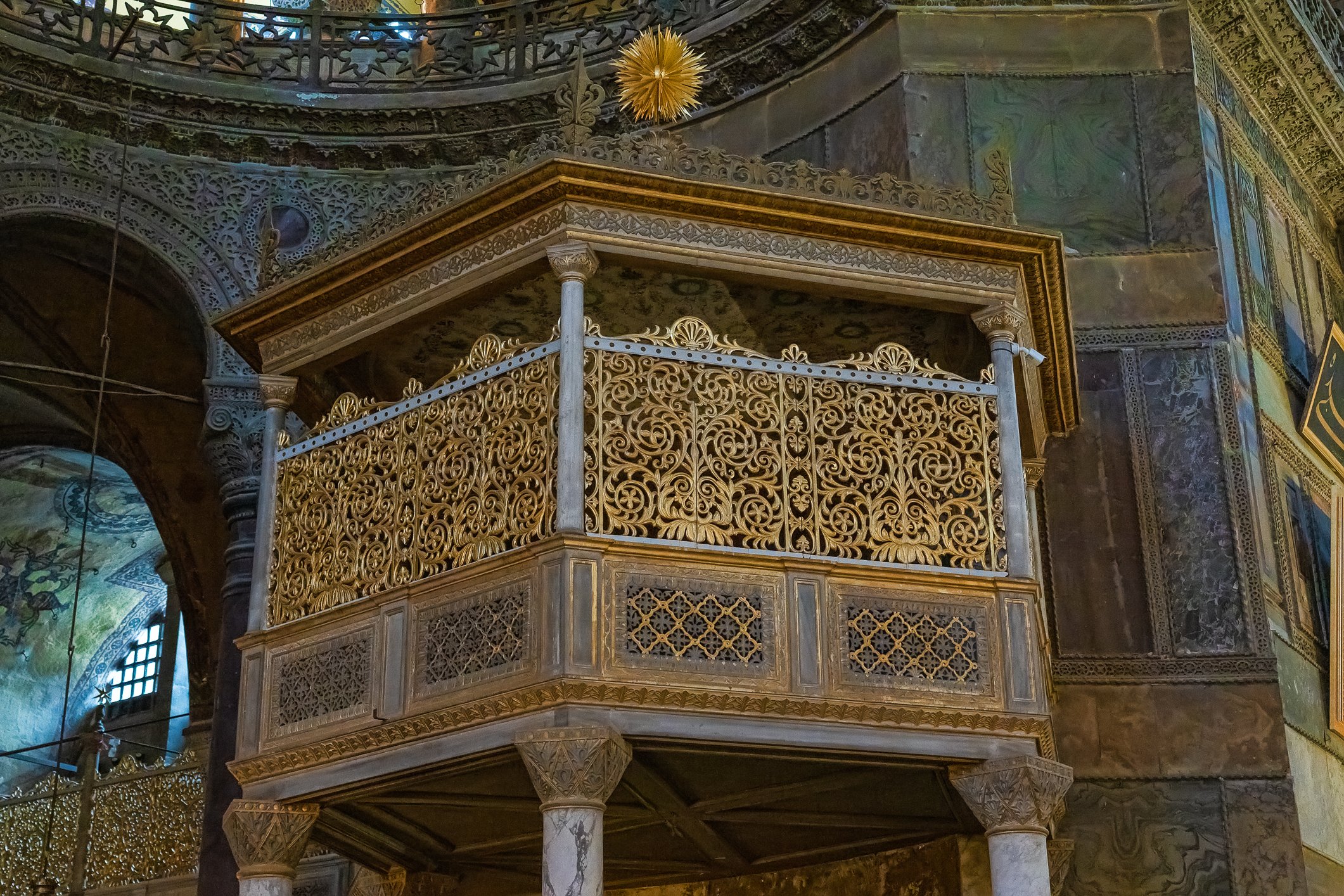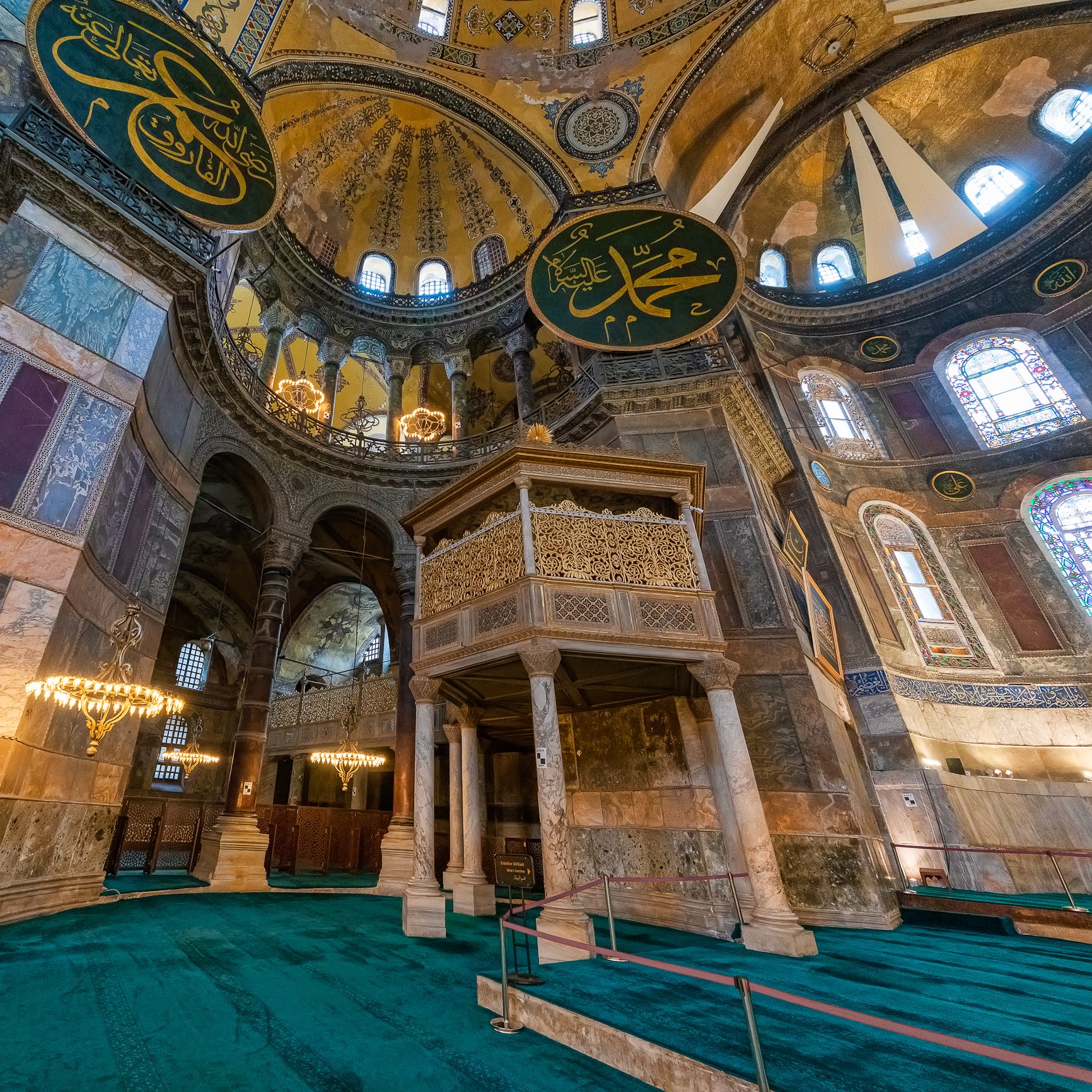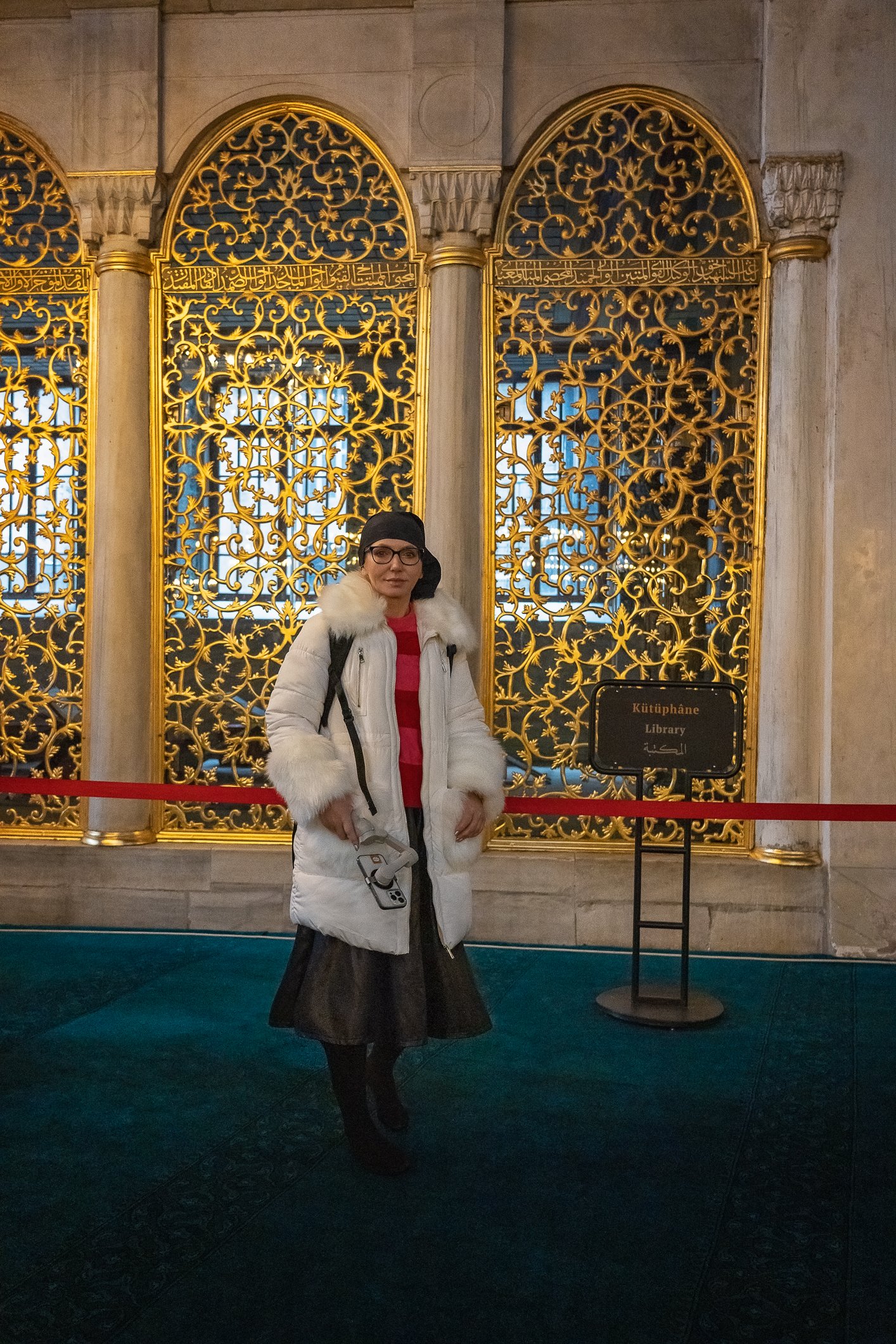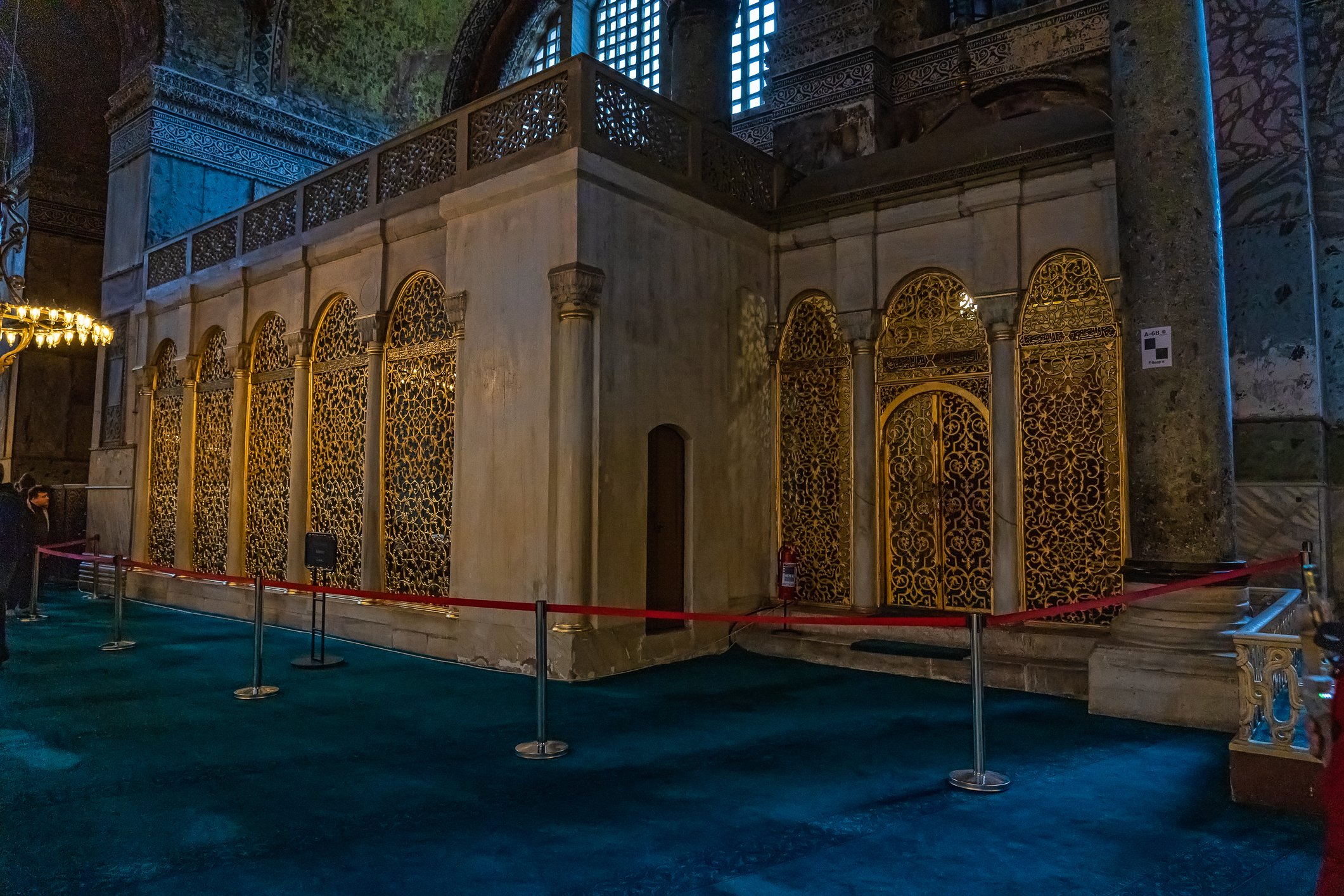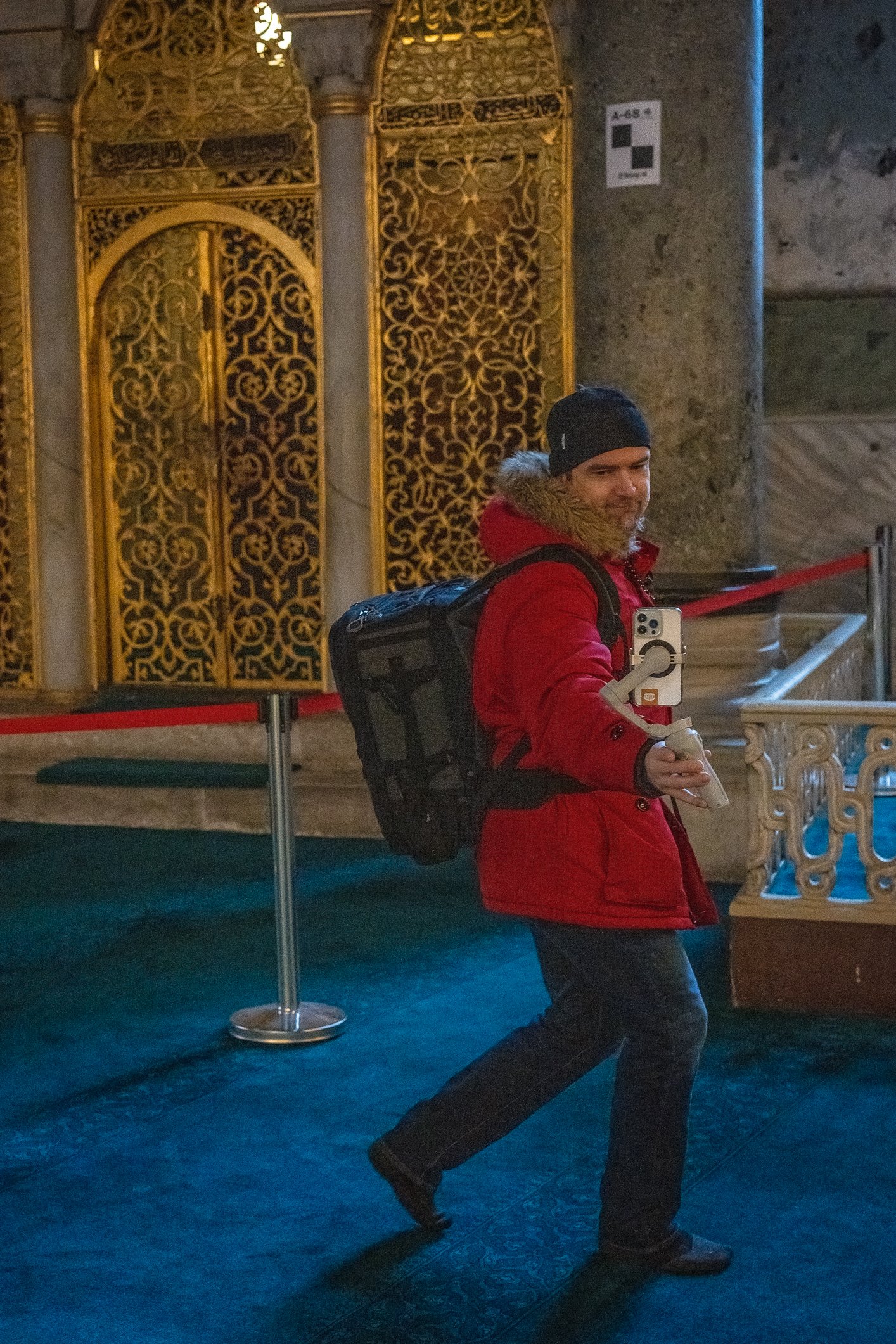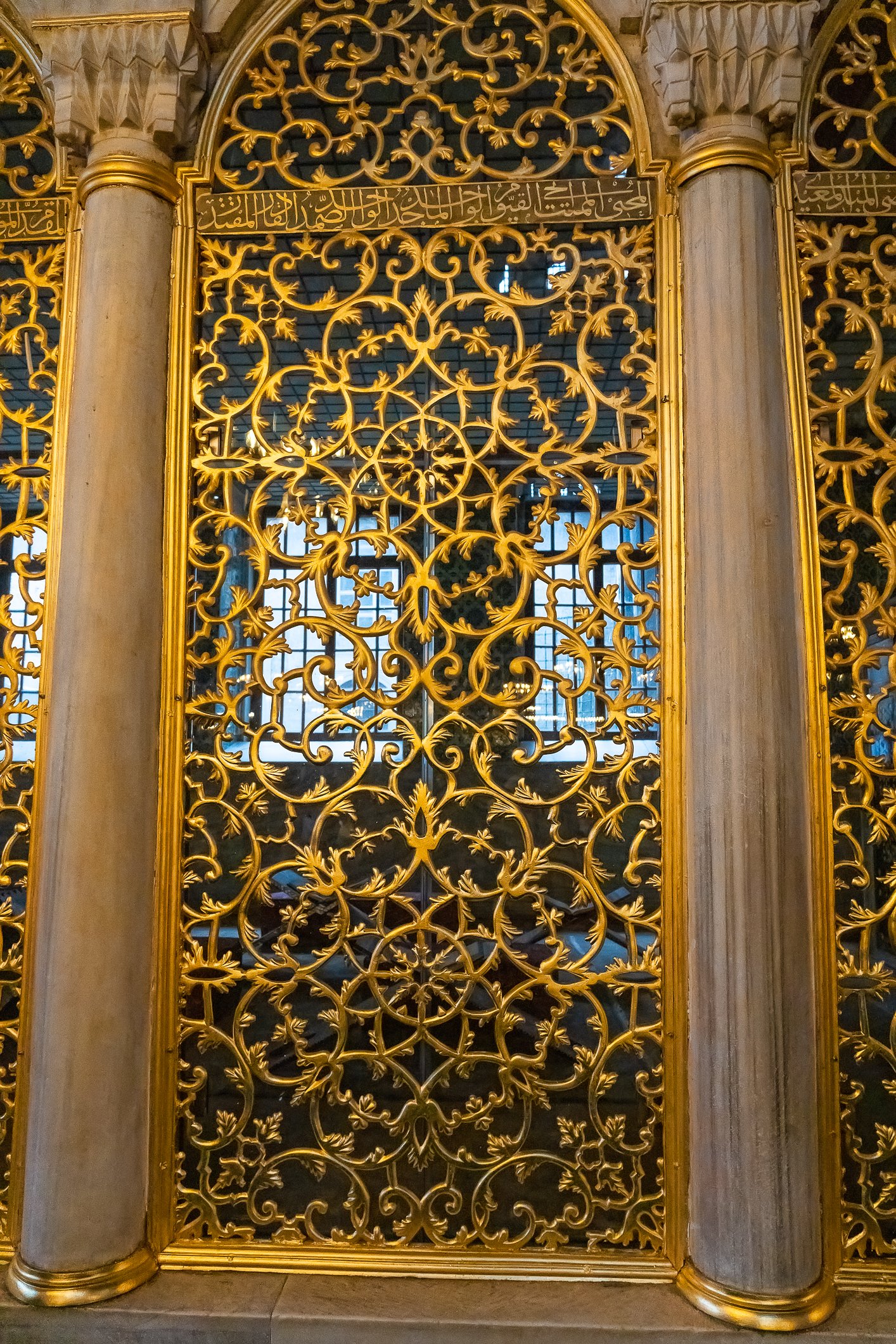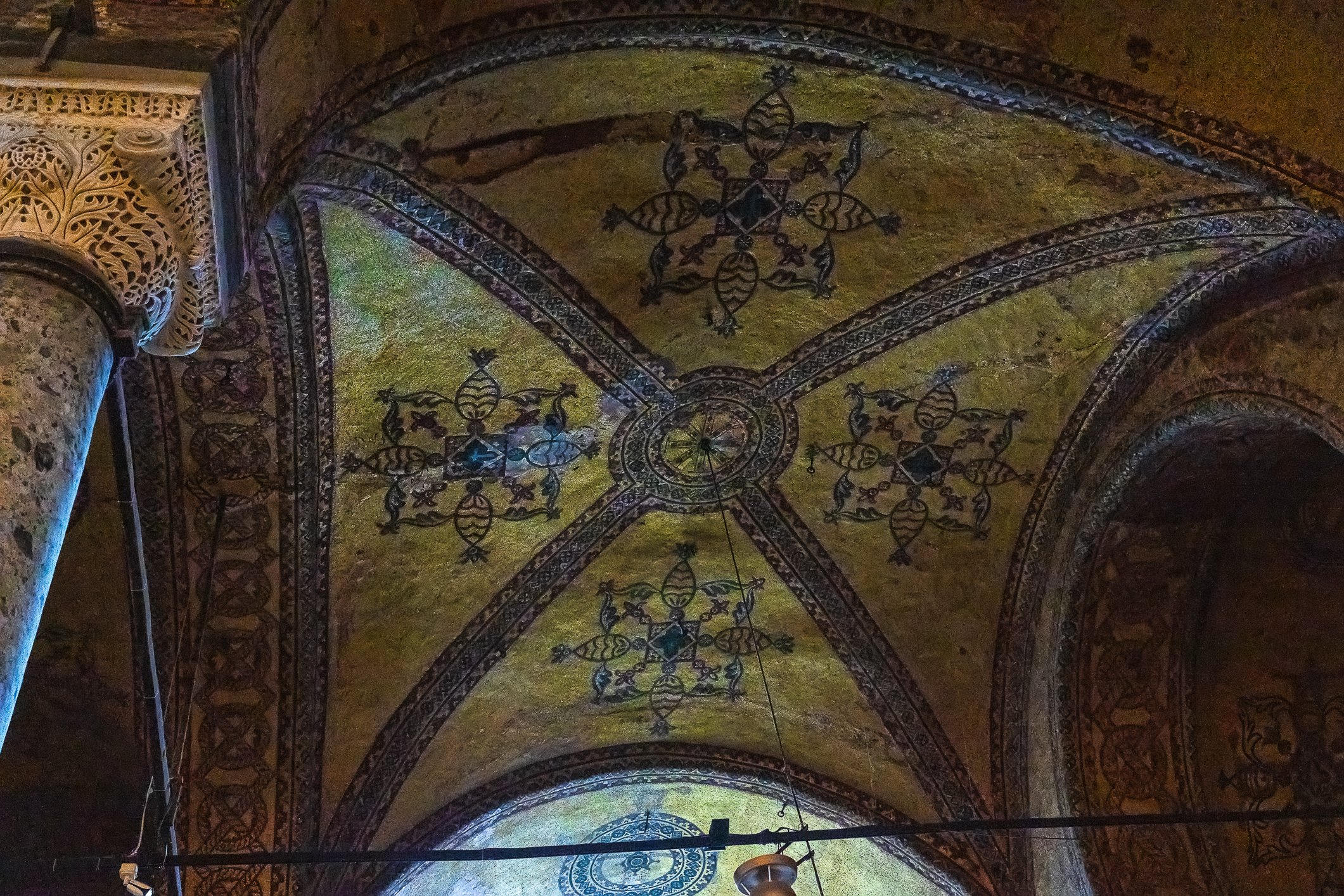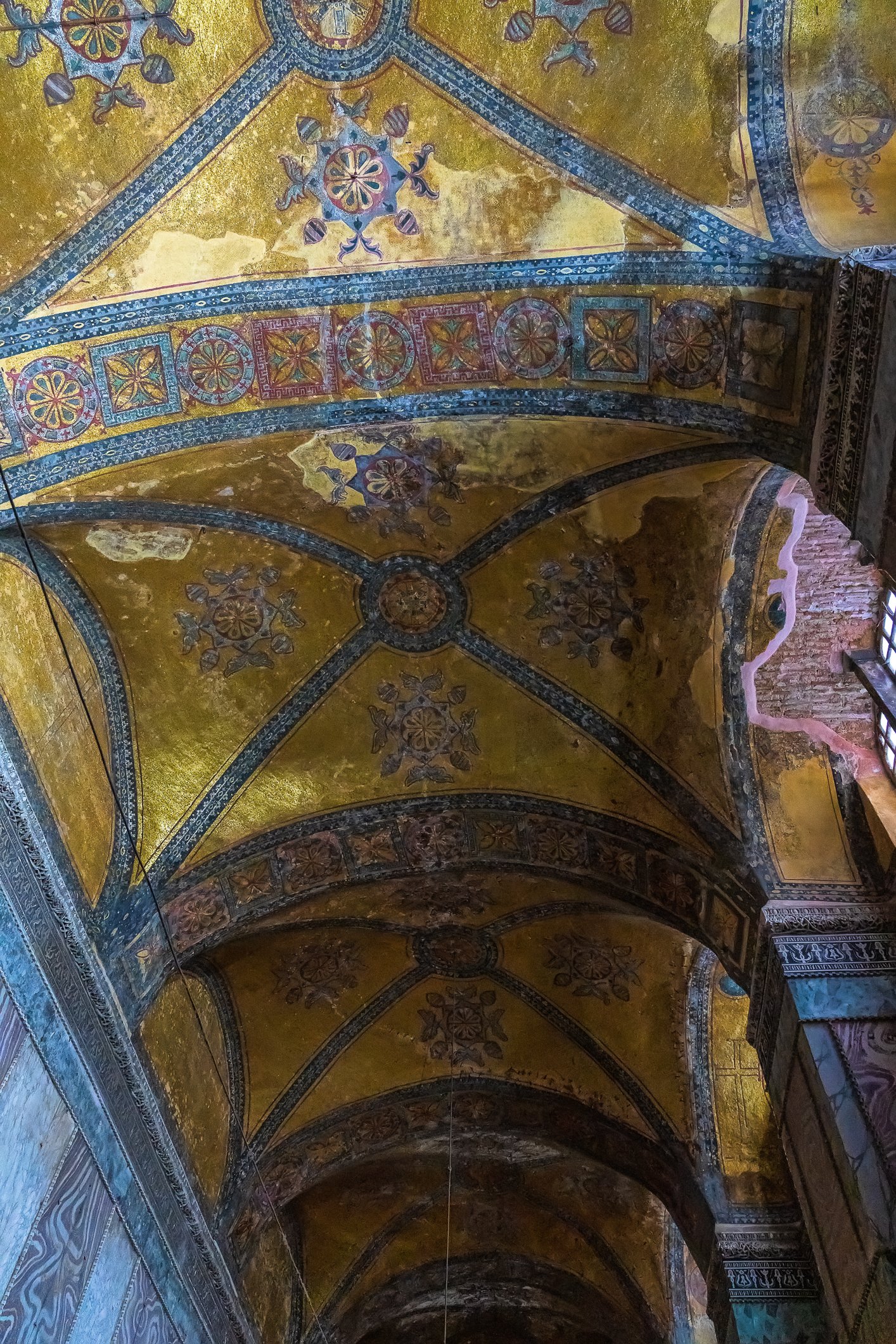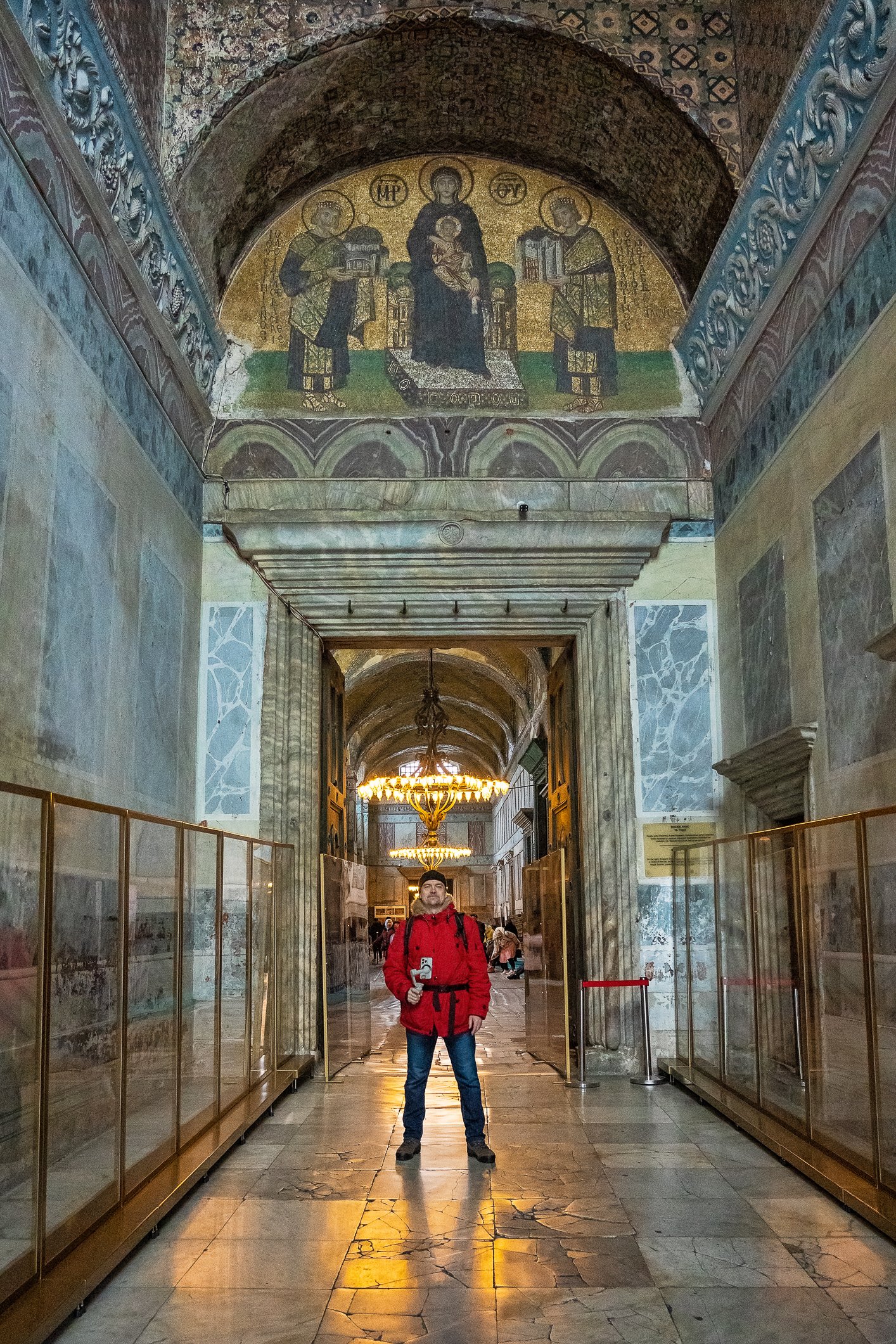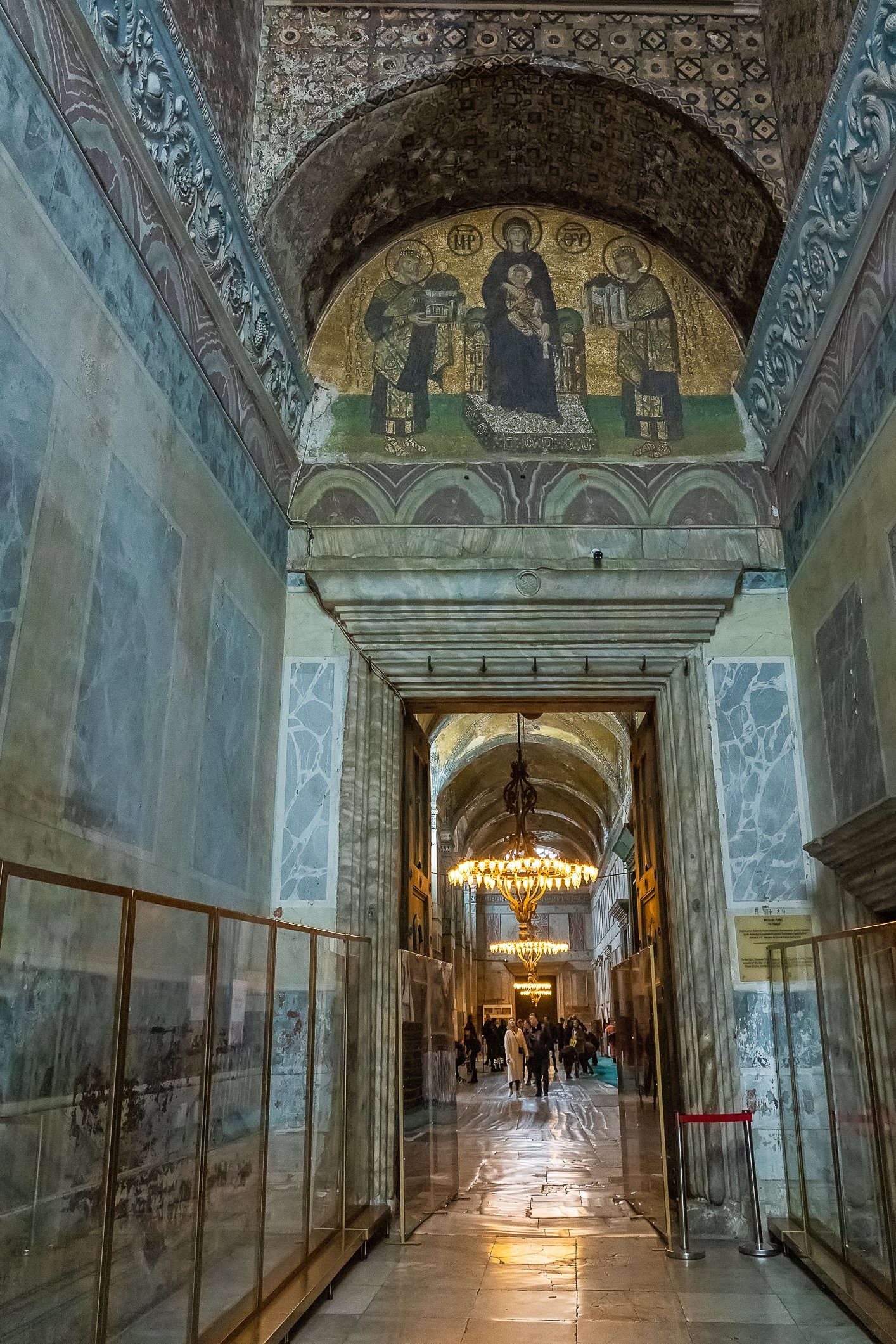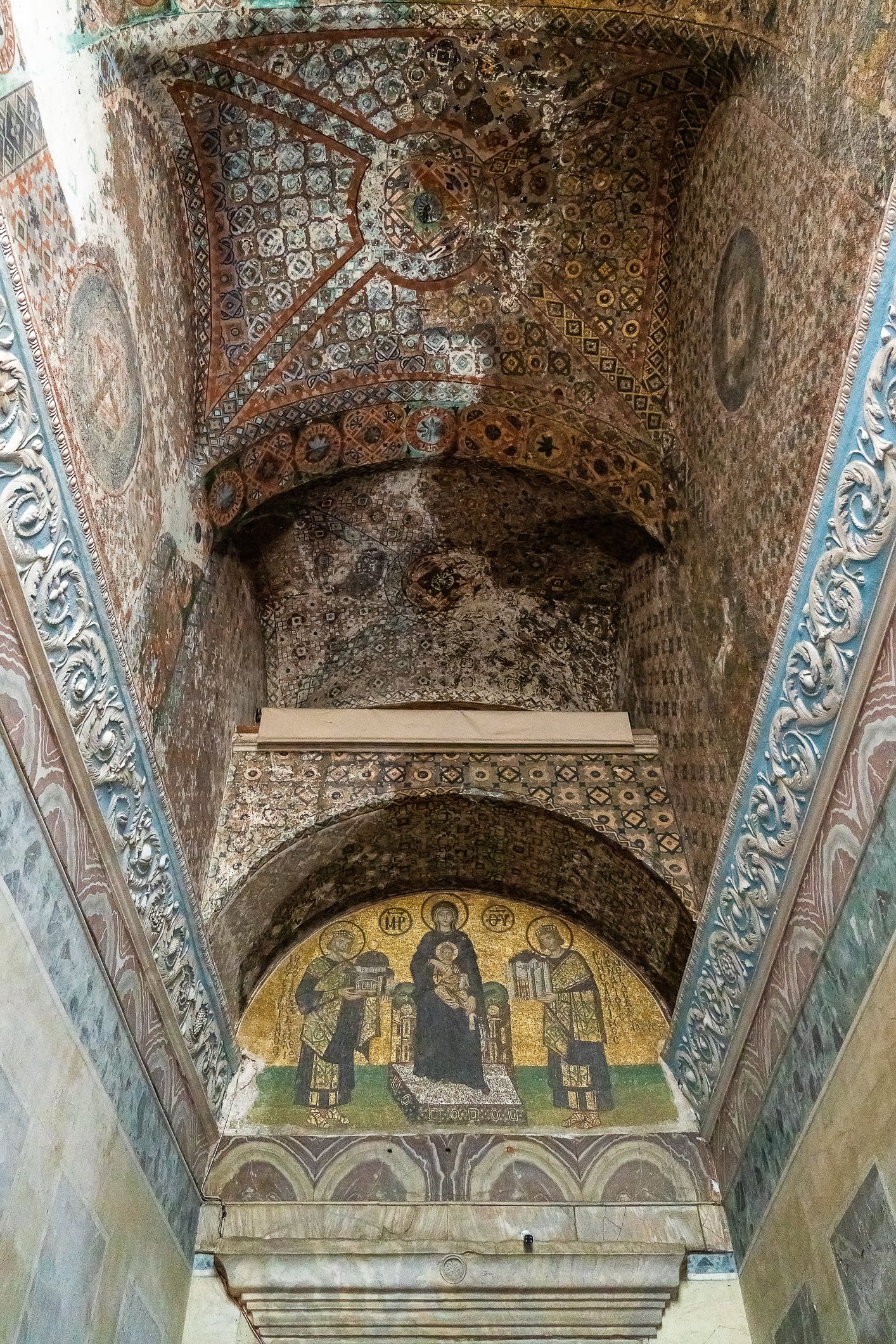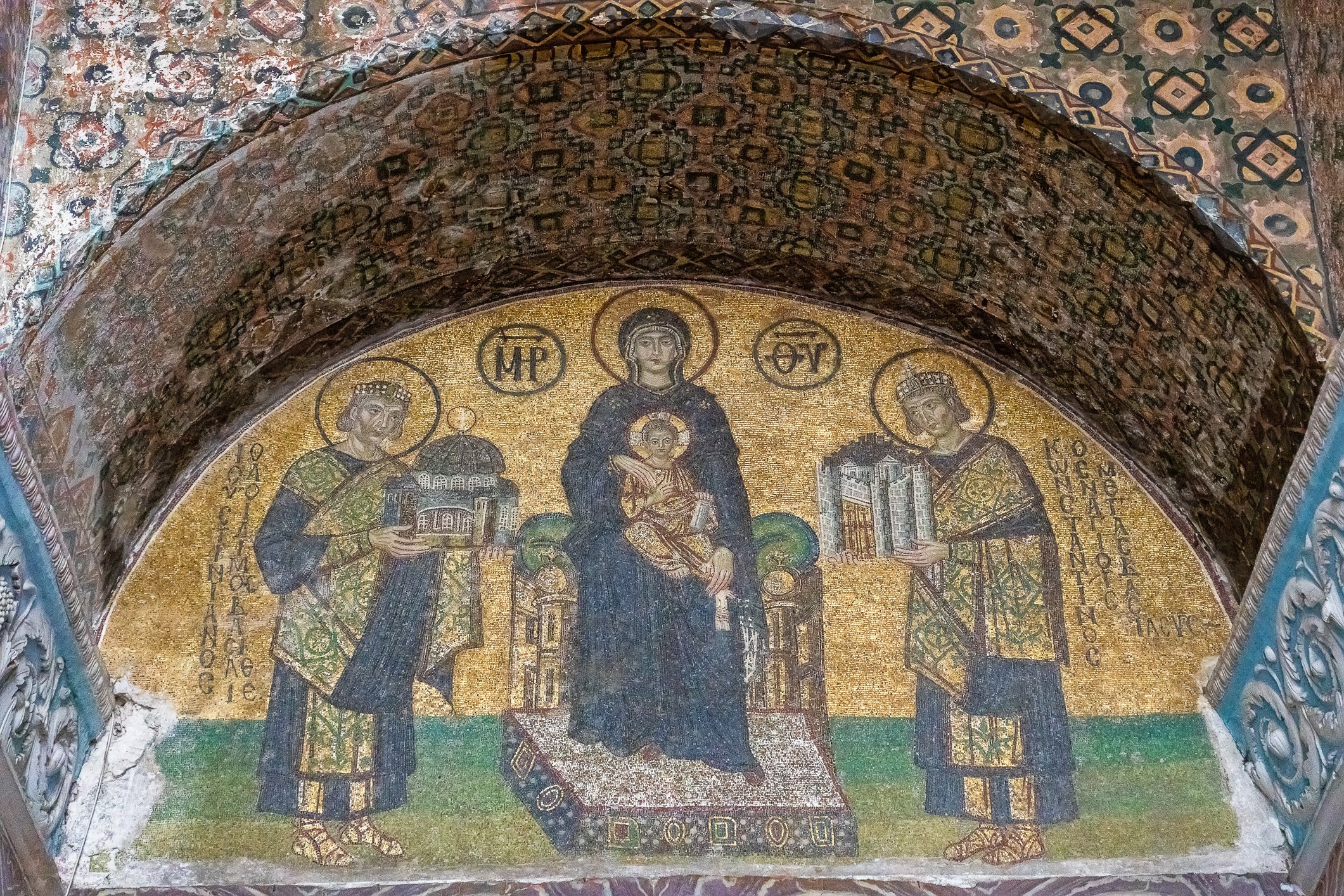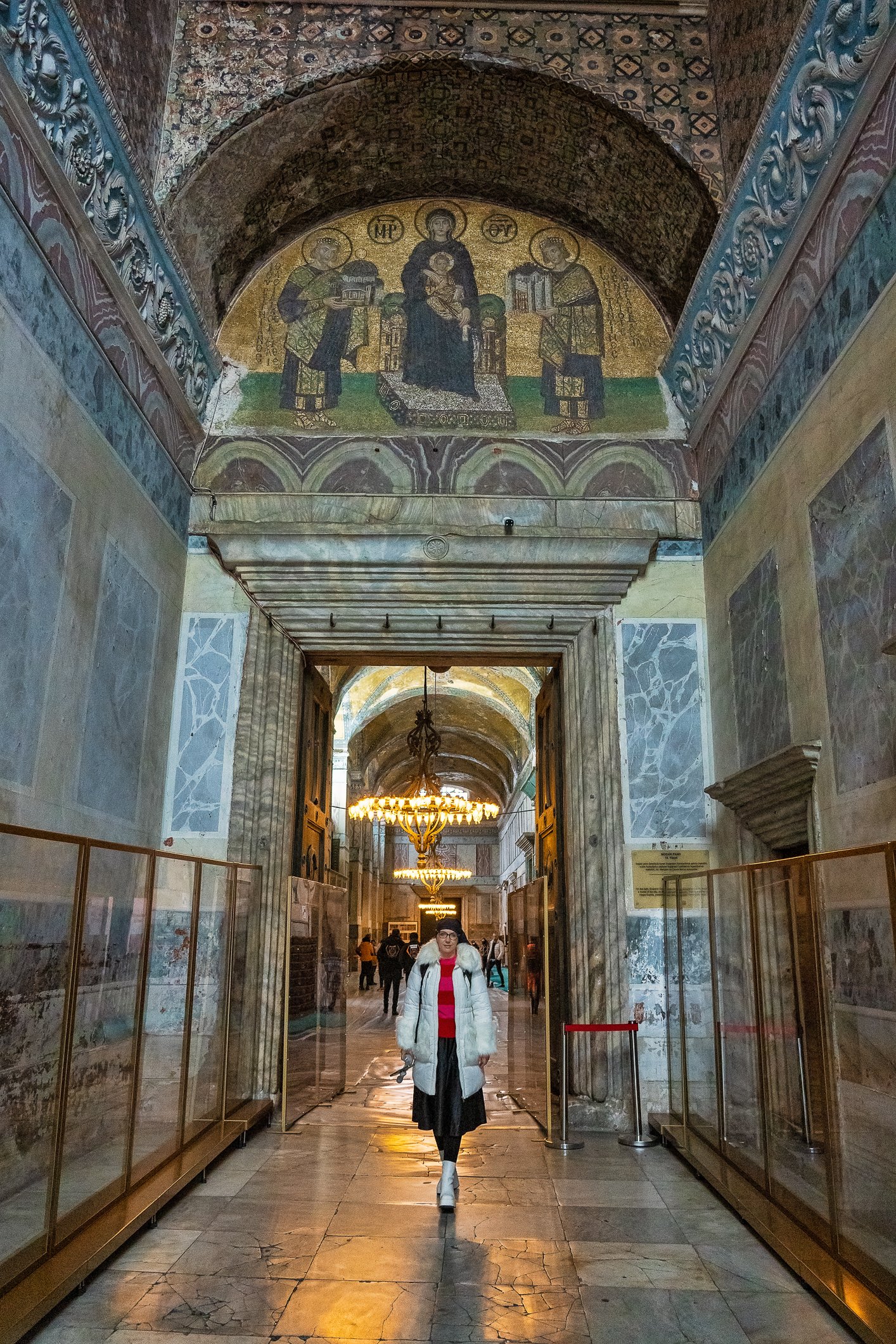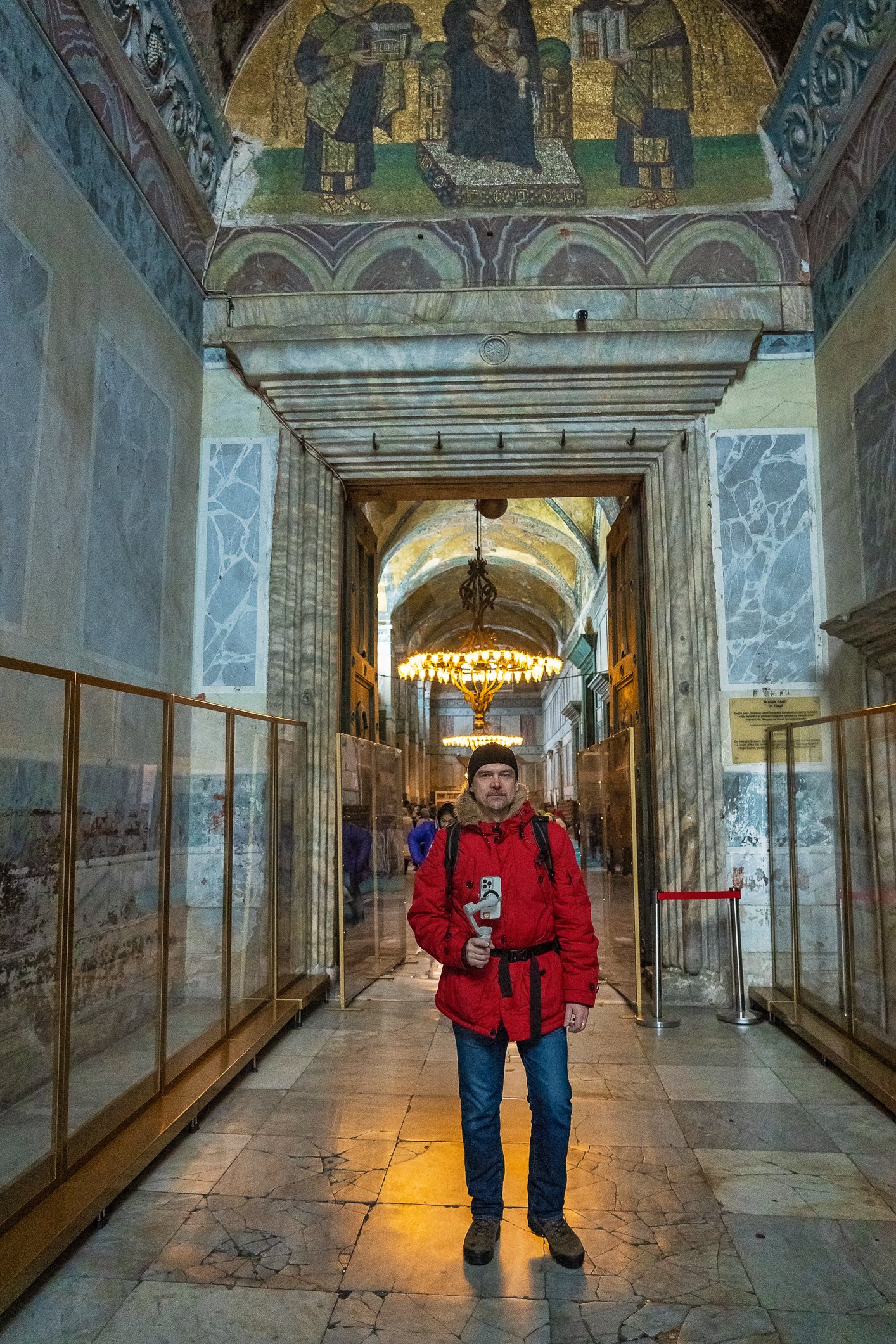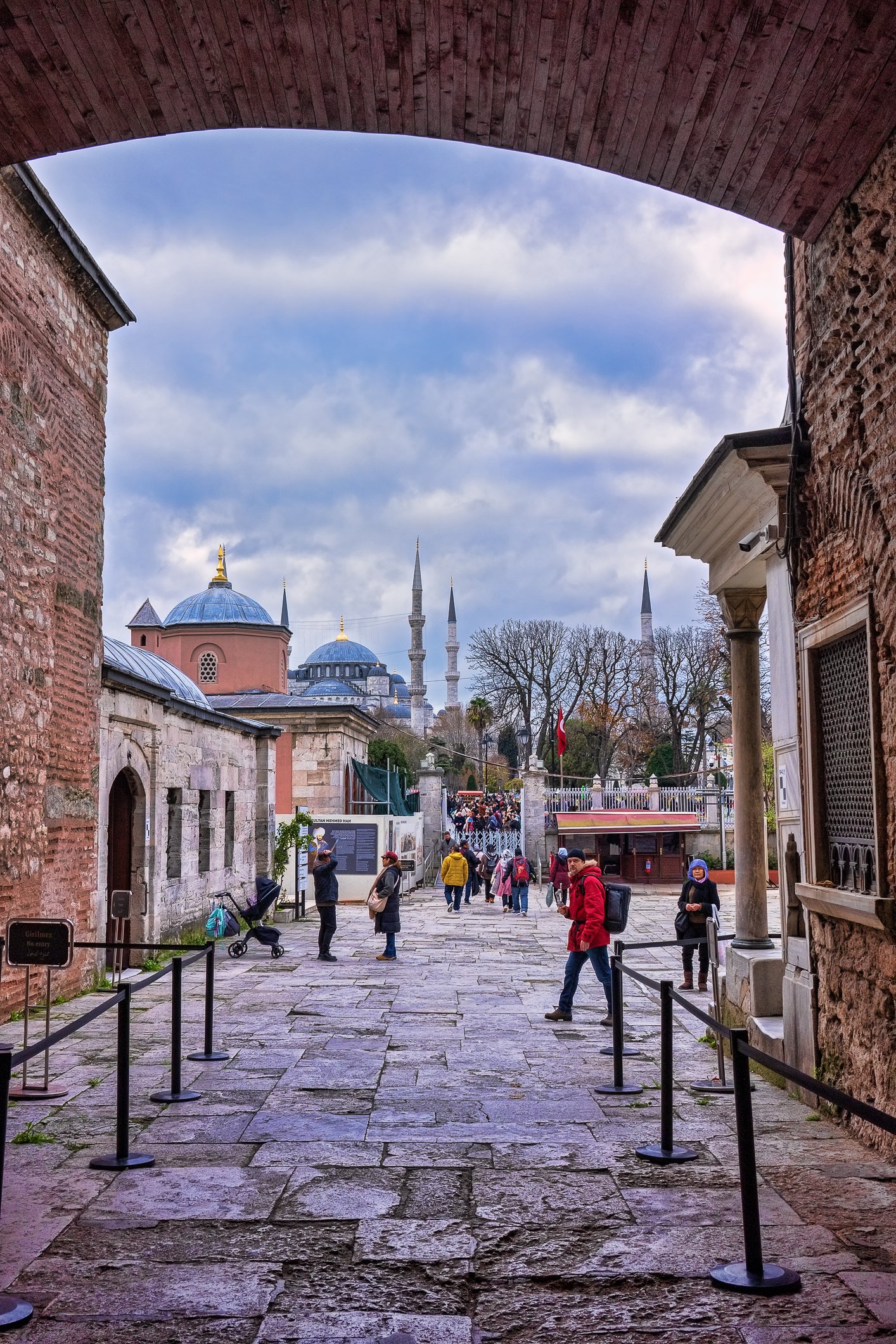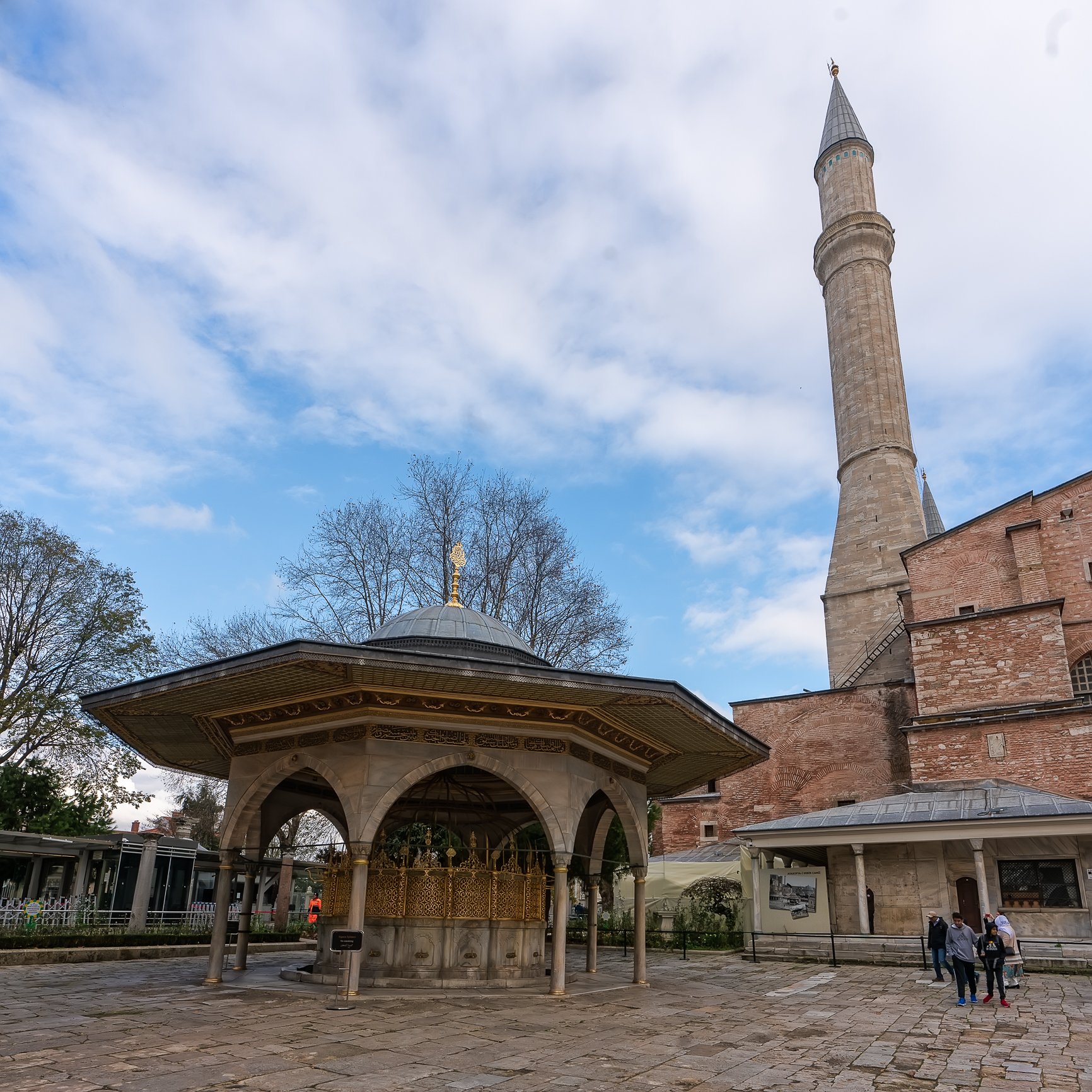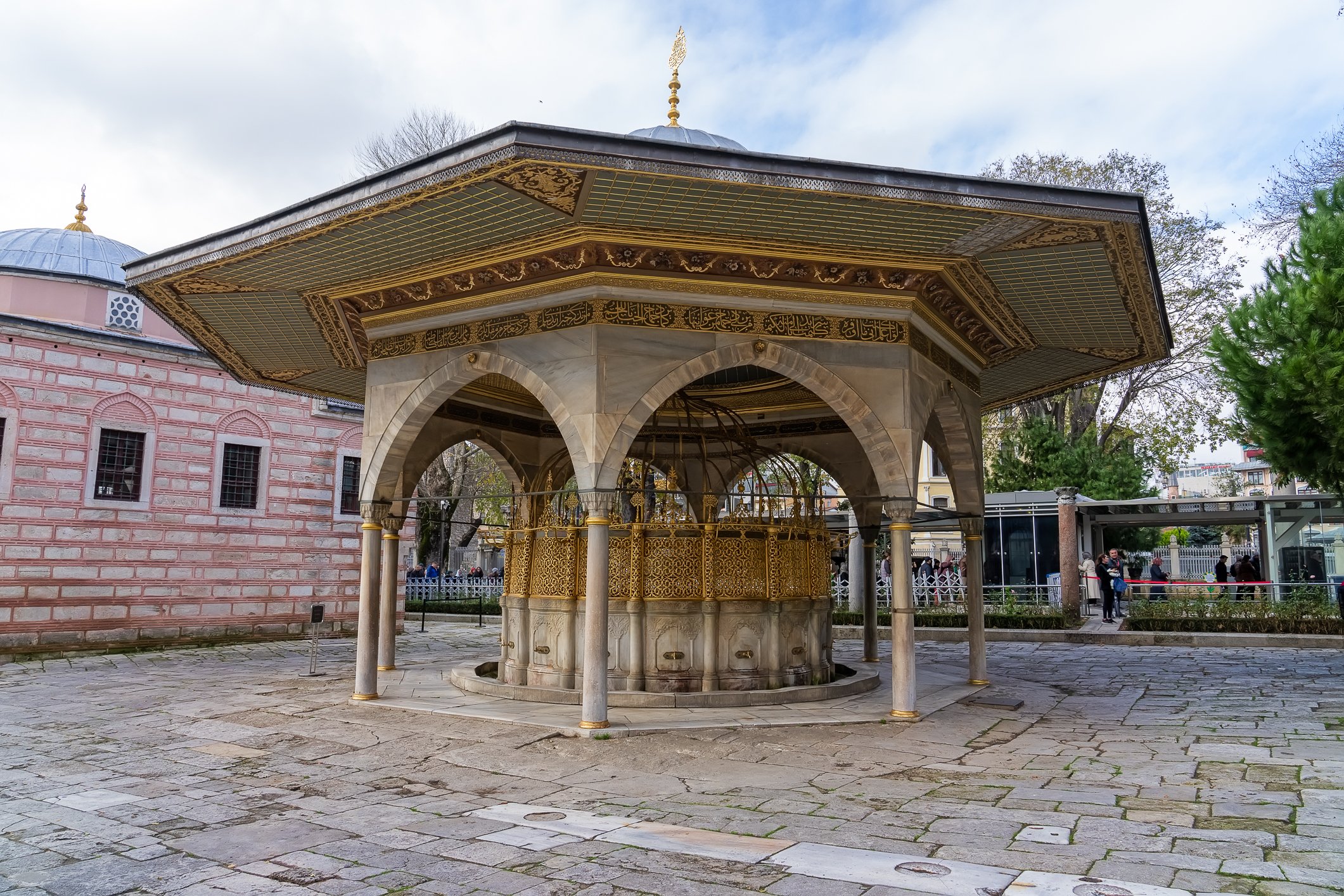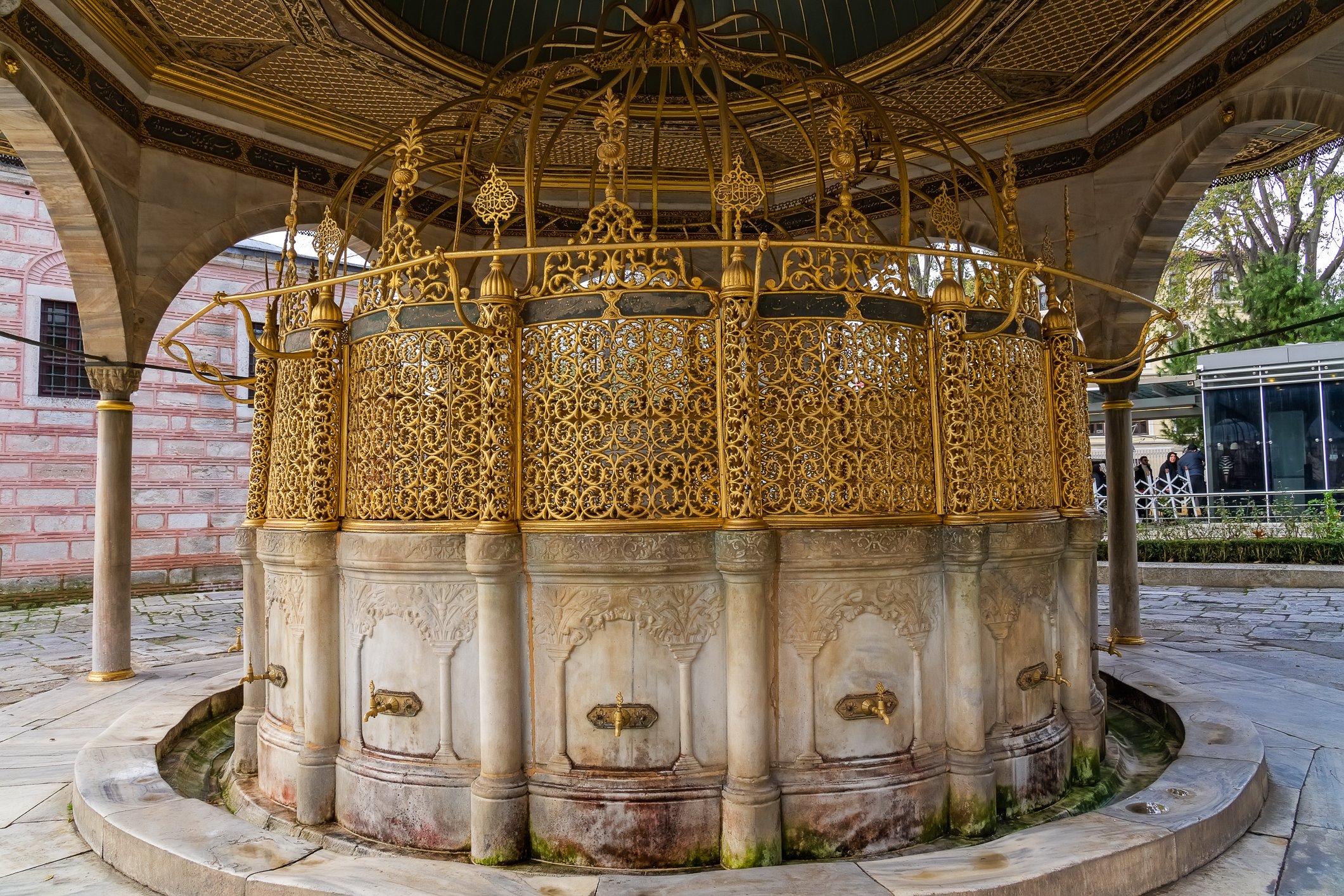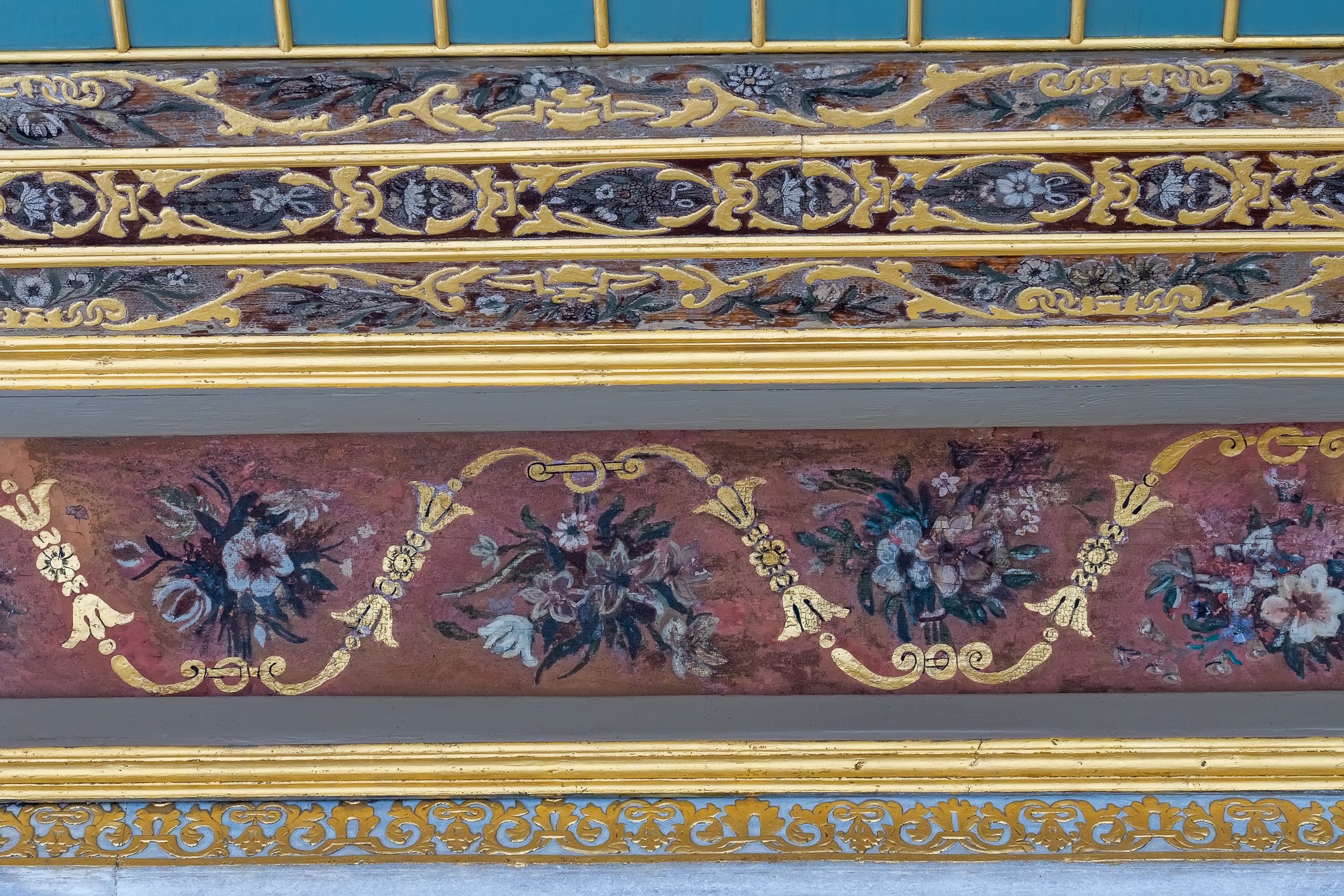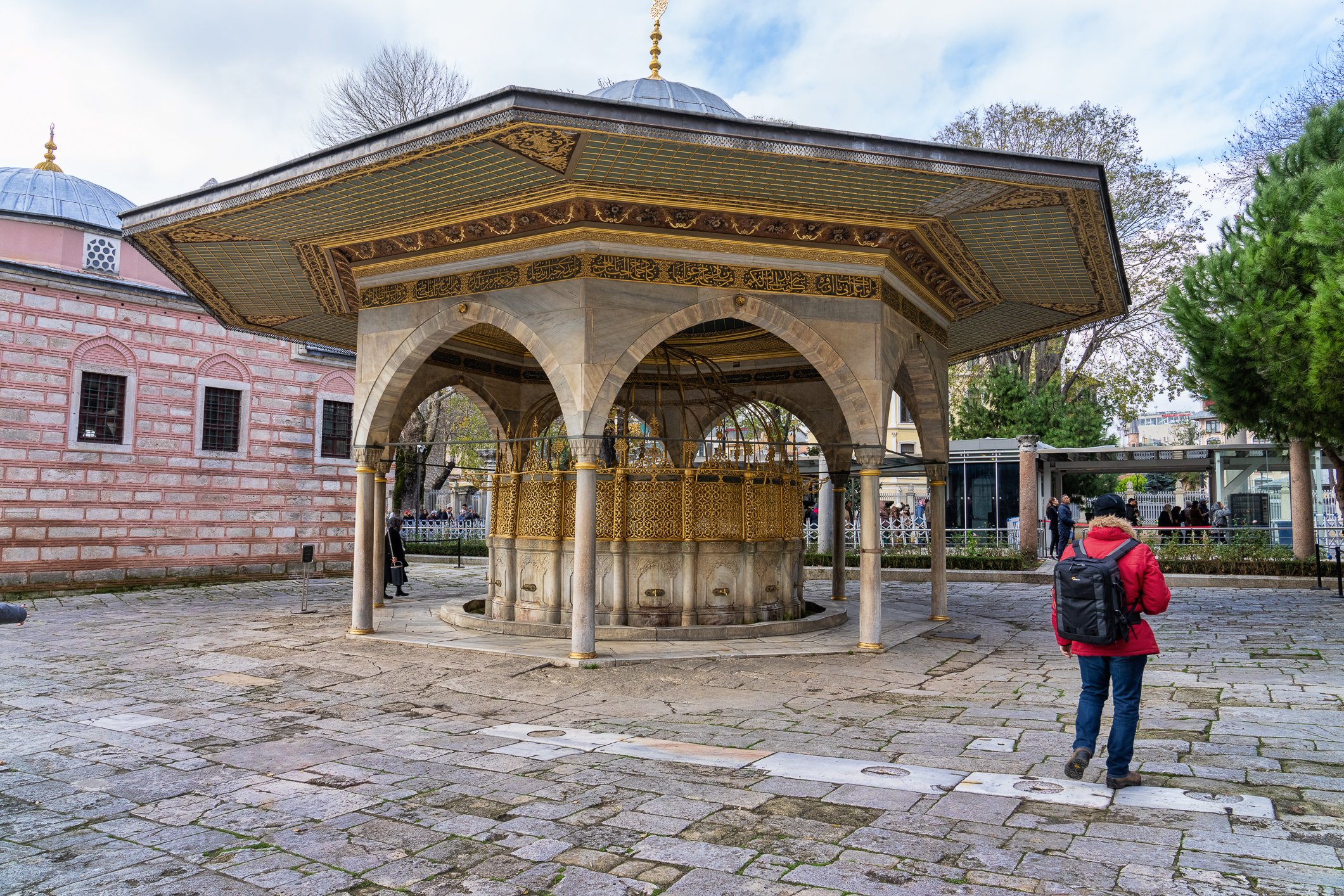Our path takes us now to the Kasbah Mosque, also known as the Moulay al-Yazid Mosque. This impressive structure was built way back in the late 12th century by a ruler named Yaqub al-Mansur. It’s nestled in the Kasbah district, right where the city’s old citadel once stood, not too far from the remnants of the royal palaces.
The mosque had its share of drama—back in the late 1500s, a massive explosion at a nearby gunpowder storage area really took a toll on it. Historians can’t pinpoint the exact date of that explosion, but they believe the repairs did a decent job of keeping the original Almohad design intact.
These days, the mosque is still active for prayers, and non-Muslims can’t go inside. But even from the outside, it’s pretty striking. The high walls topped with merlons set a grand tone, while large pointed horseshoe arches—some walled in and some framing gates—add to the character.
The minaret got a square base that measures about 8.8 meters on each side and it is split into two sections: a main body and a smaller lantern on top. The lower section is made of rough stone, but things get fancier as you get higher. Three narrow horseshoe arches sit atop each facade, topped by larger polylobed arches—think half-circles piled together. Façade above them features a wide interlacing sebka pattern (a common Maghrebi motif that roughly resembles palmettes or fleur-de-lys) sculpted in brick and filled-in with green faience. Towards the top, a large frieze of green and white geometric mosaic tiles wraps around the minaret, before finishing in a crown of merlons.
Kolejny punkt dzisiejszego programu to meczetu Kasbah, znany również jako meczet Moulay Al-Yazid. Ta imponująca struktura została zbudowana pod koniec XII wieku przez władcę Yaqub al-Mansur. Meczet położony jest w dzielnicy Kasbah, w miejscu, w którym kiedyś stała stara cytadela miasta, nie za daleko od pałaców, które oglądaliśmy dzisiaj i wczoraj.
W XVI wieku ogromna eksplozja w pobliskim magazynie prochu (historycy nie mogą określić dokładnej daty tej eksplozji) uszkodziła znacząco meczet Kasbah, ale odbudowano go utrzymując głównie oryginalny projekt.
Obecnie meczet jest nadal aktywny i niemuzułmanie nie mogą wejść do środka. Ale nawet z zewnątrz jest to budowla robiąca duże wrażenie. Wysokie ściany zwieńczone są merlonami. Minaret ma kwadratową podstawę, która z każdej strony mierzy około 8,8 metra i jest podzielona na dwie sekcje: główny korpus i mniejszą latarnię na górze. Dolna sekcja jest wykonana z szorstkiego kamienia, ale im wyżej, tym się robi ciekawiej. Na poziomie dachu trzy wąskie podkowy zdobią każdą stronę fasady, zwieńczone większymi łukami. Fasada nad nimi ma szeroki, przeplatający się wzór znany jako „sebka” (powszechny motyw Maghrebi, który z grubsza przypomina palmetki lub fleur-de-lys) z rzeźbionej cegły wypełnionej zieloną ceramiką. Jeszcze wyżej duży fryz zielonych i białych geometrycznych płytek mozaiki owija się wokół minaretu, sięgając aż do merlonów.
After soaking in some of that history, we needed a break from the heat—43 degrees outside! We ducked into the Zeitoun café right across from the mosque. What a lifesaver! They keep things cool with regular mists of water, and honestly, it felt like paradise. We grabbed a couple of refreshing juices and treated ourselves to some ice cream. Can’t beat that combo on a sweltering day!
Po obejściu meczetu potrzebowaliśmy znowu uciec na chwilę od skwaru - na zewnątrz jest jakby nie bylo 43 stopnie! Weszliśmy zatem do kawiarni Zeitoun naprzeciwko meczetu. Taras kafejki cały czas jest zraszany mgiełką wodną a wnętrze jest utrzymywane w relatywnym chłodzie. Uczucie jest boskie. Pochłonęliśmy kilka orzeźwiających soków i poprawiliśmy lodami. Teraz możemy iść dalej. Najlepiej do kolejnej kafejki.




















